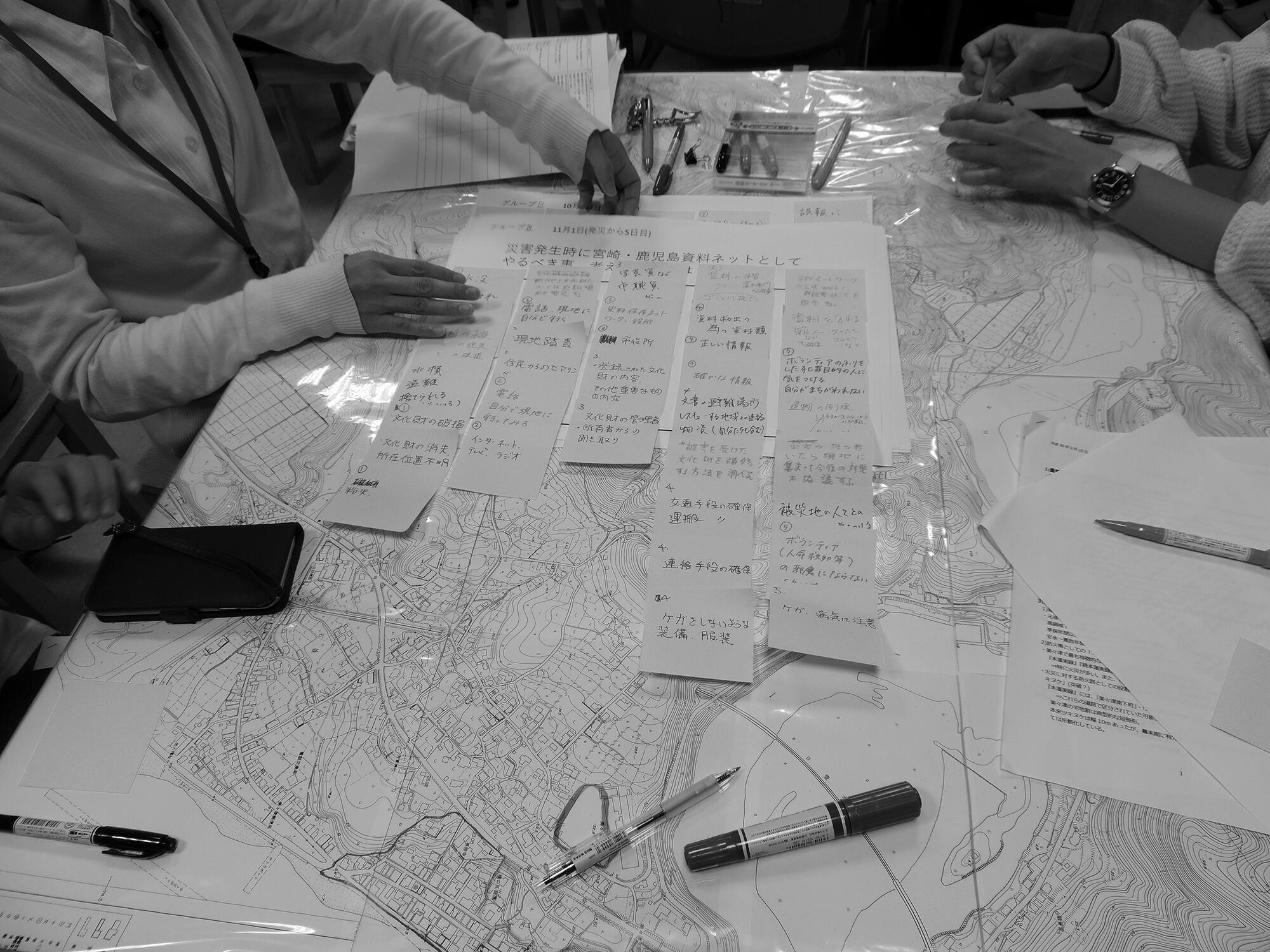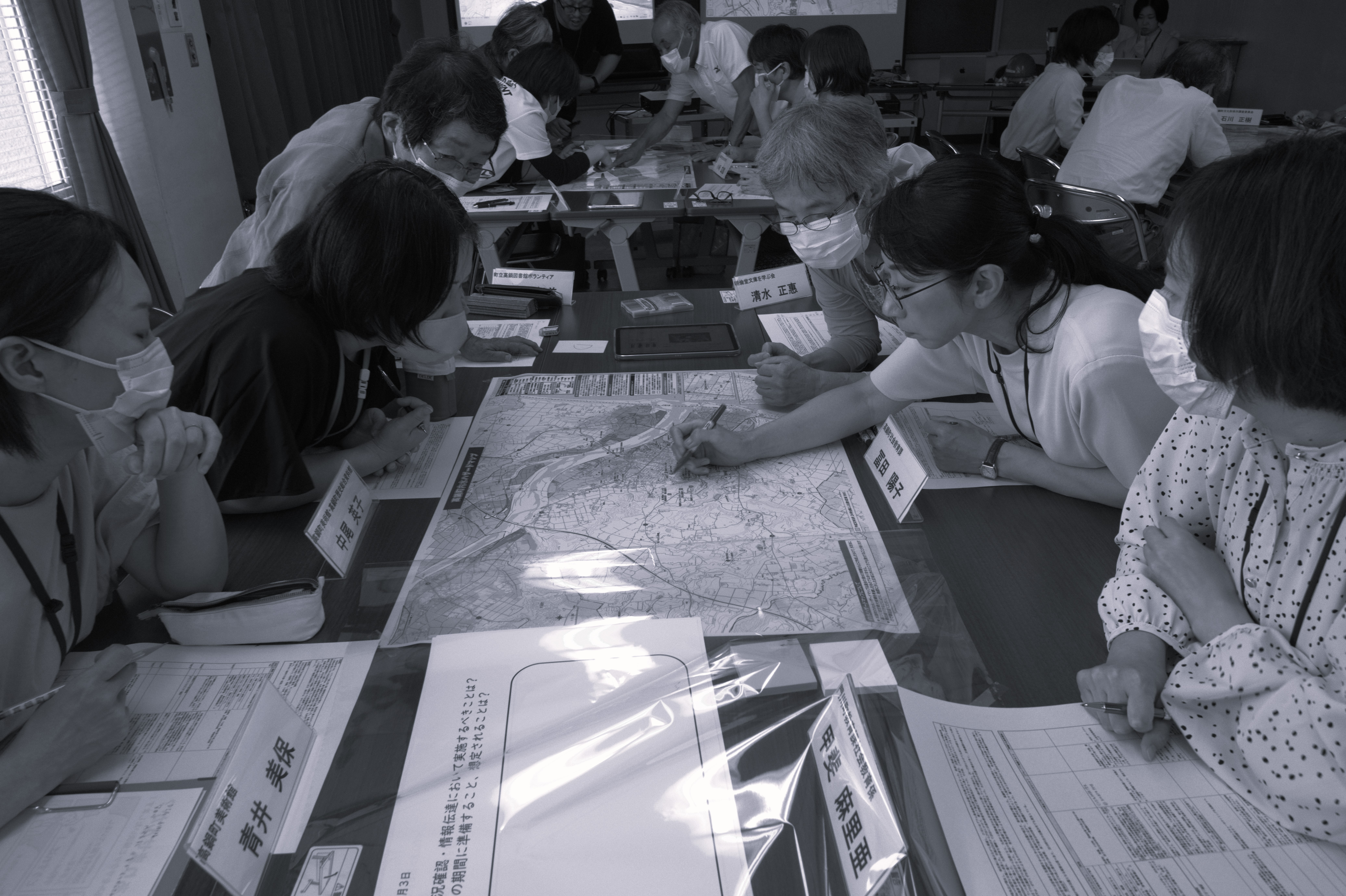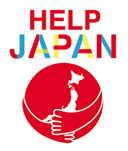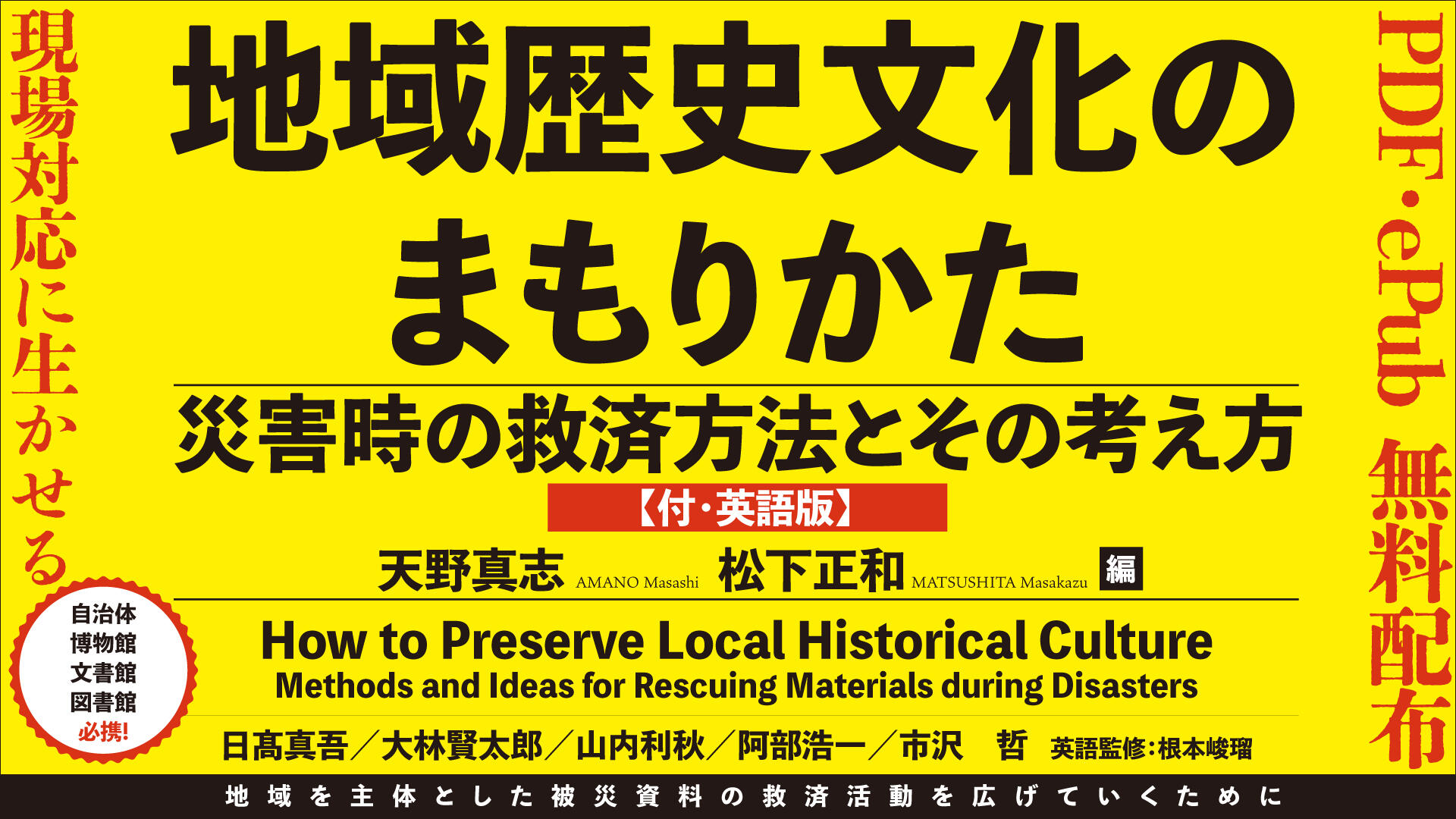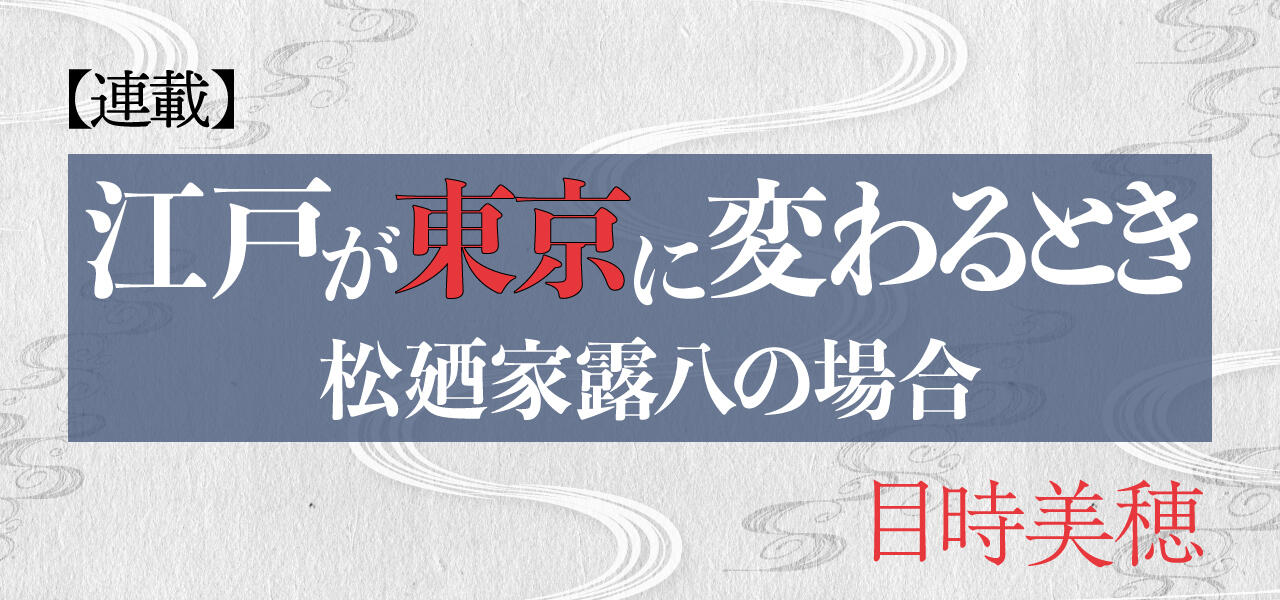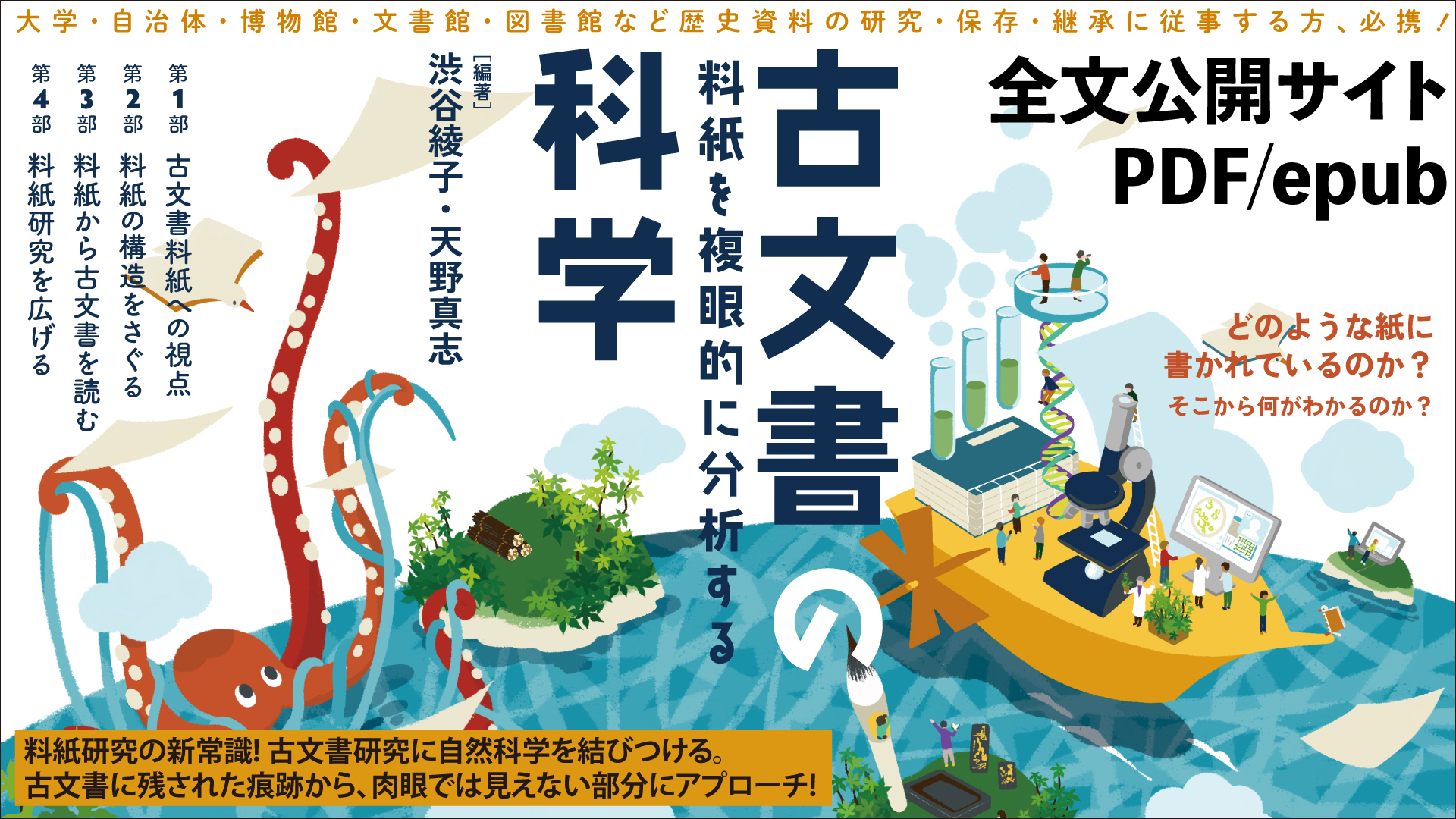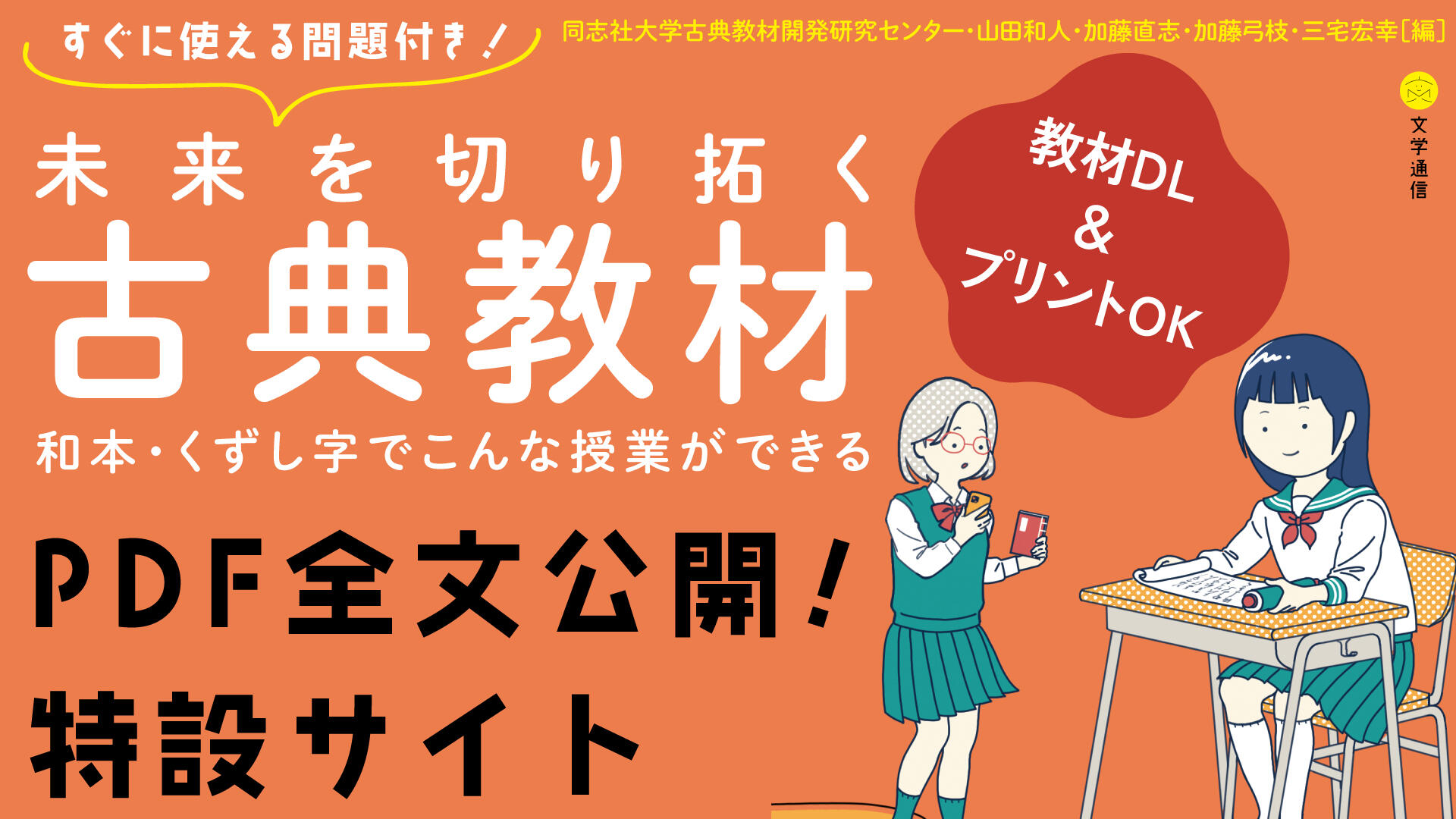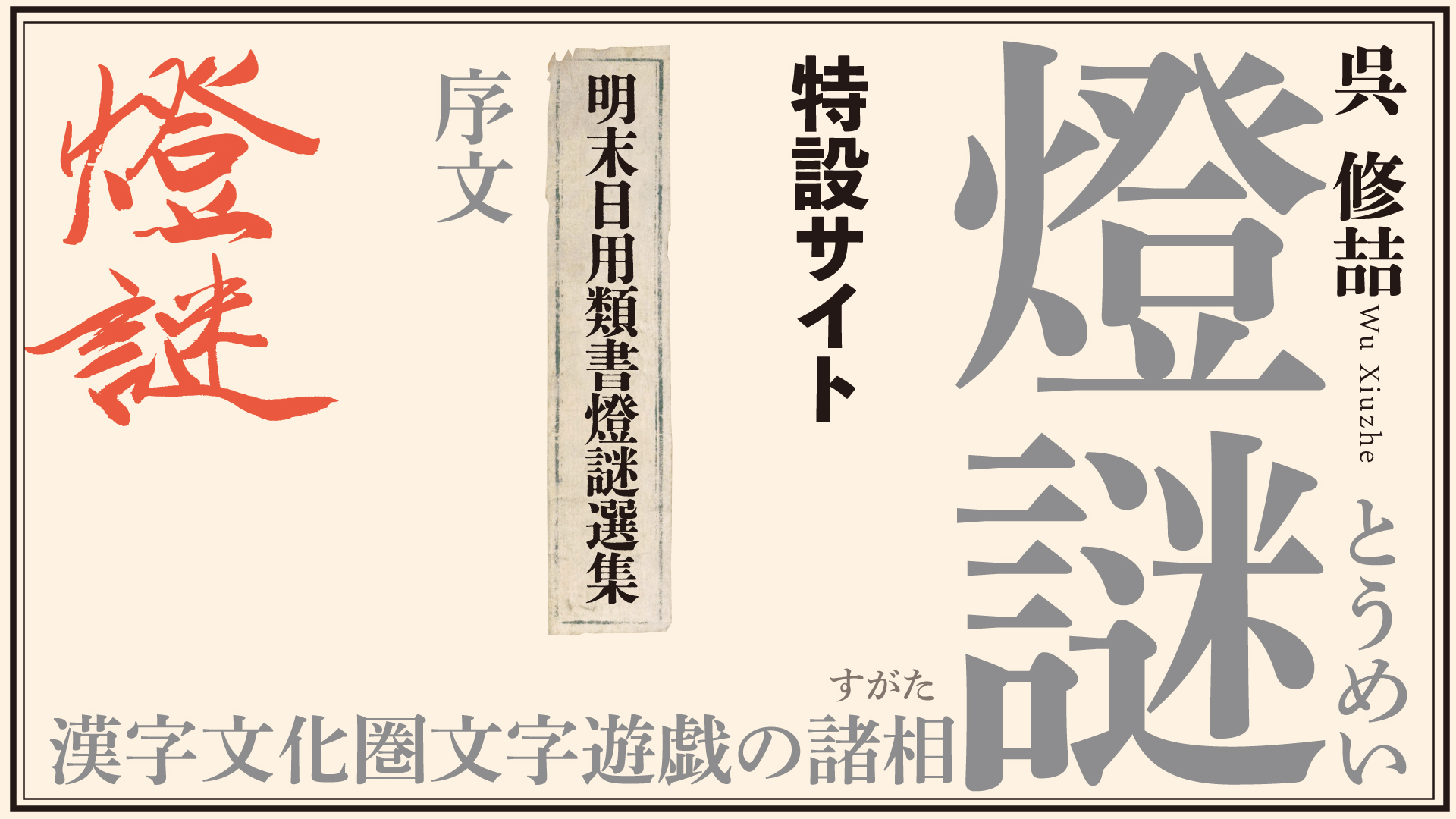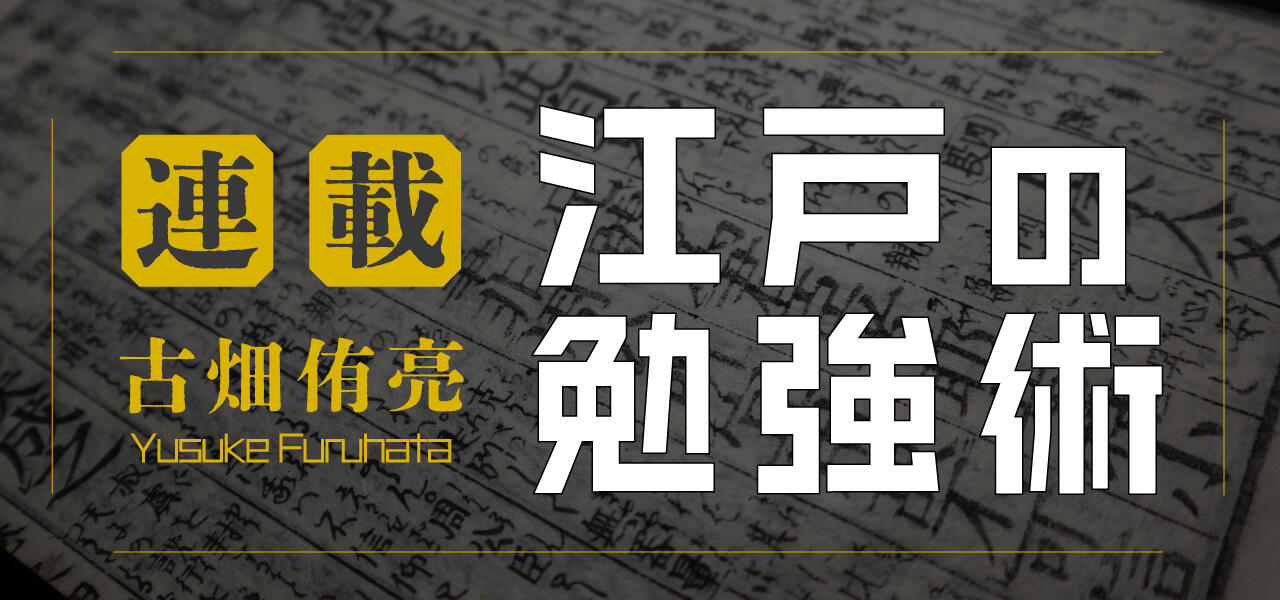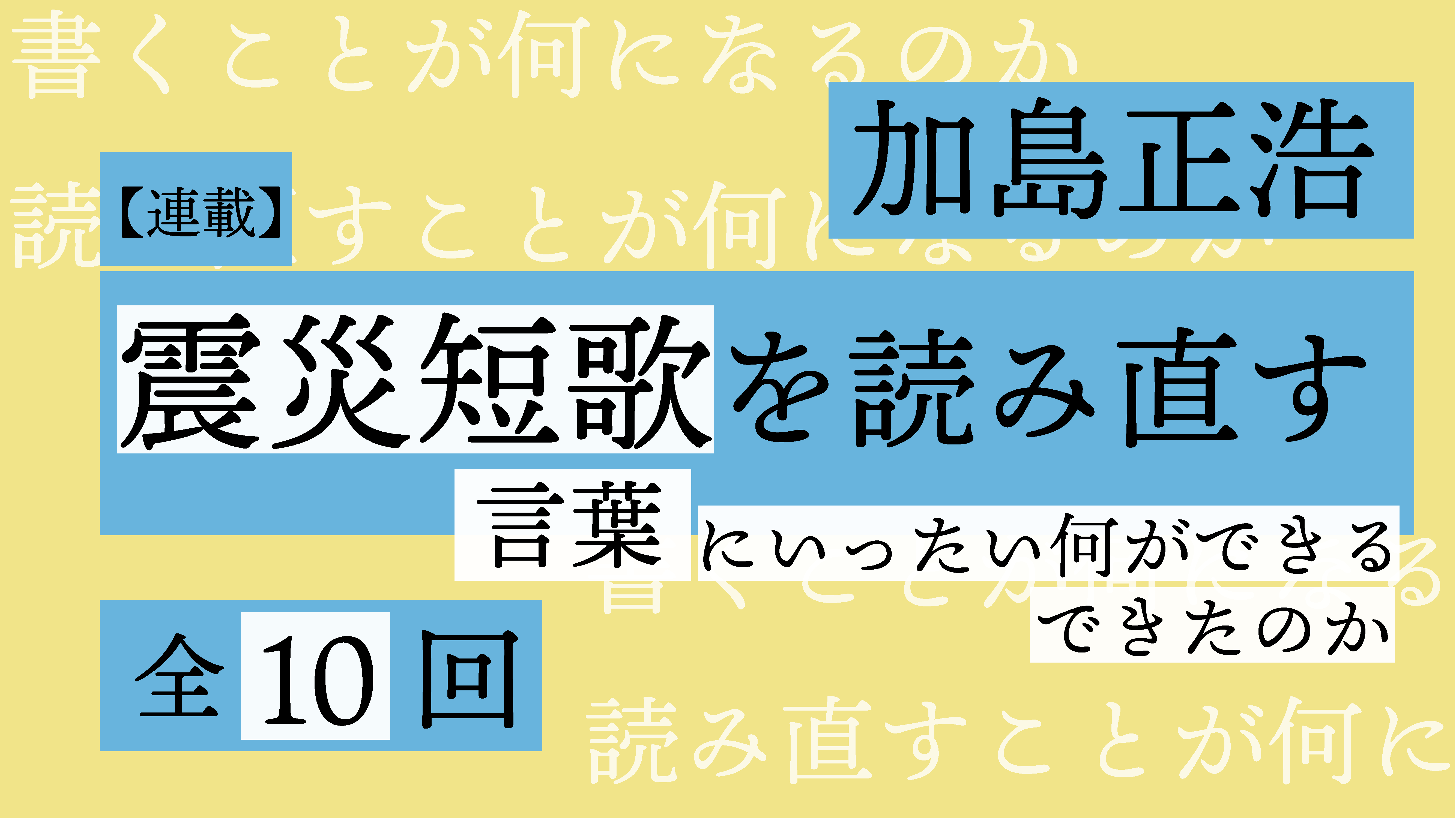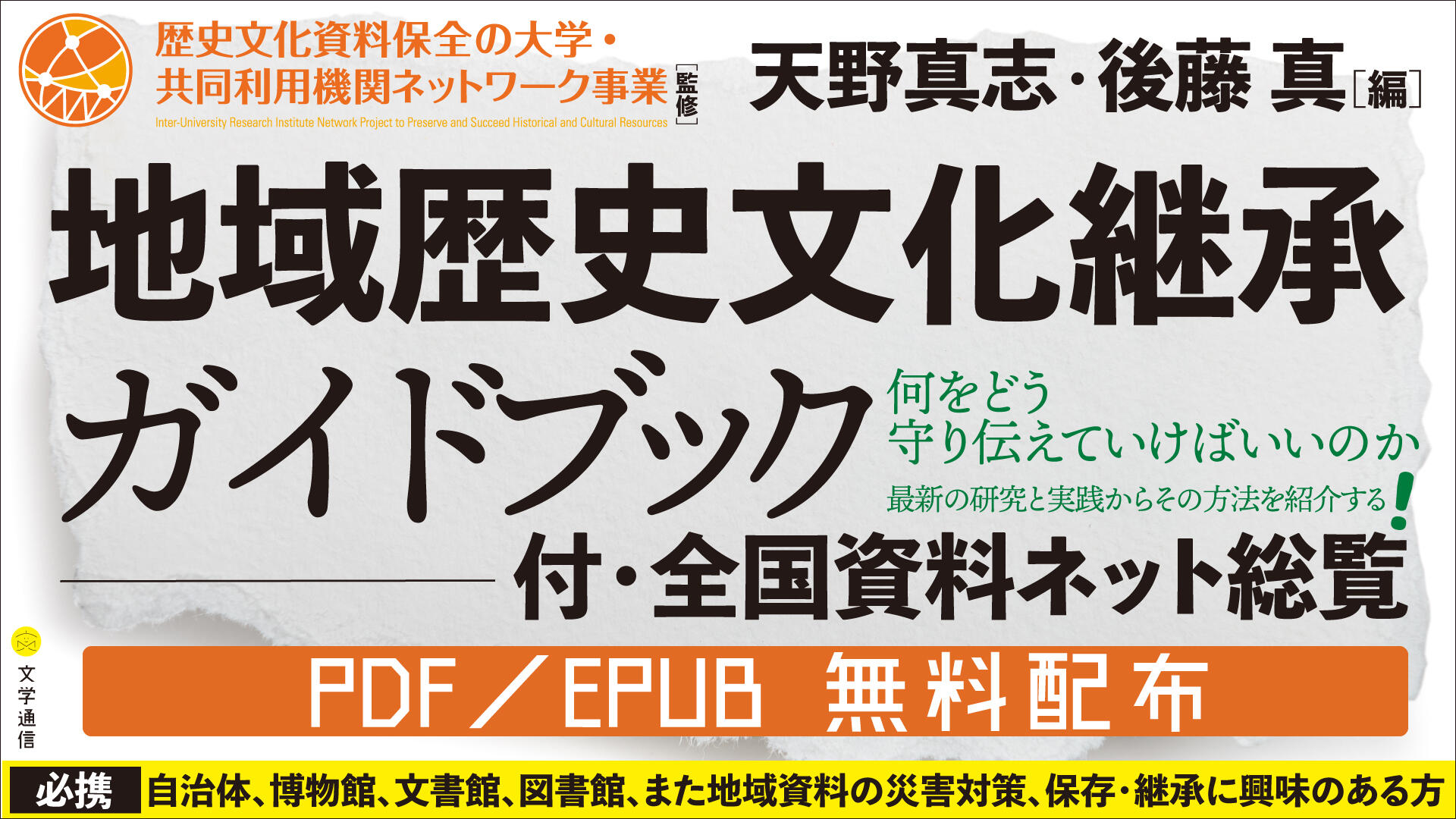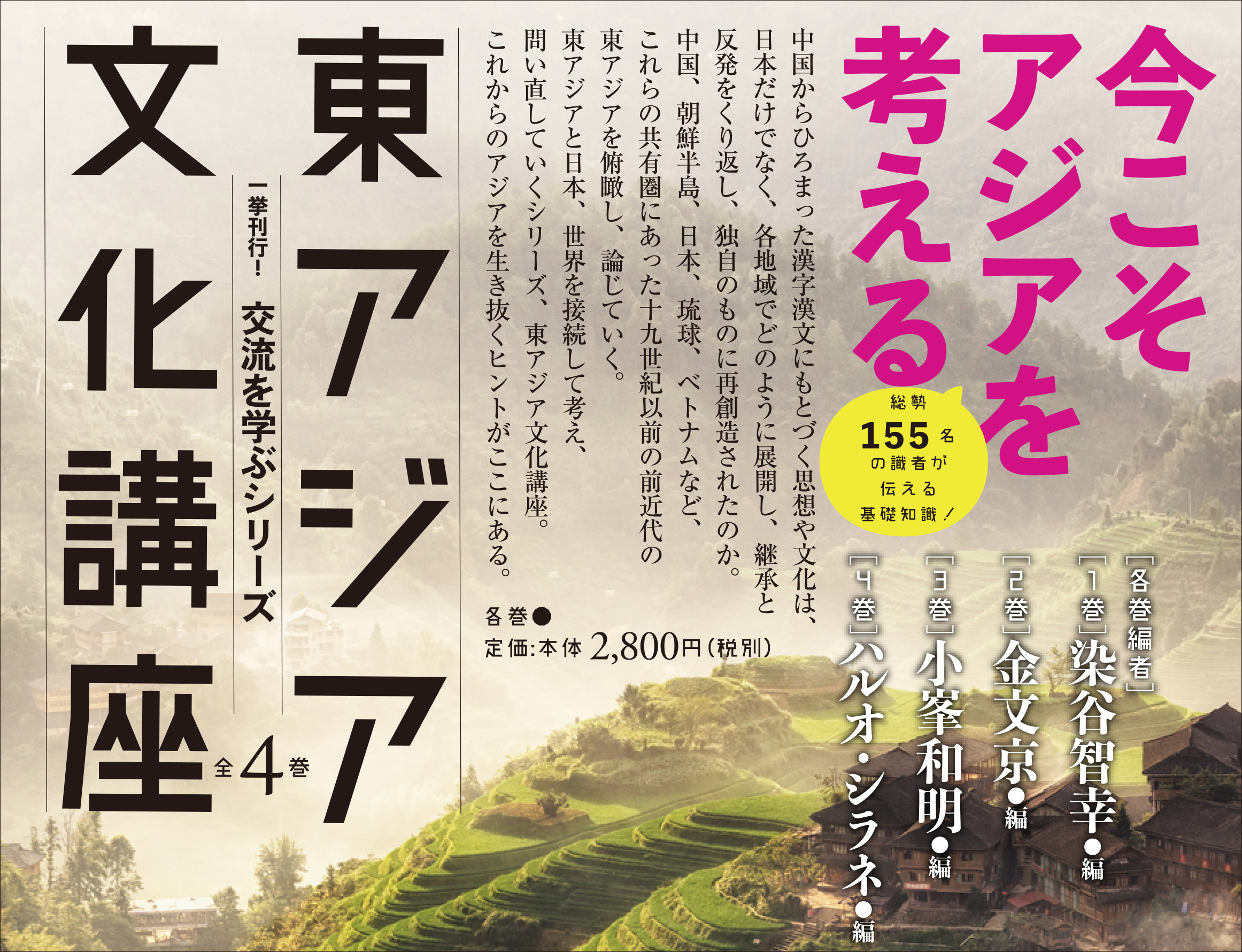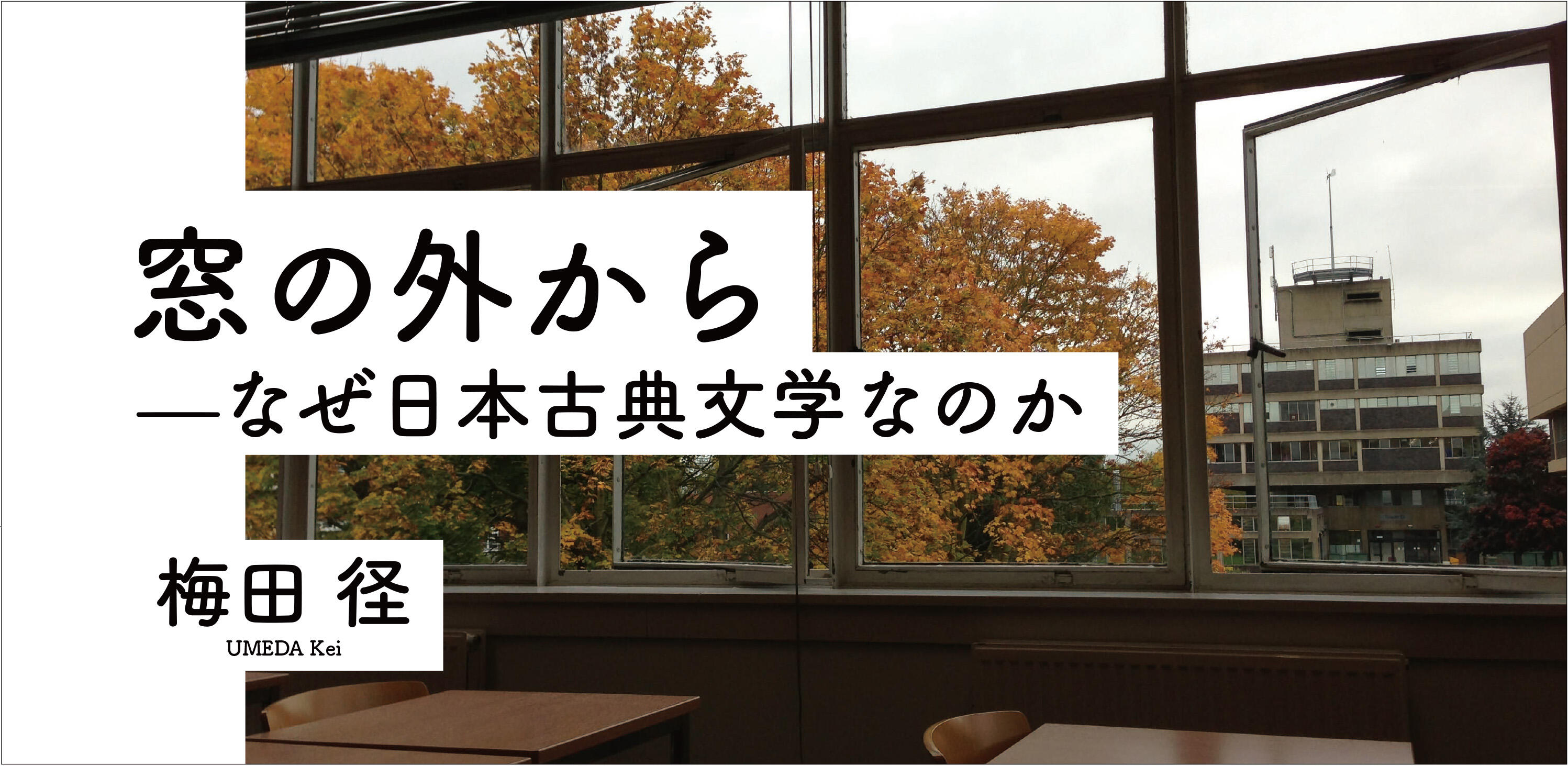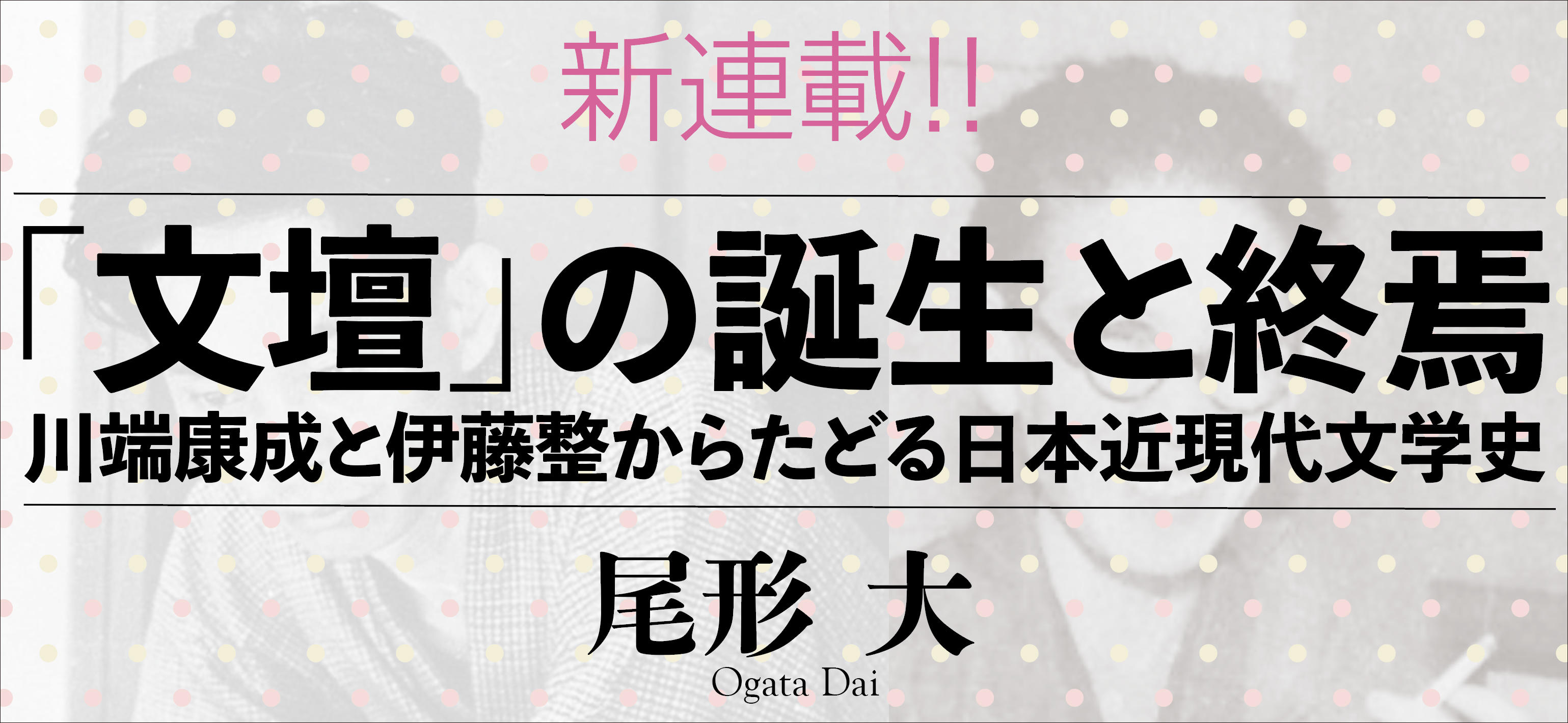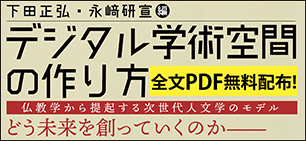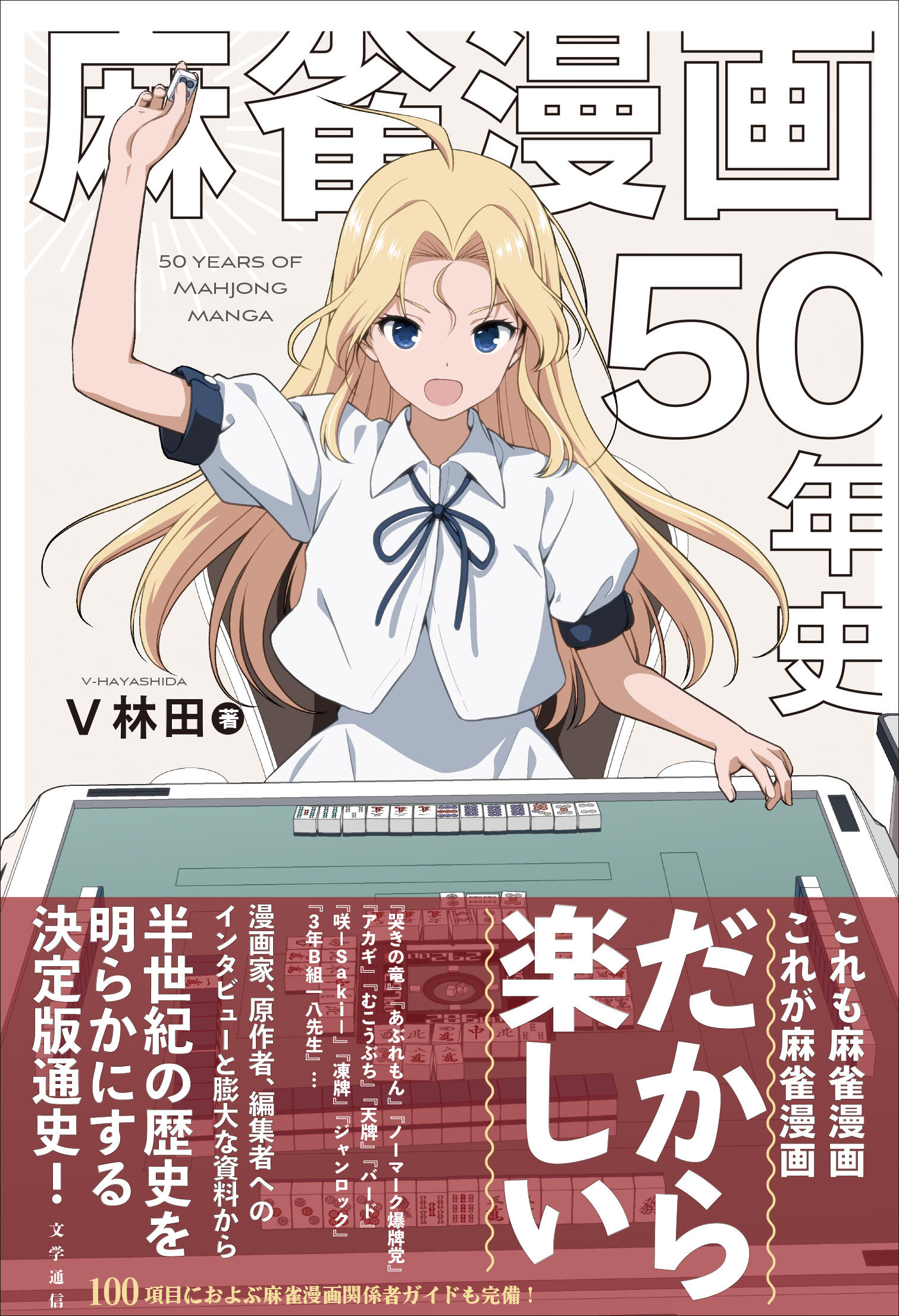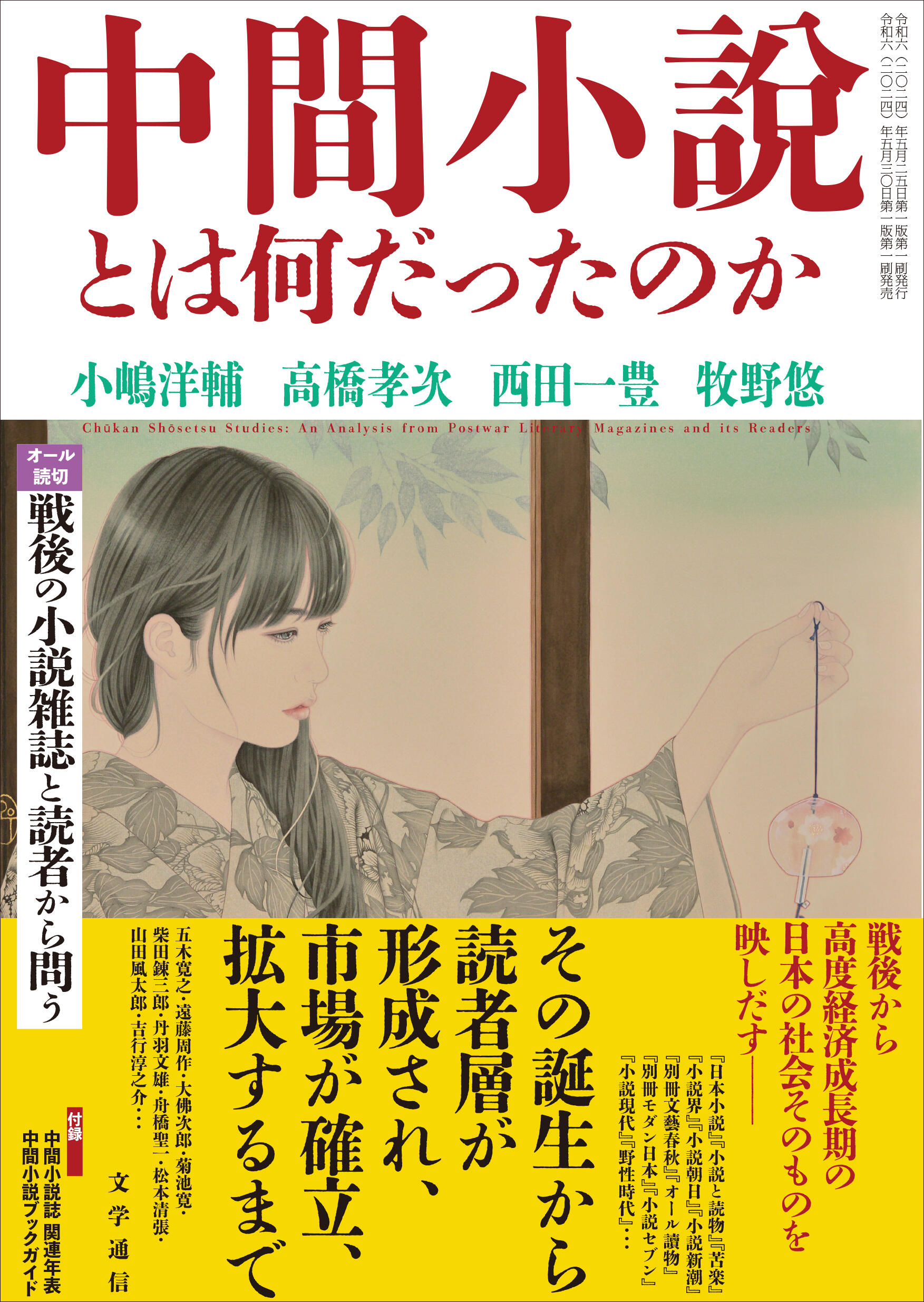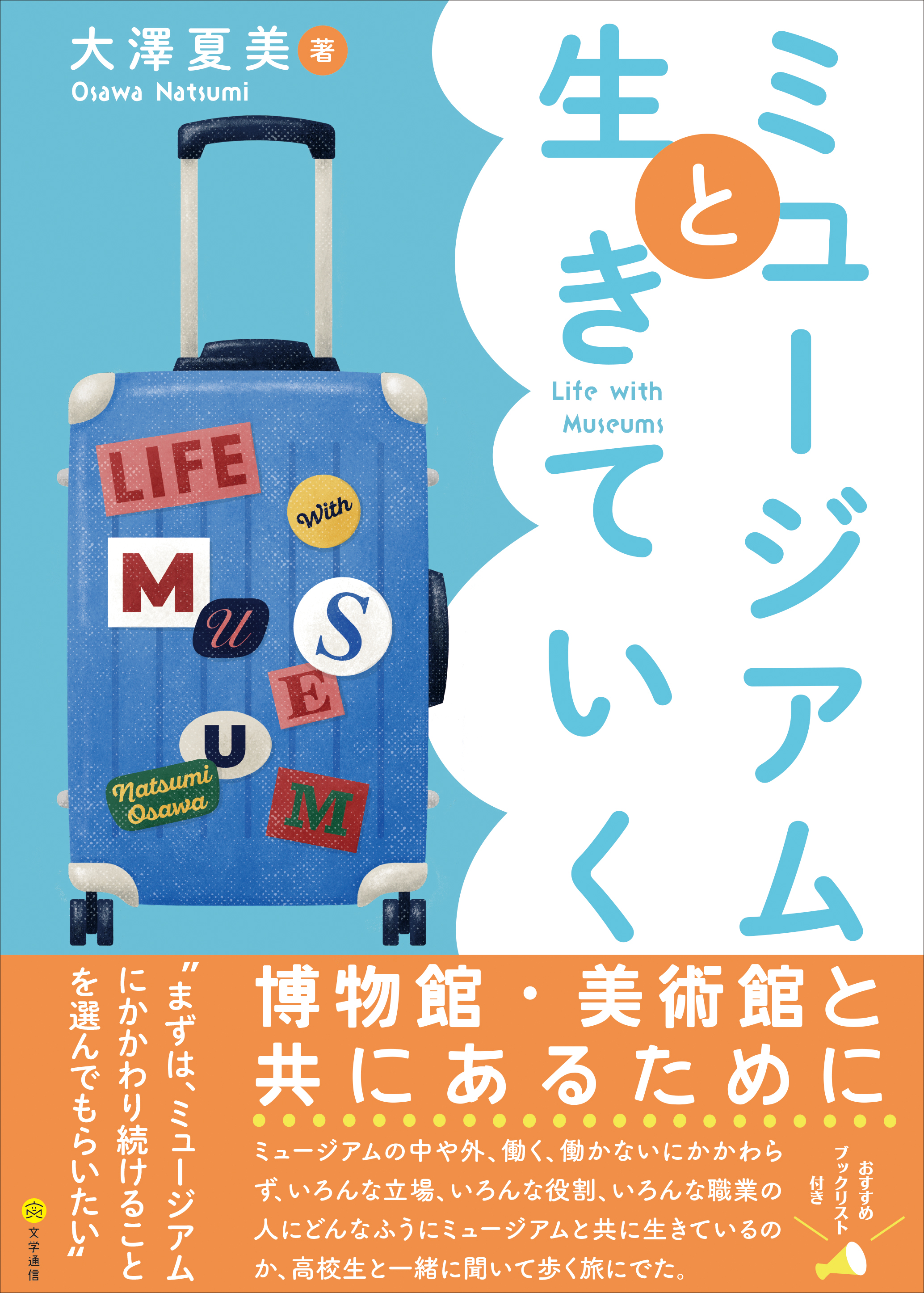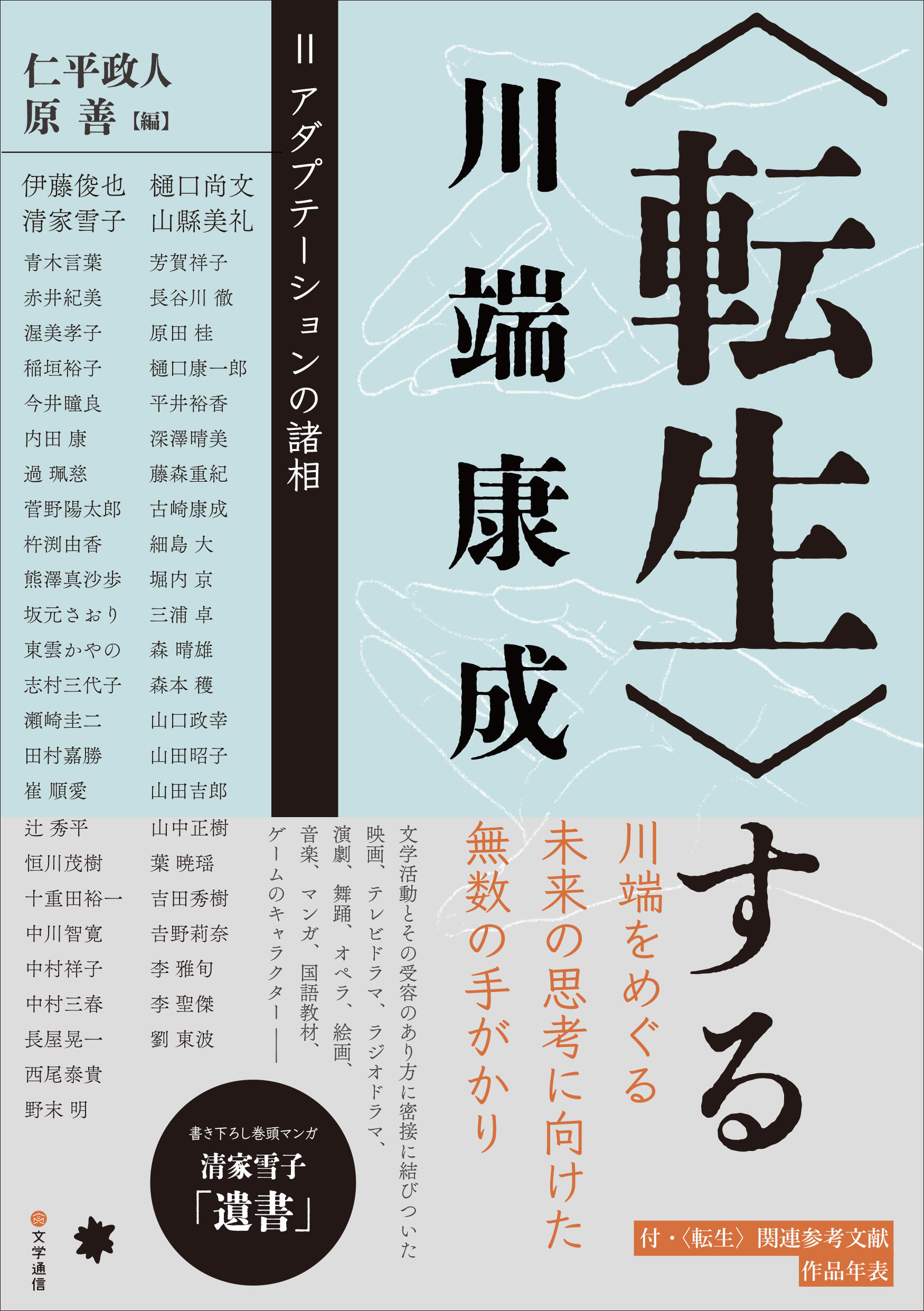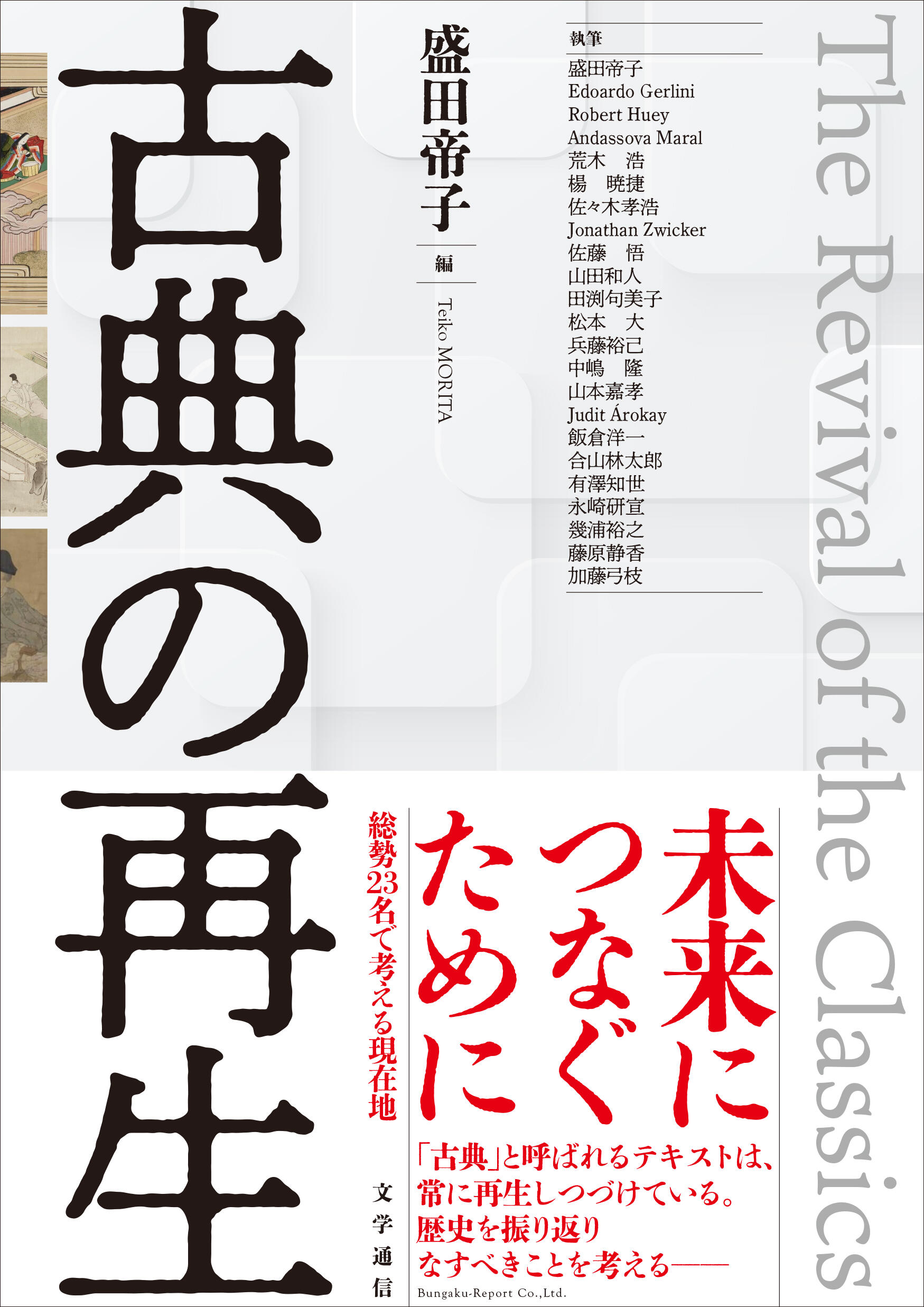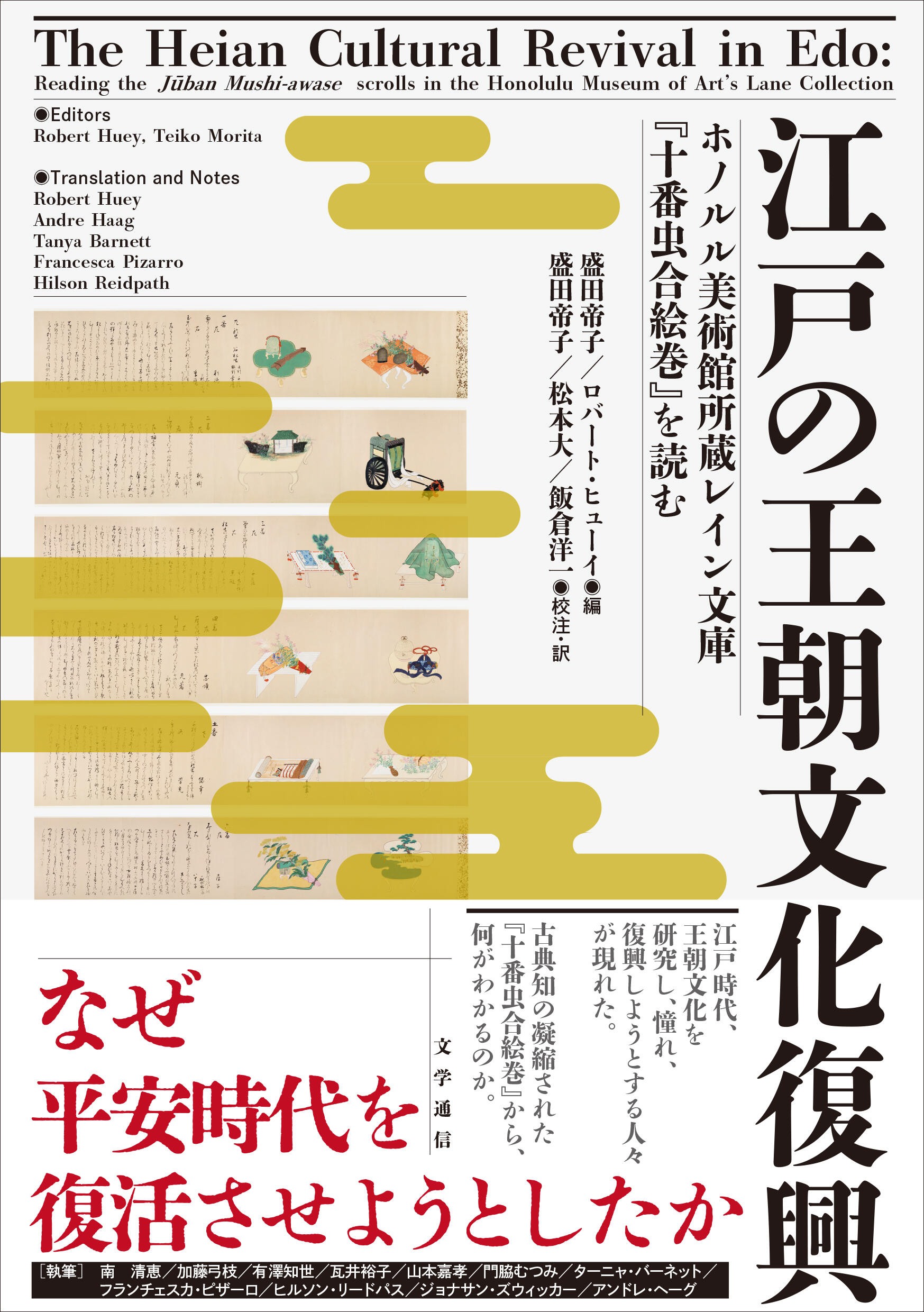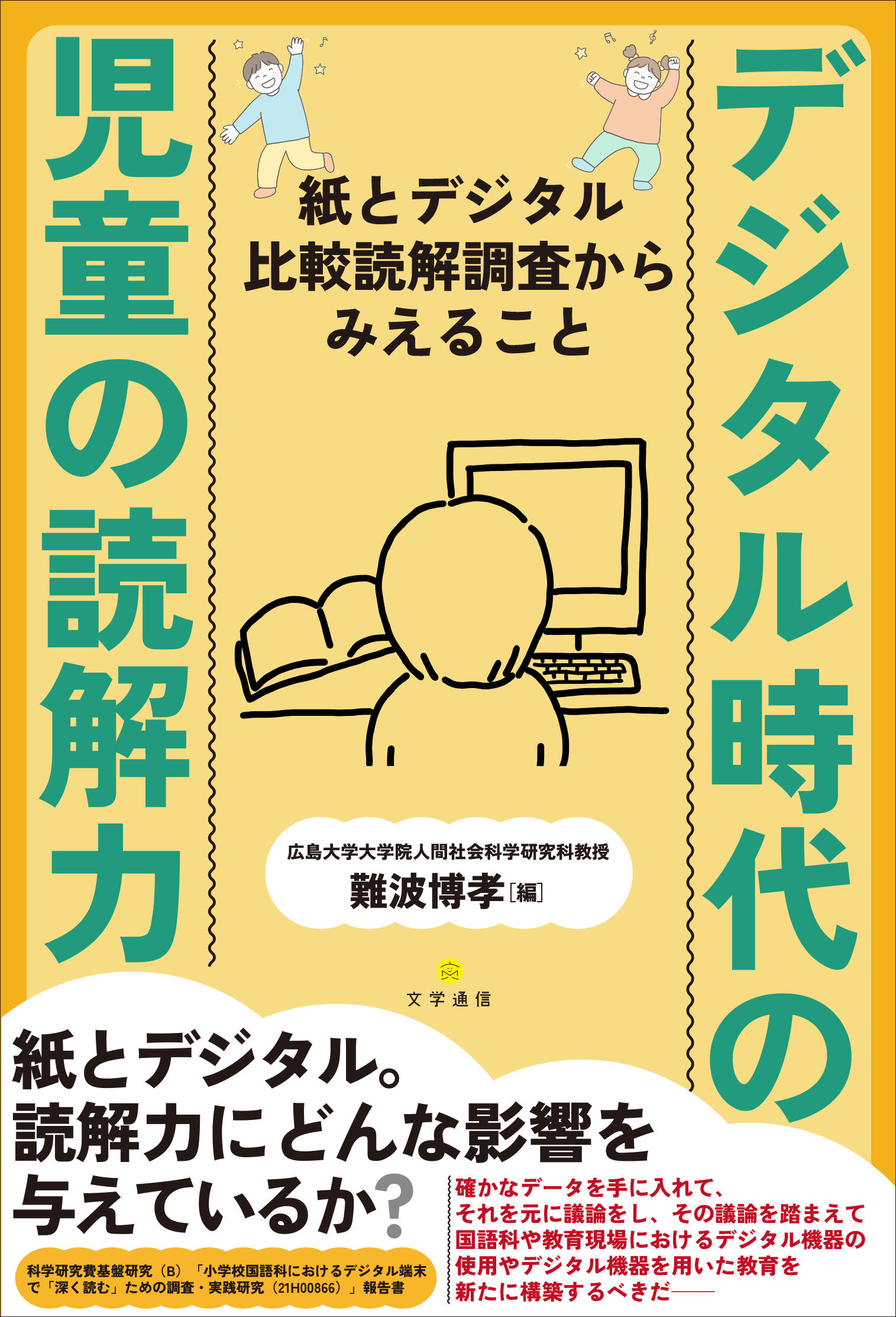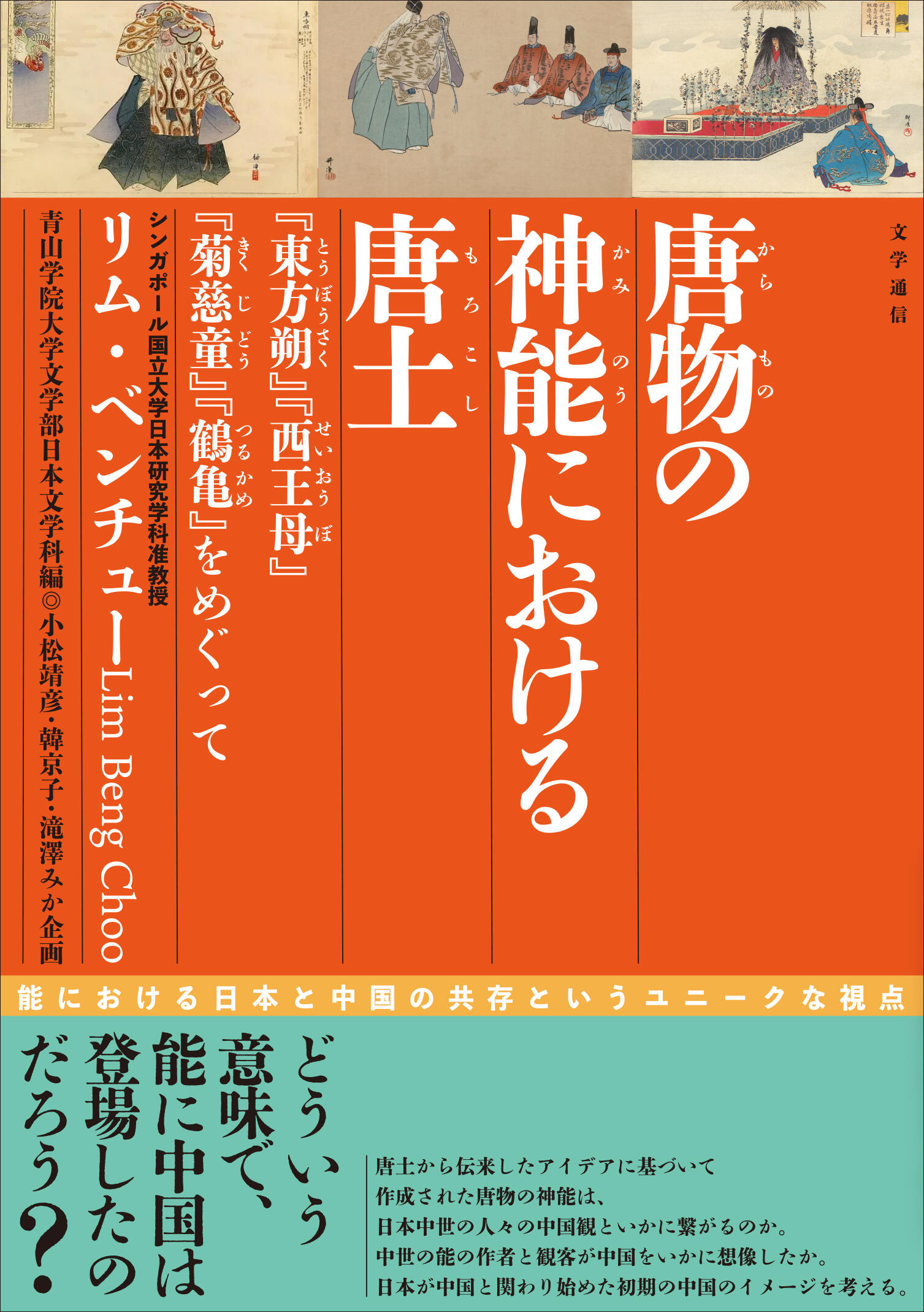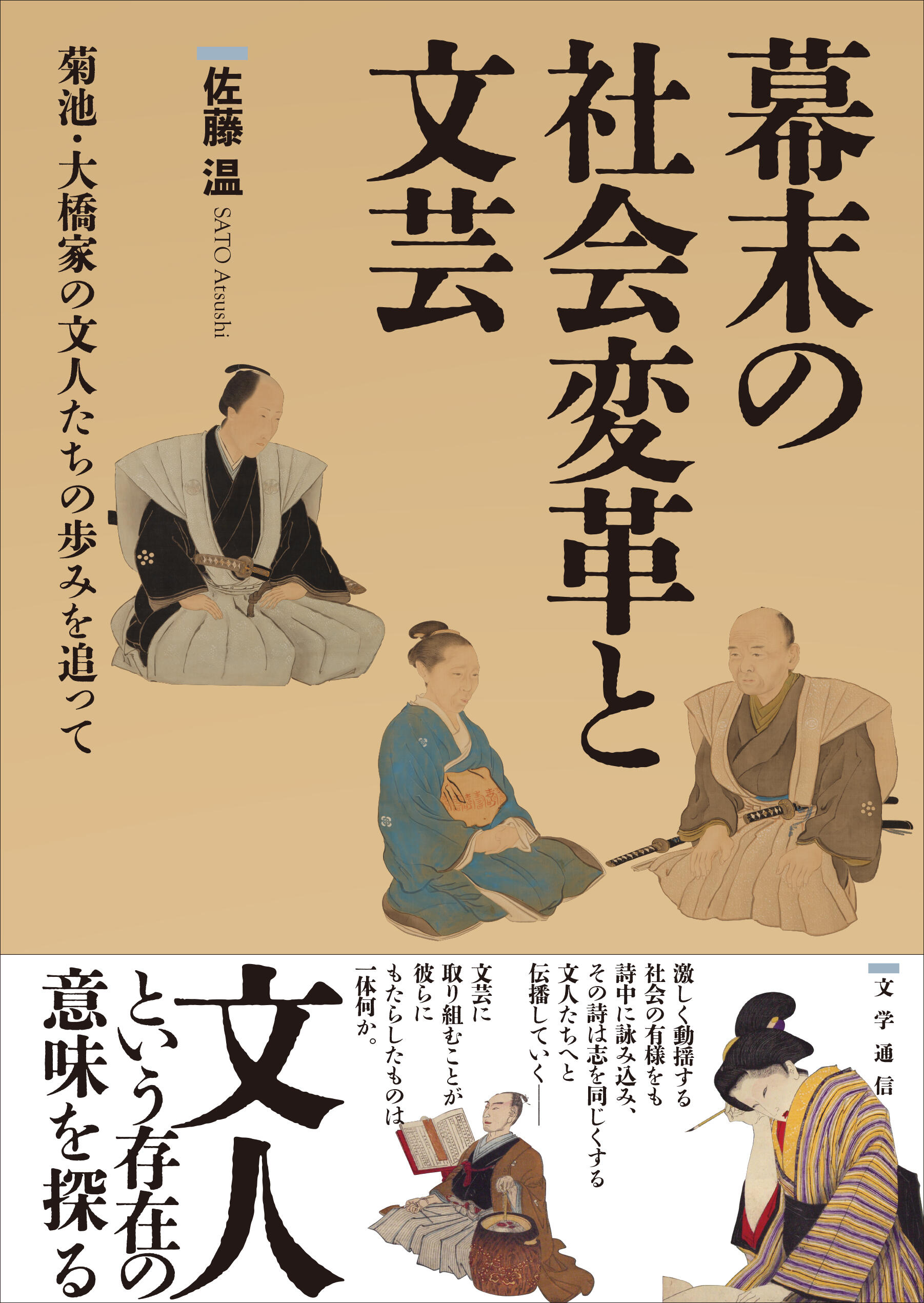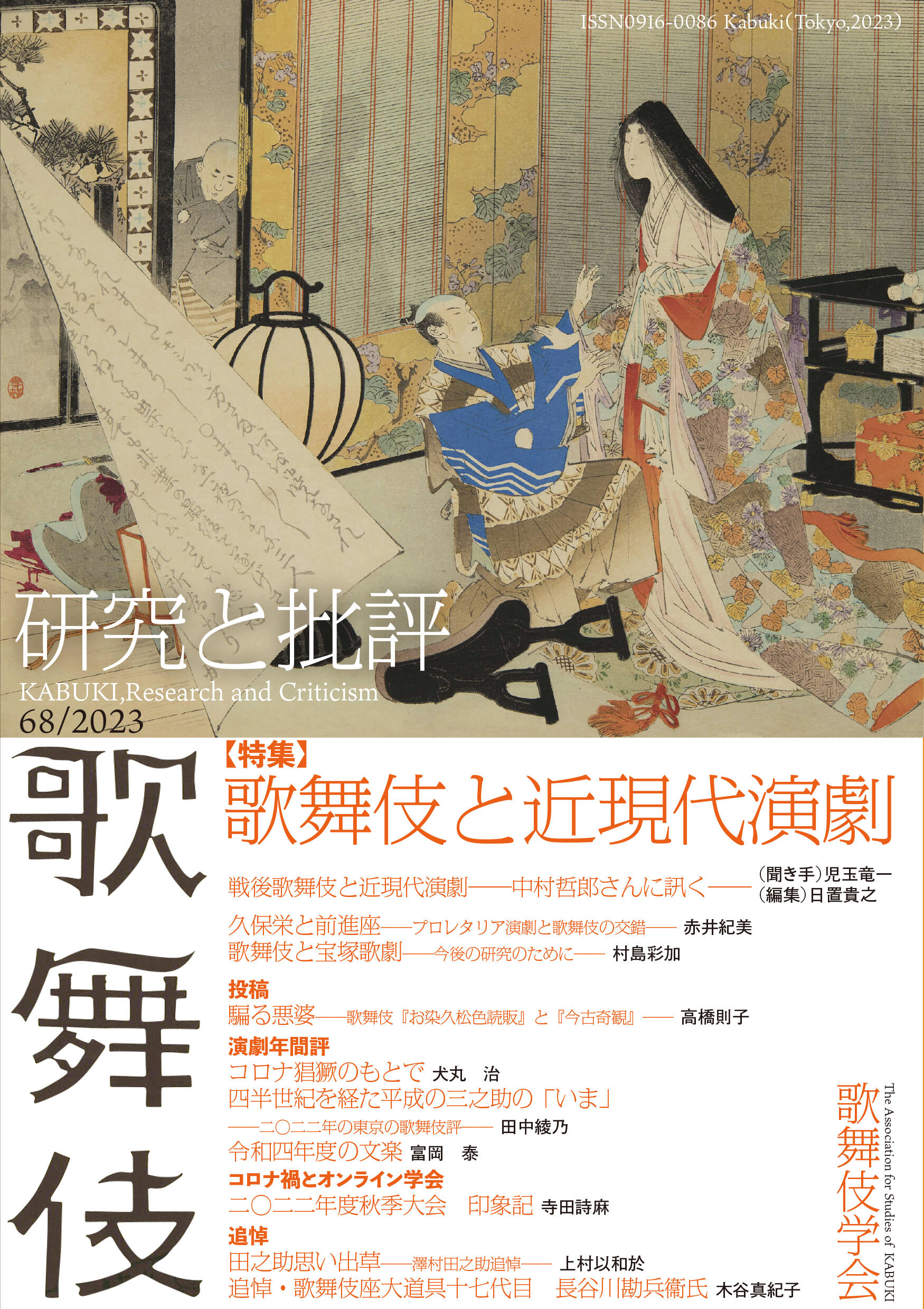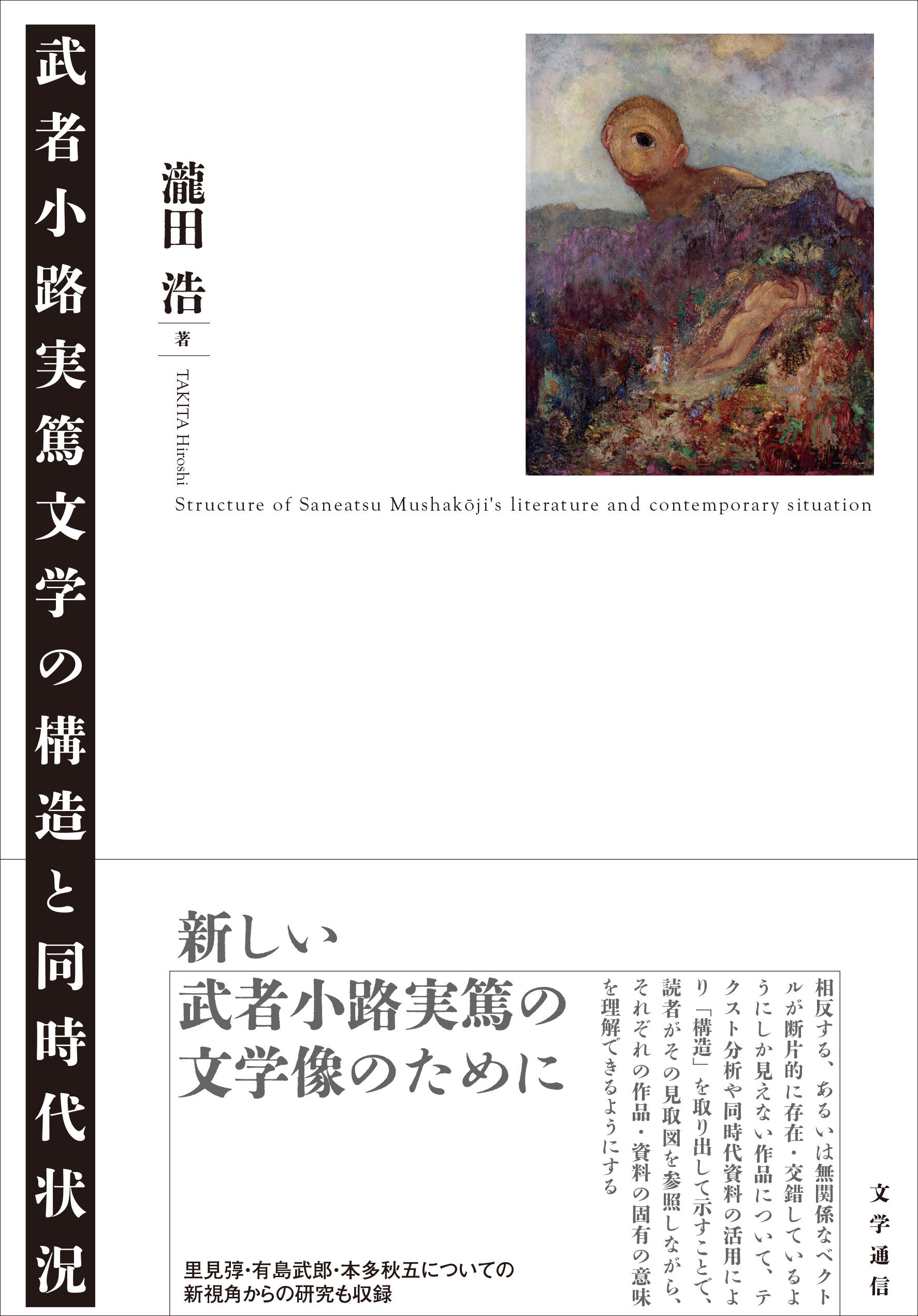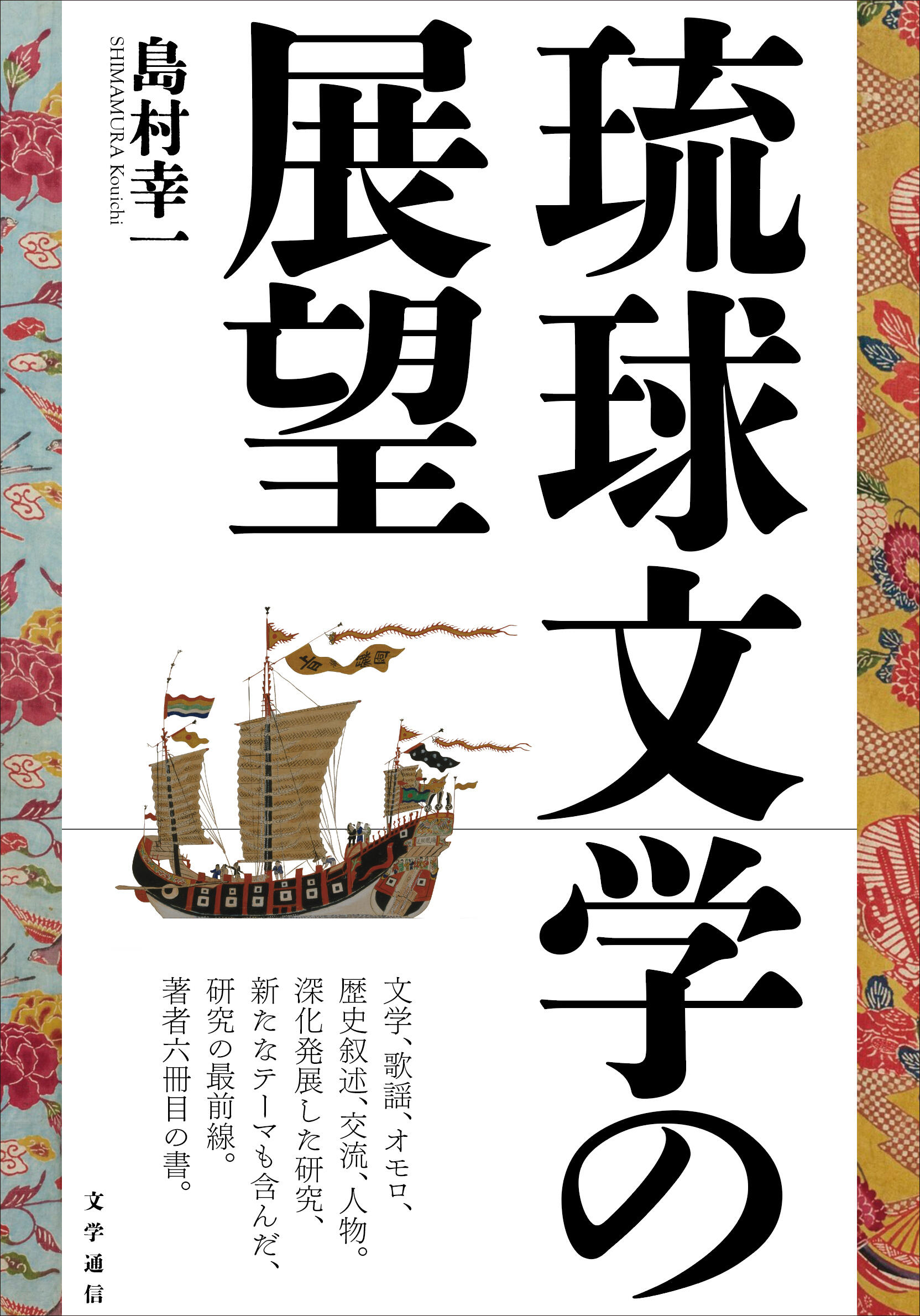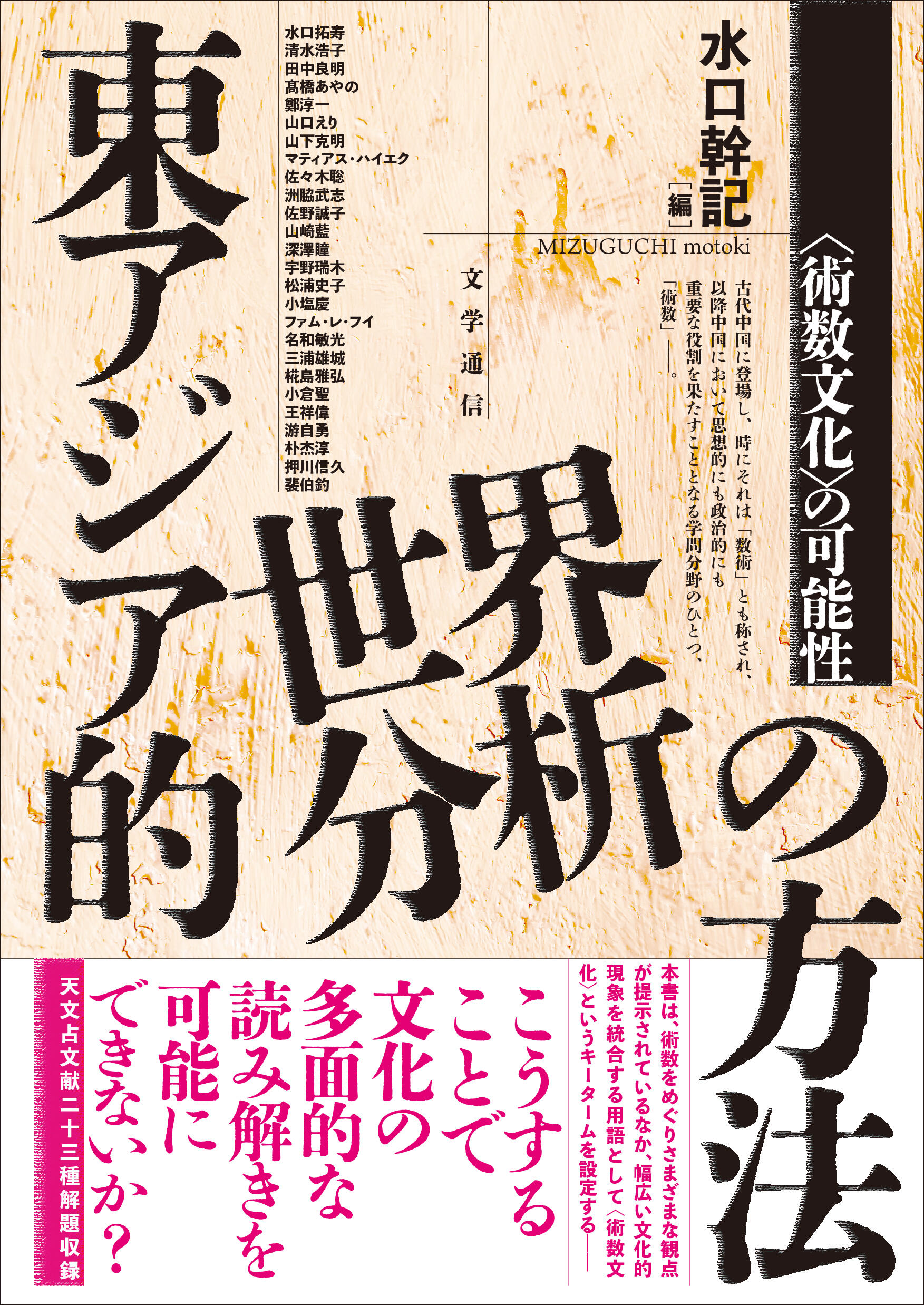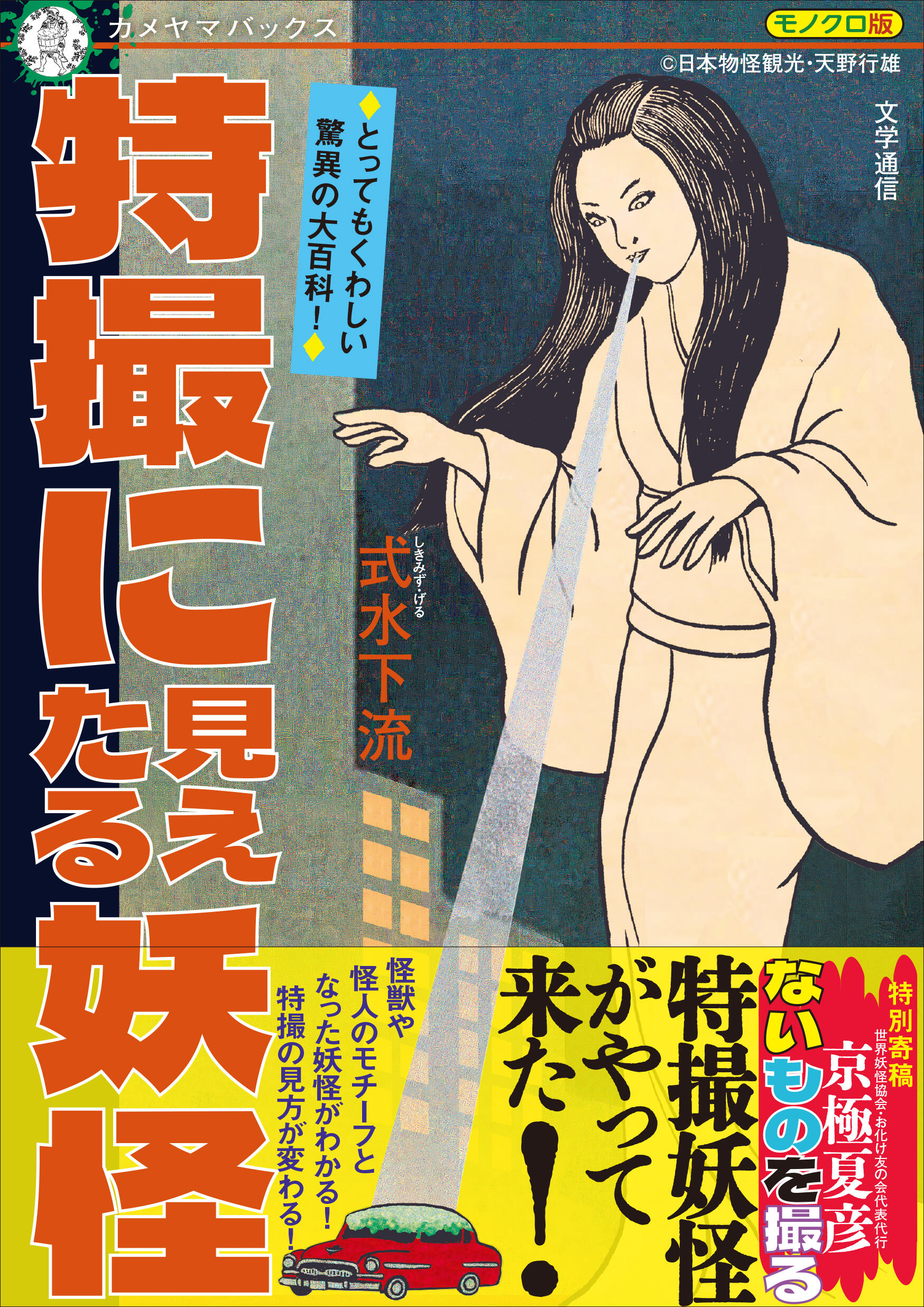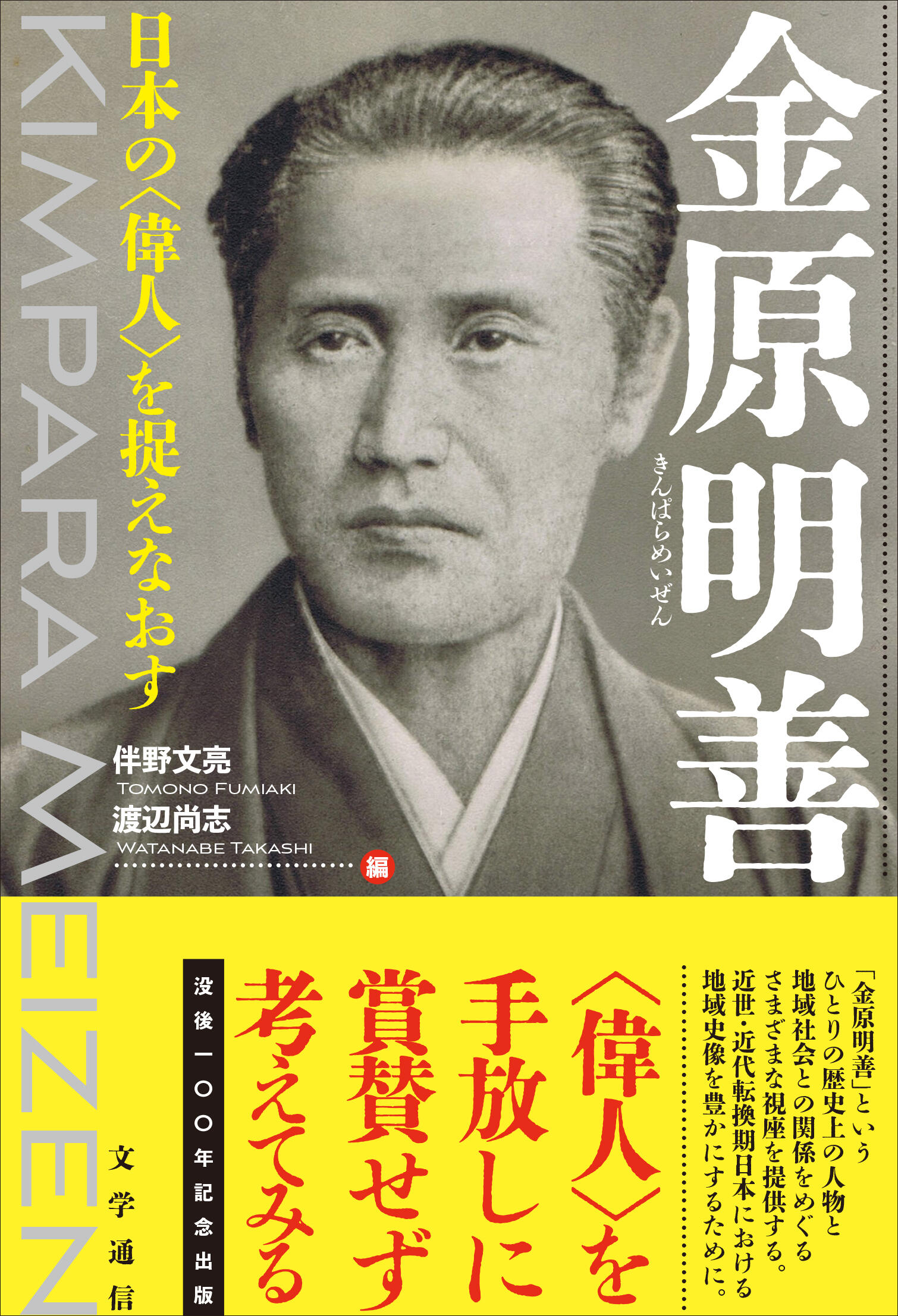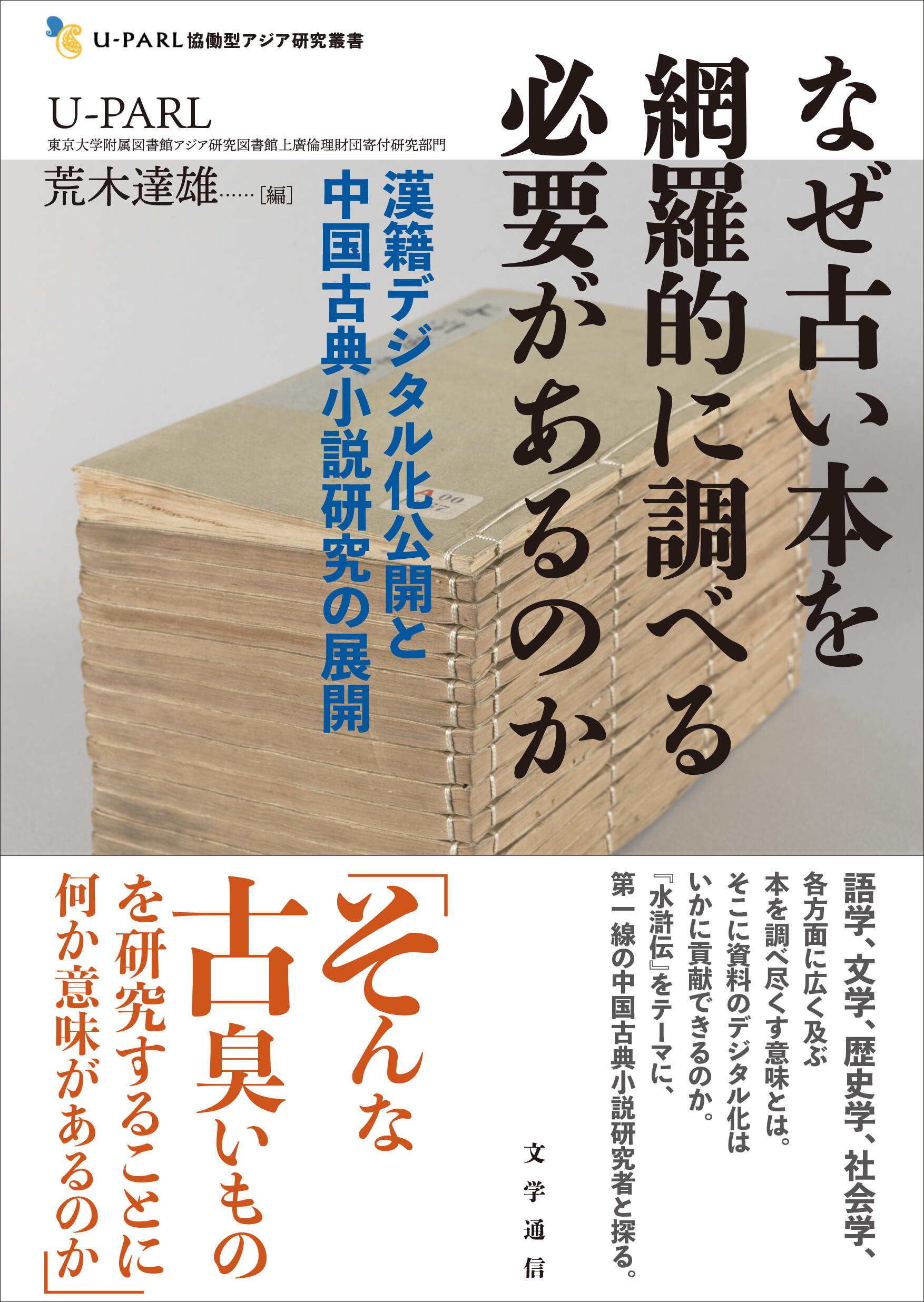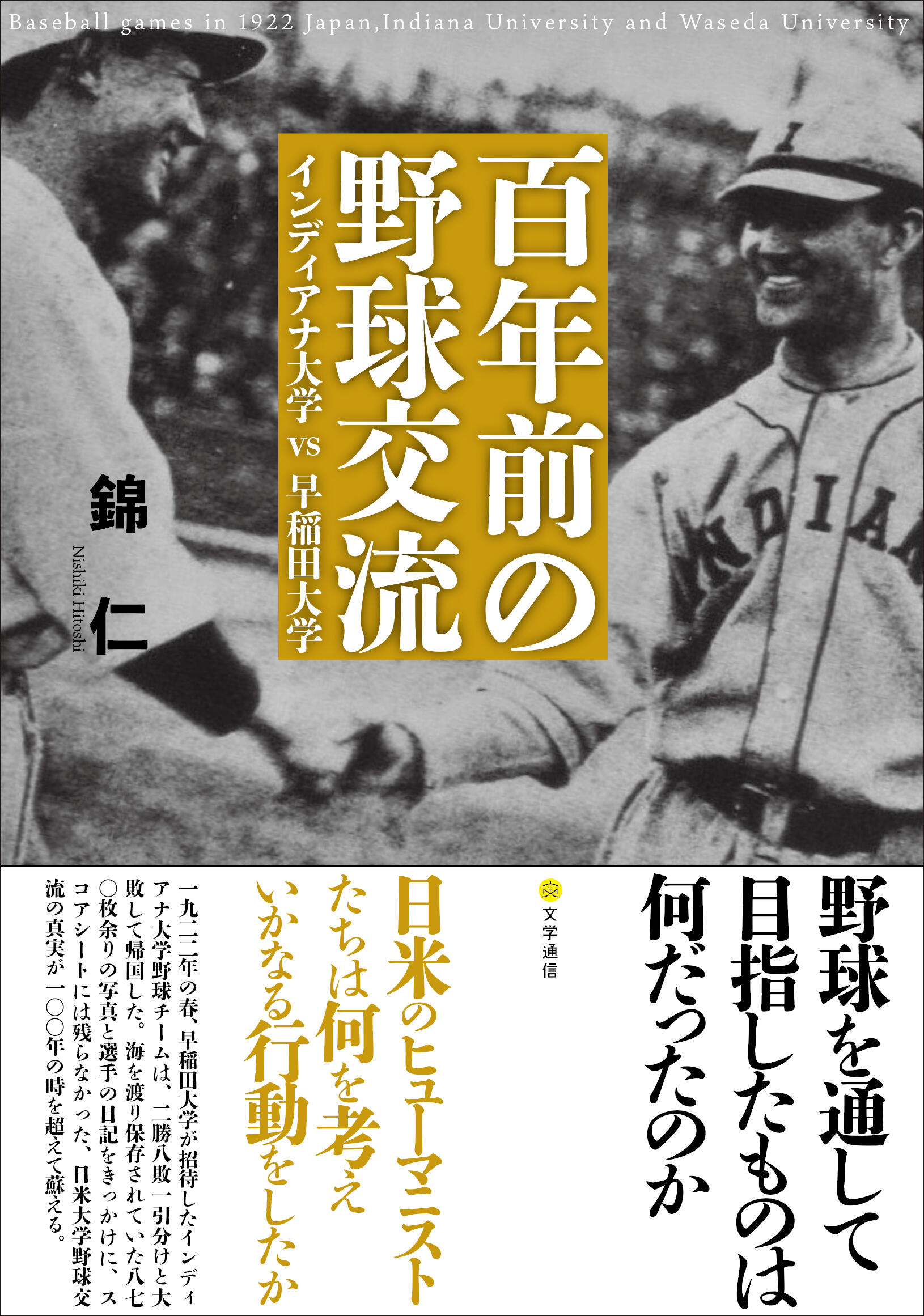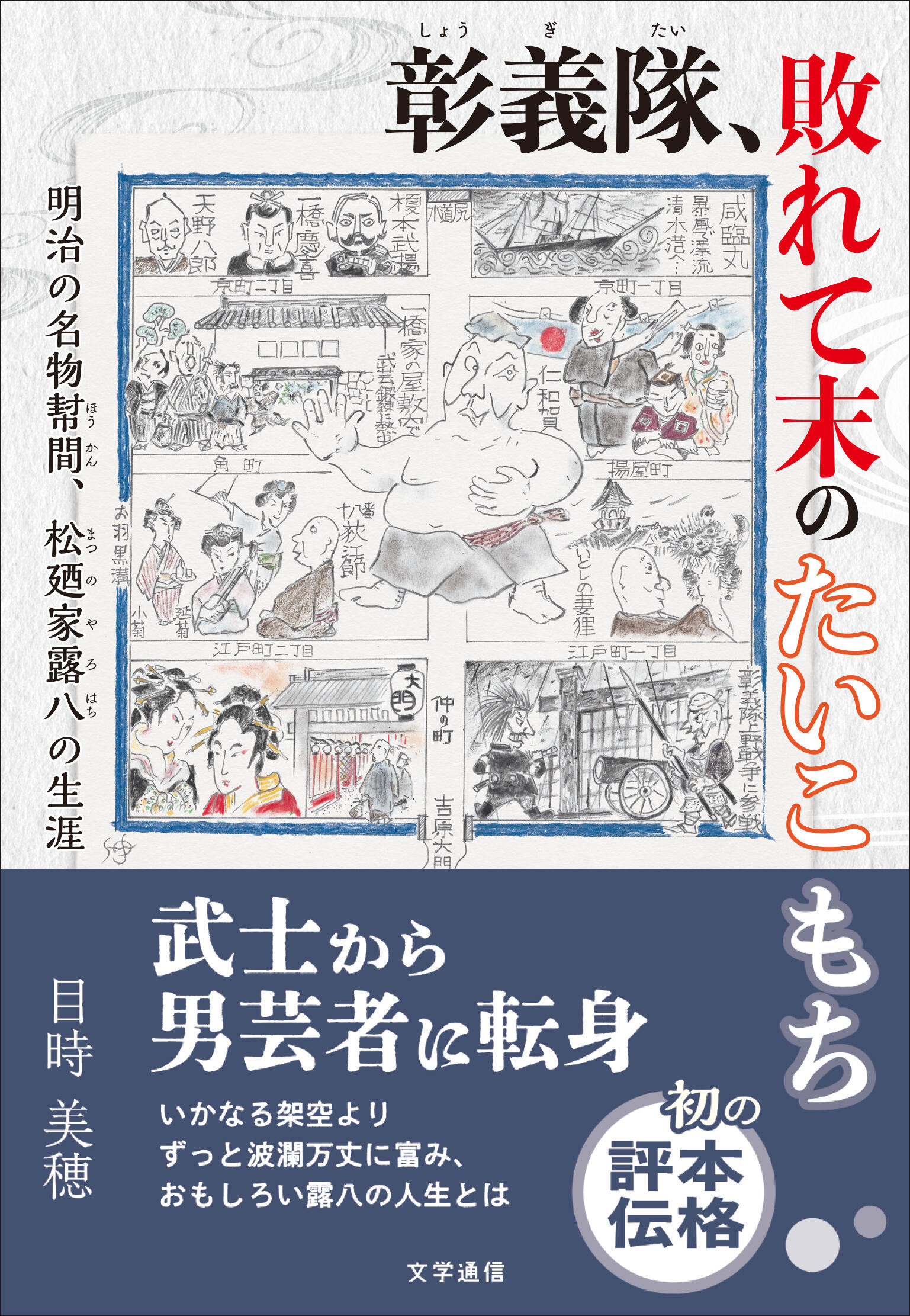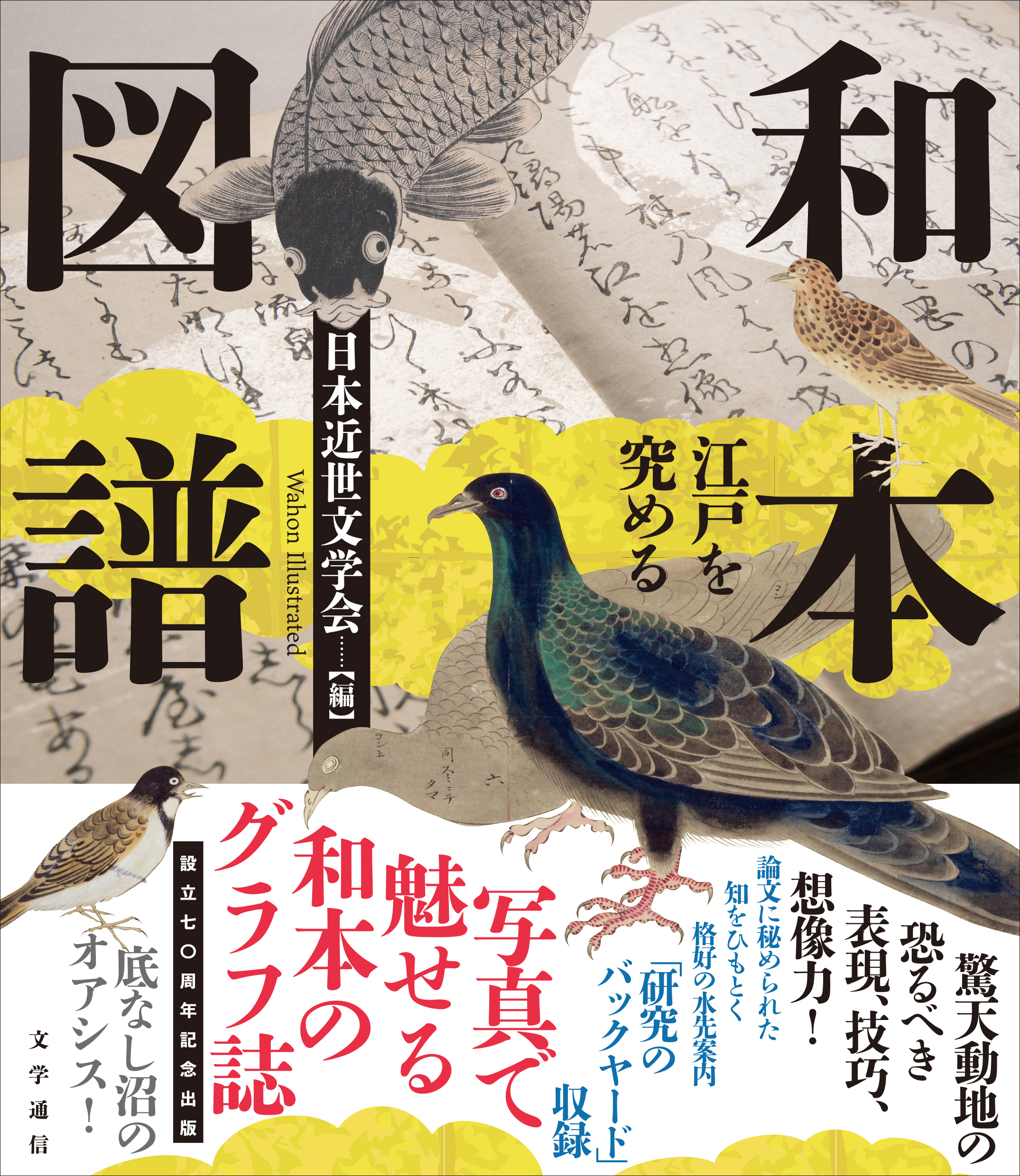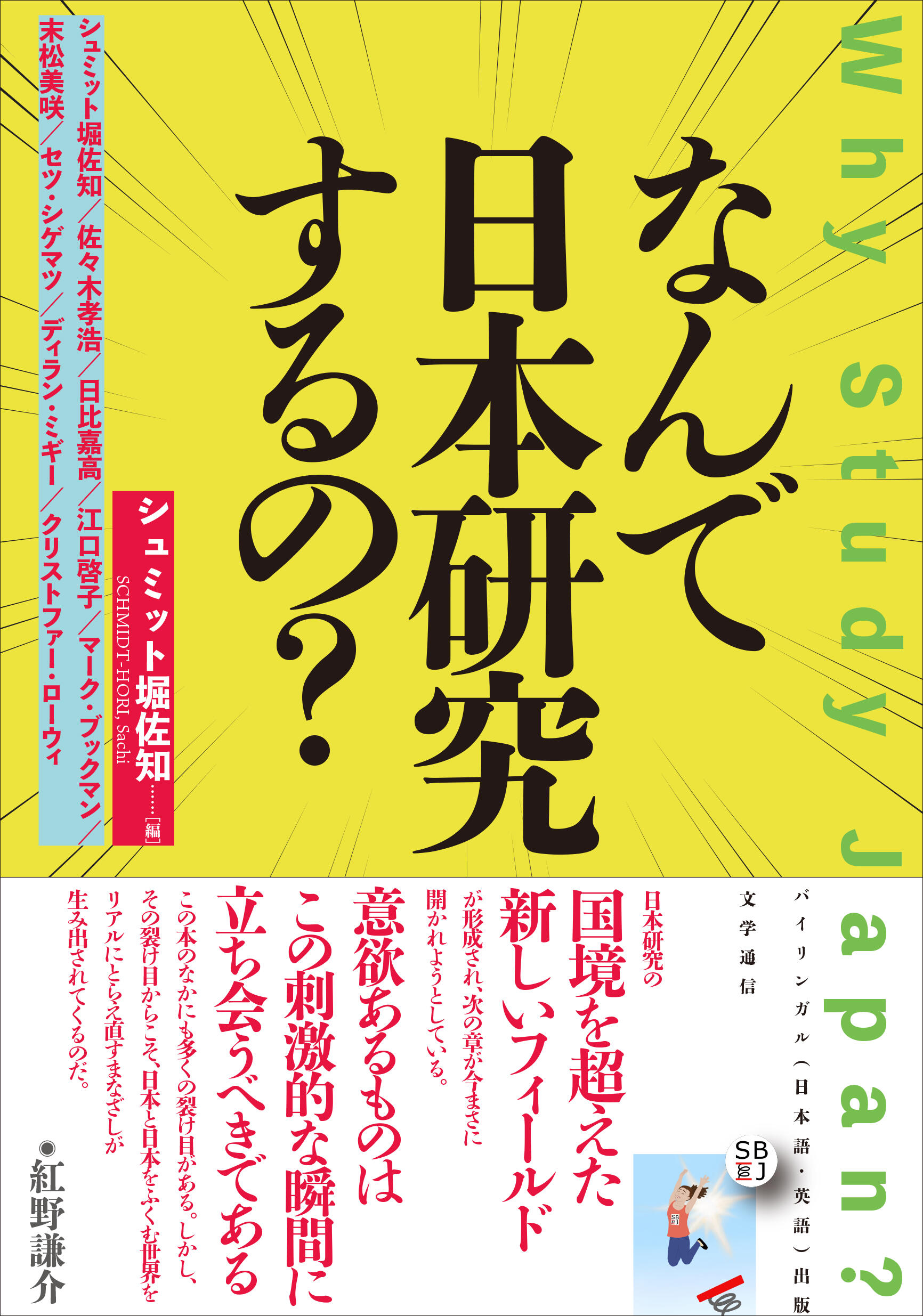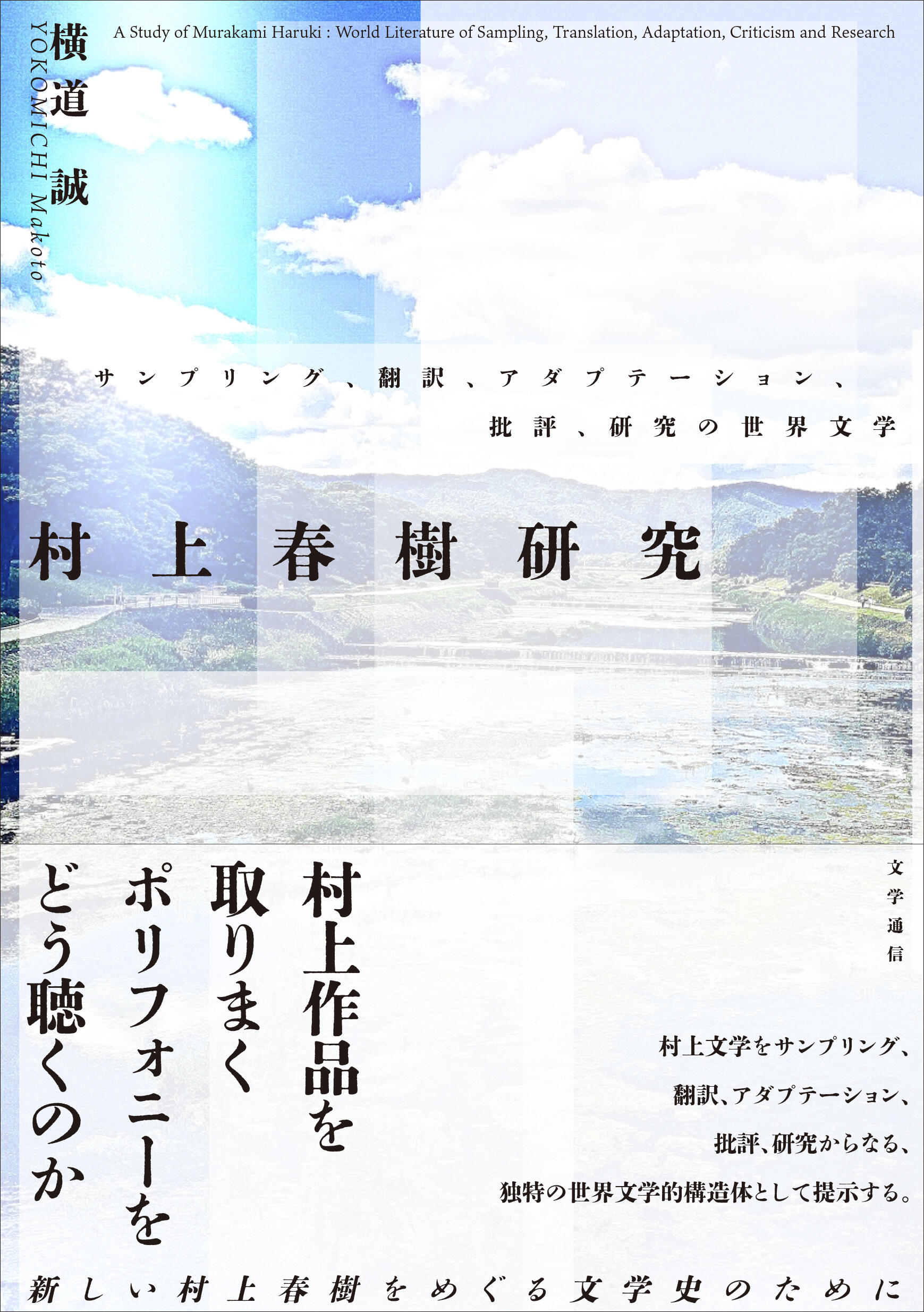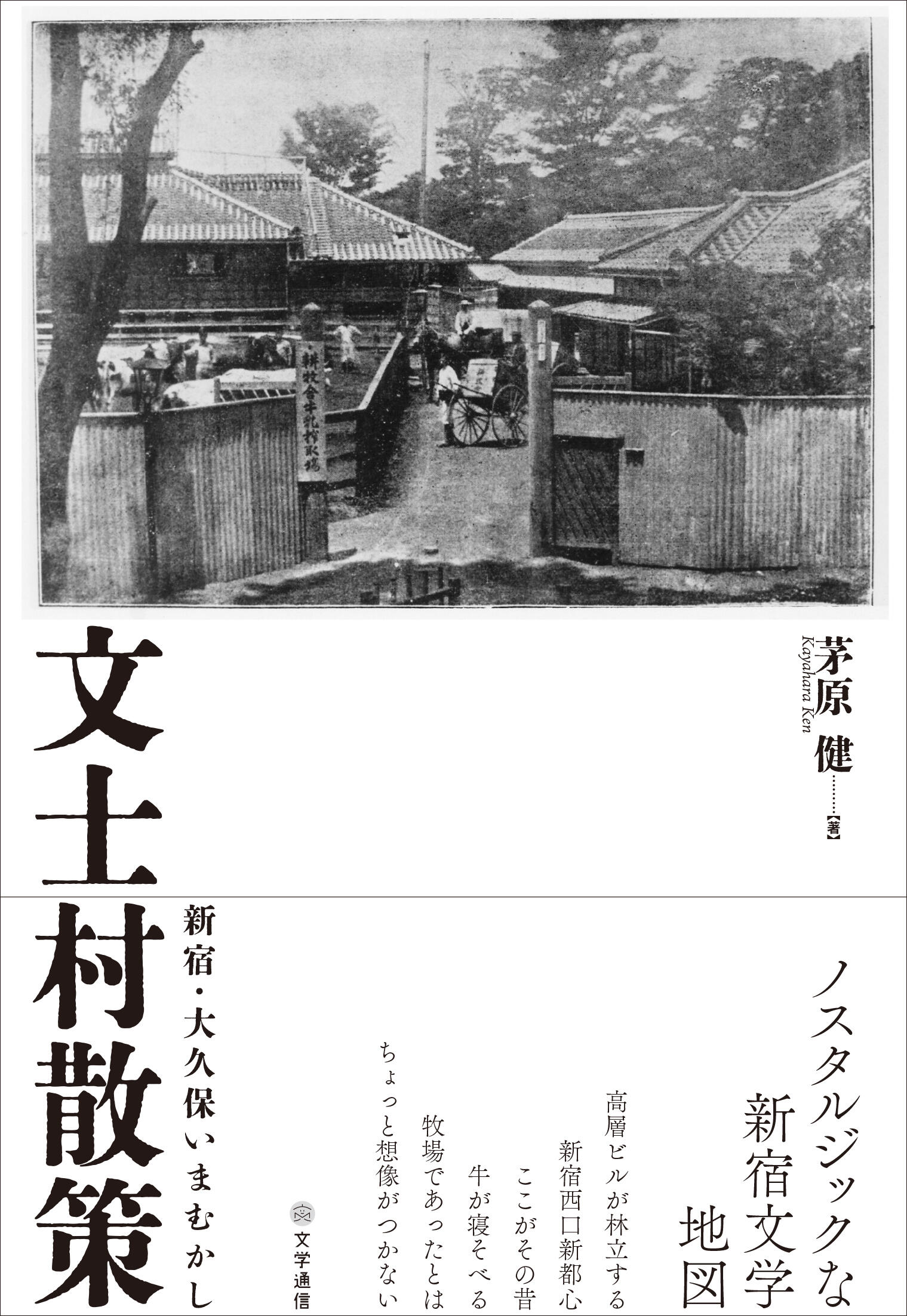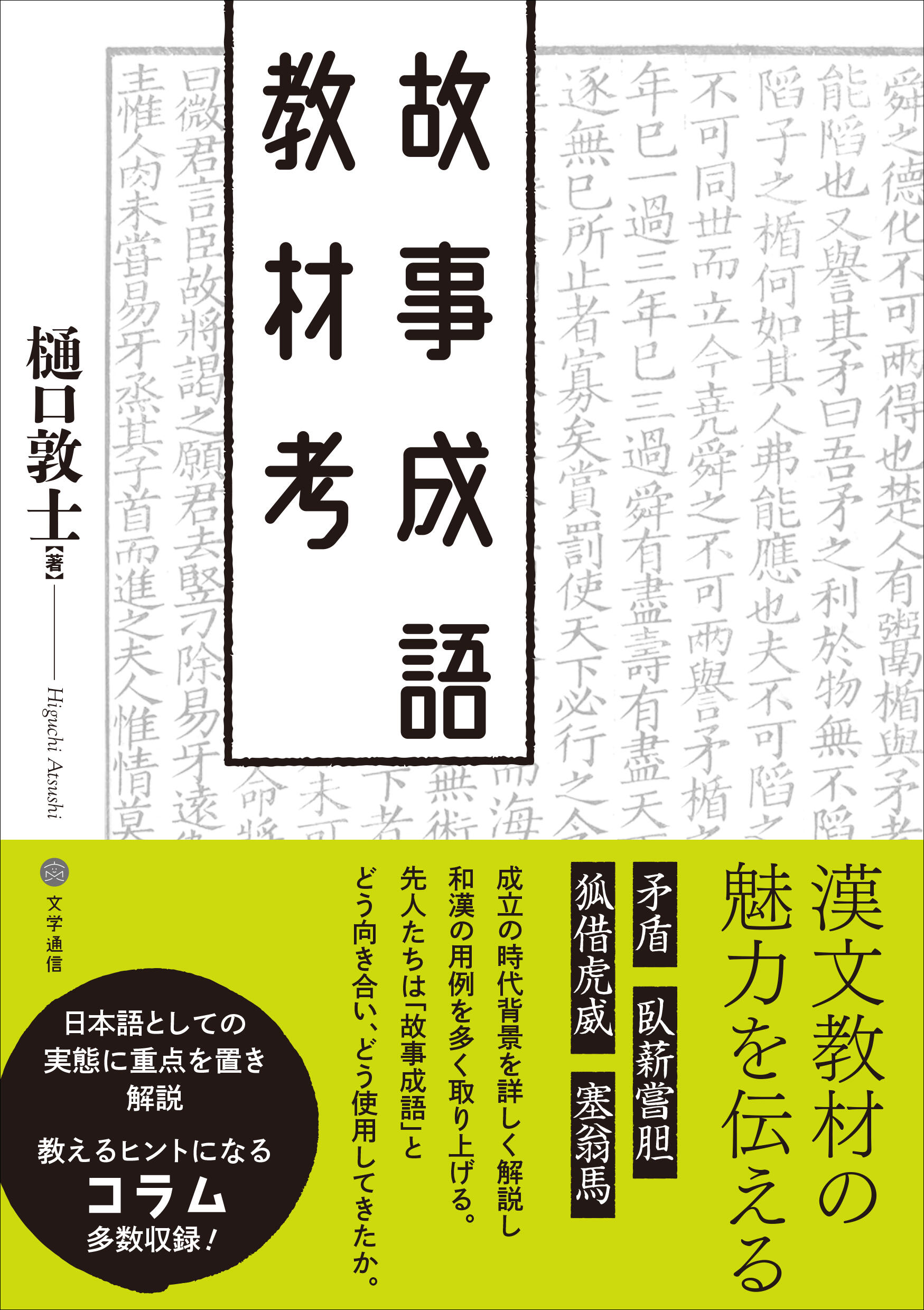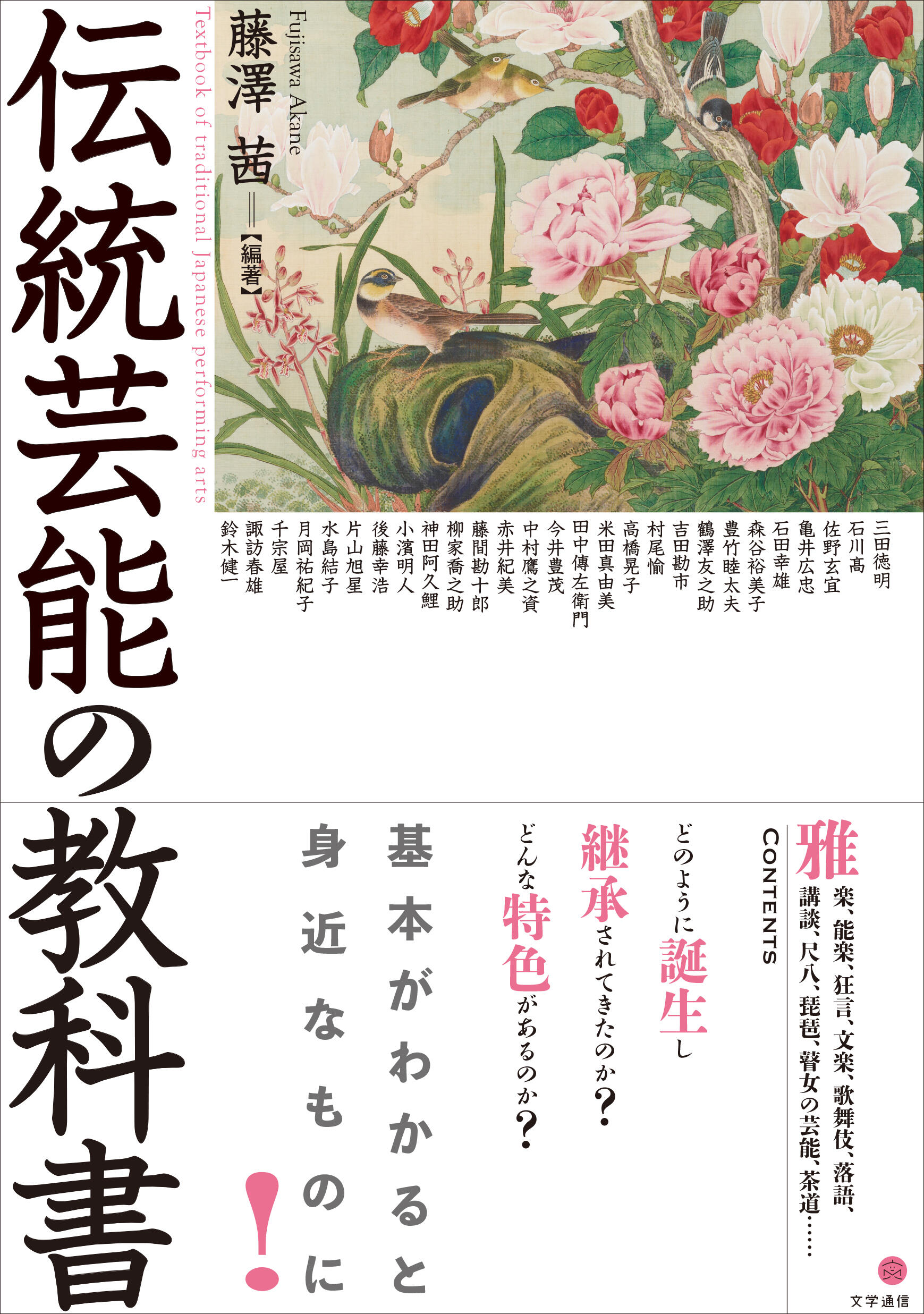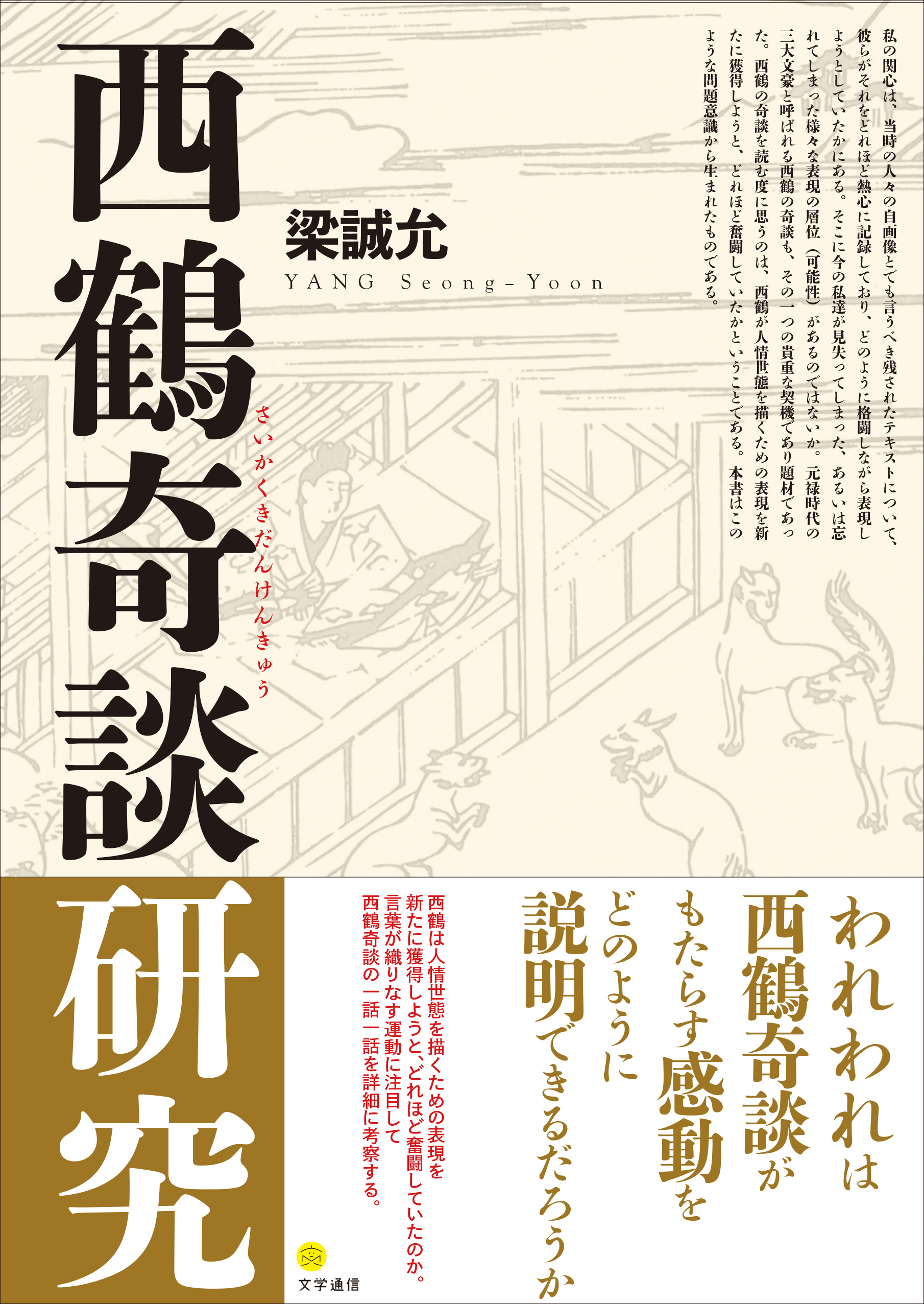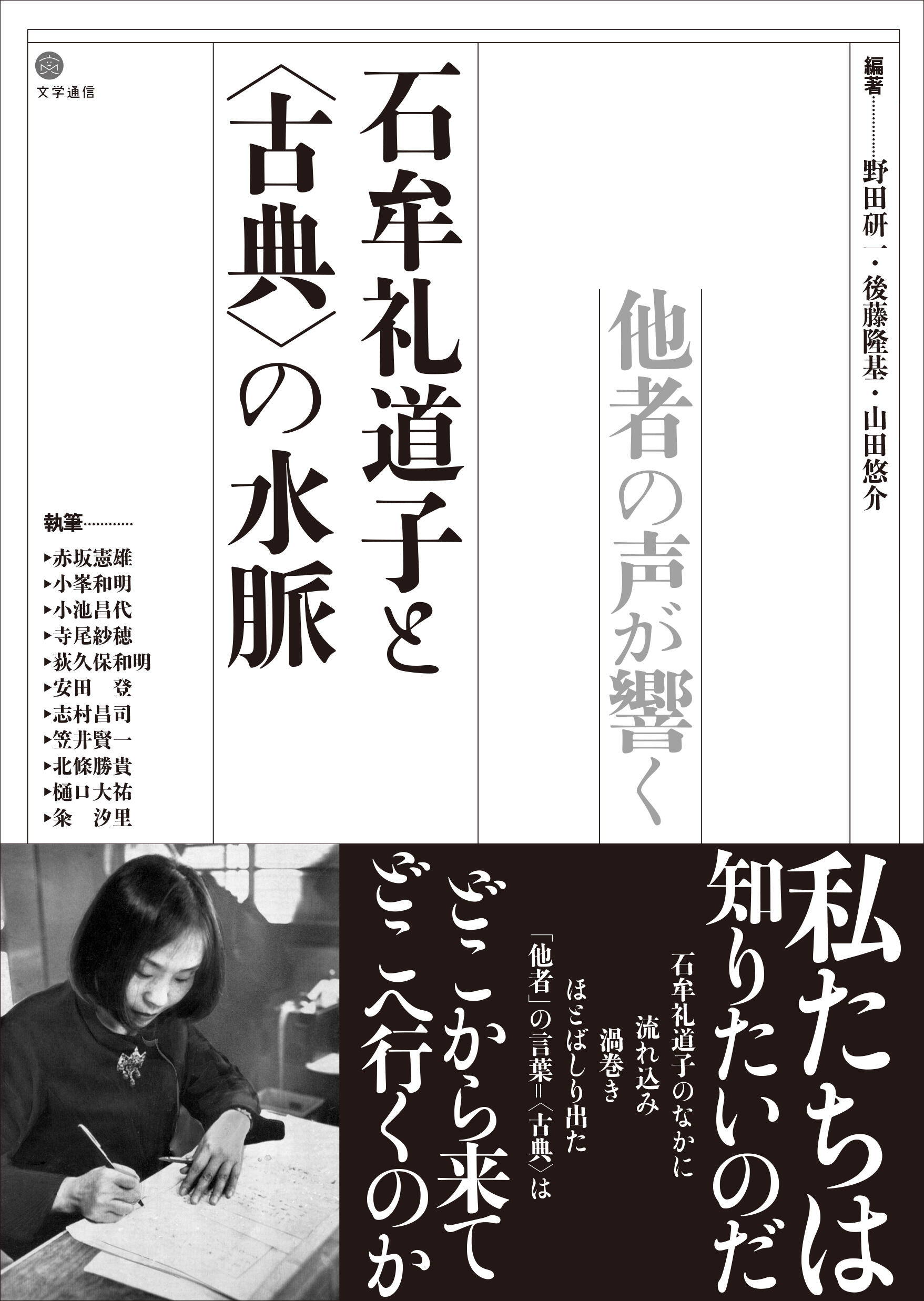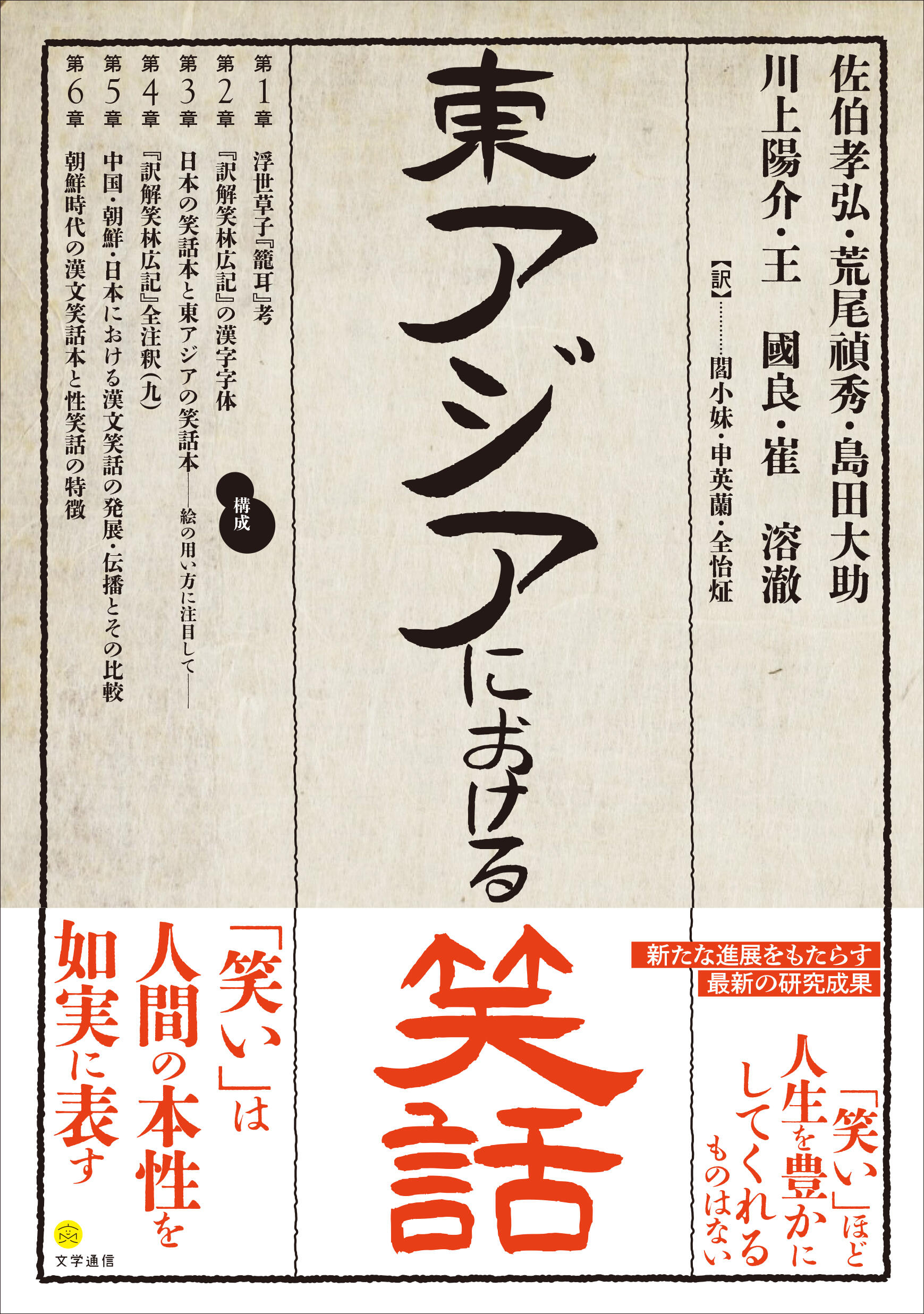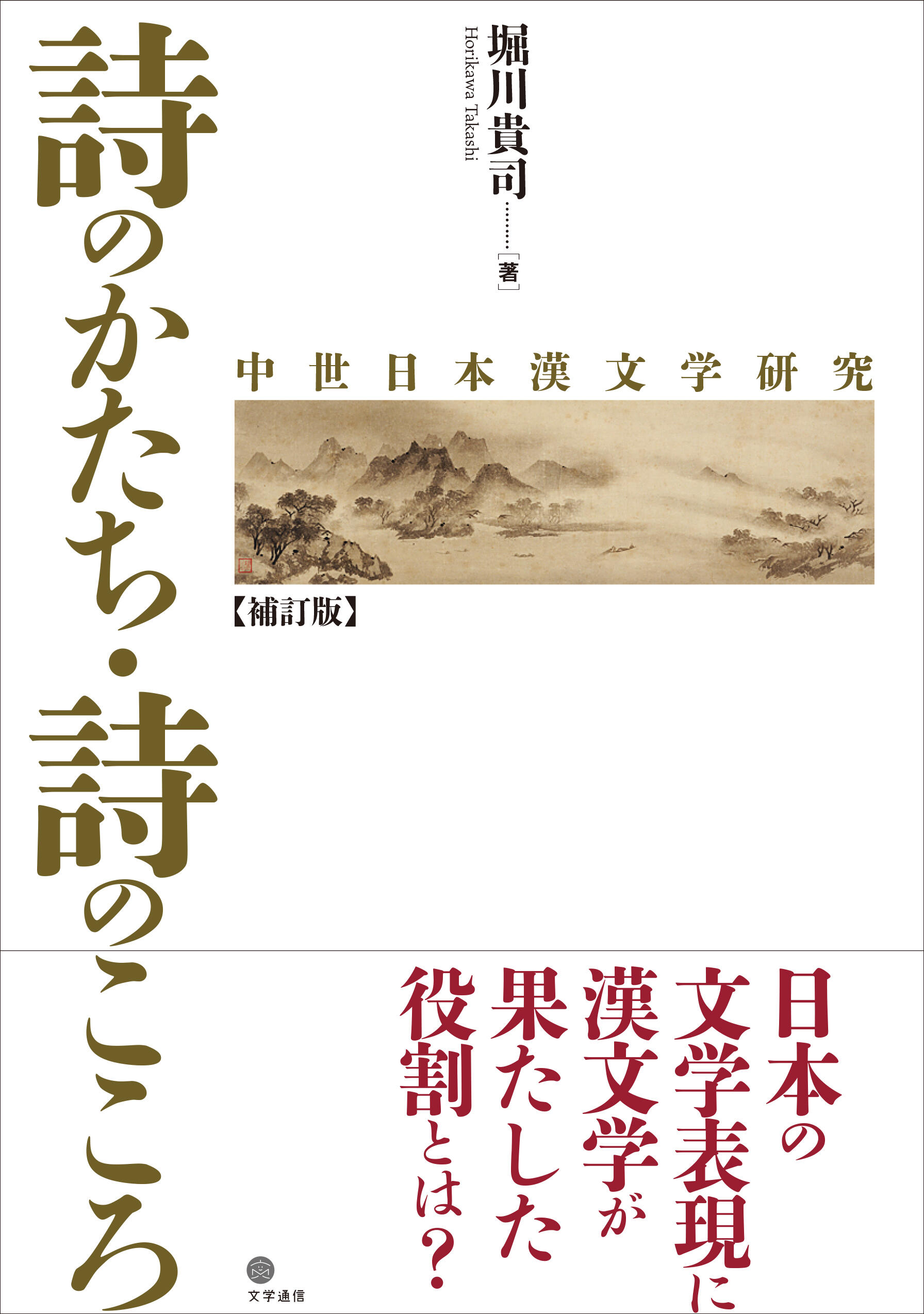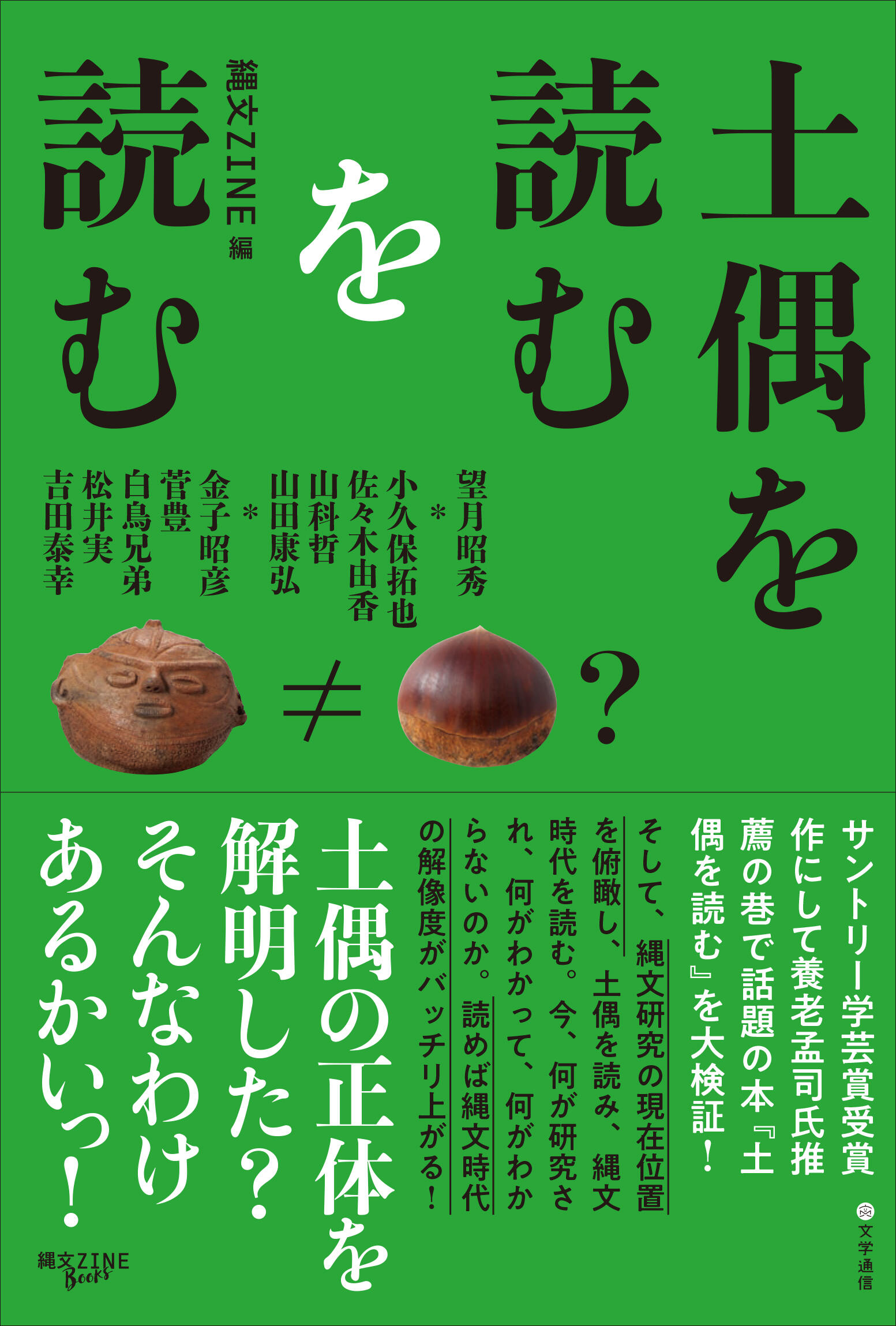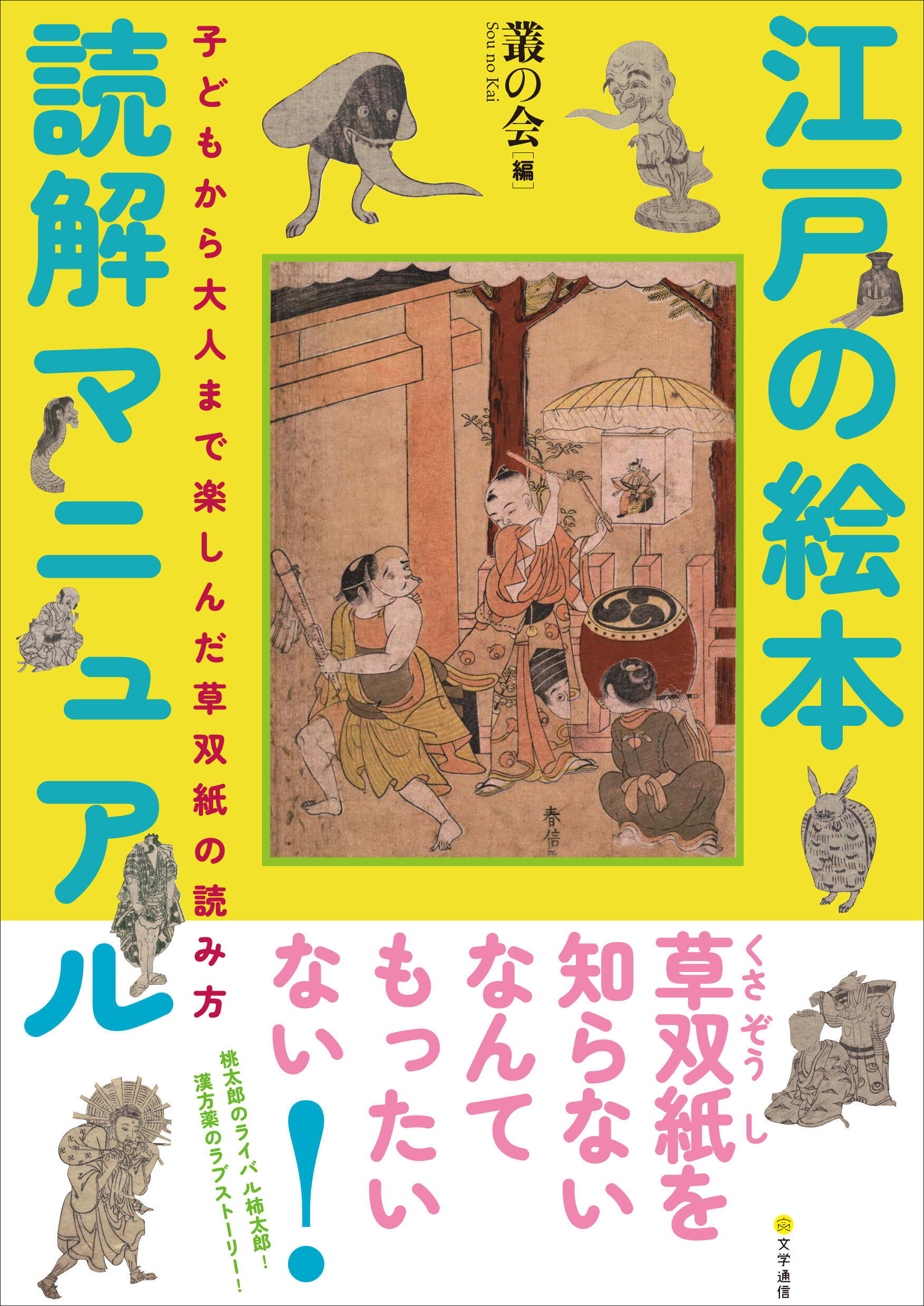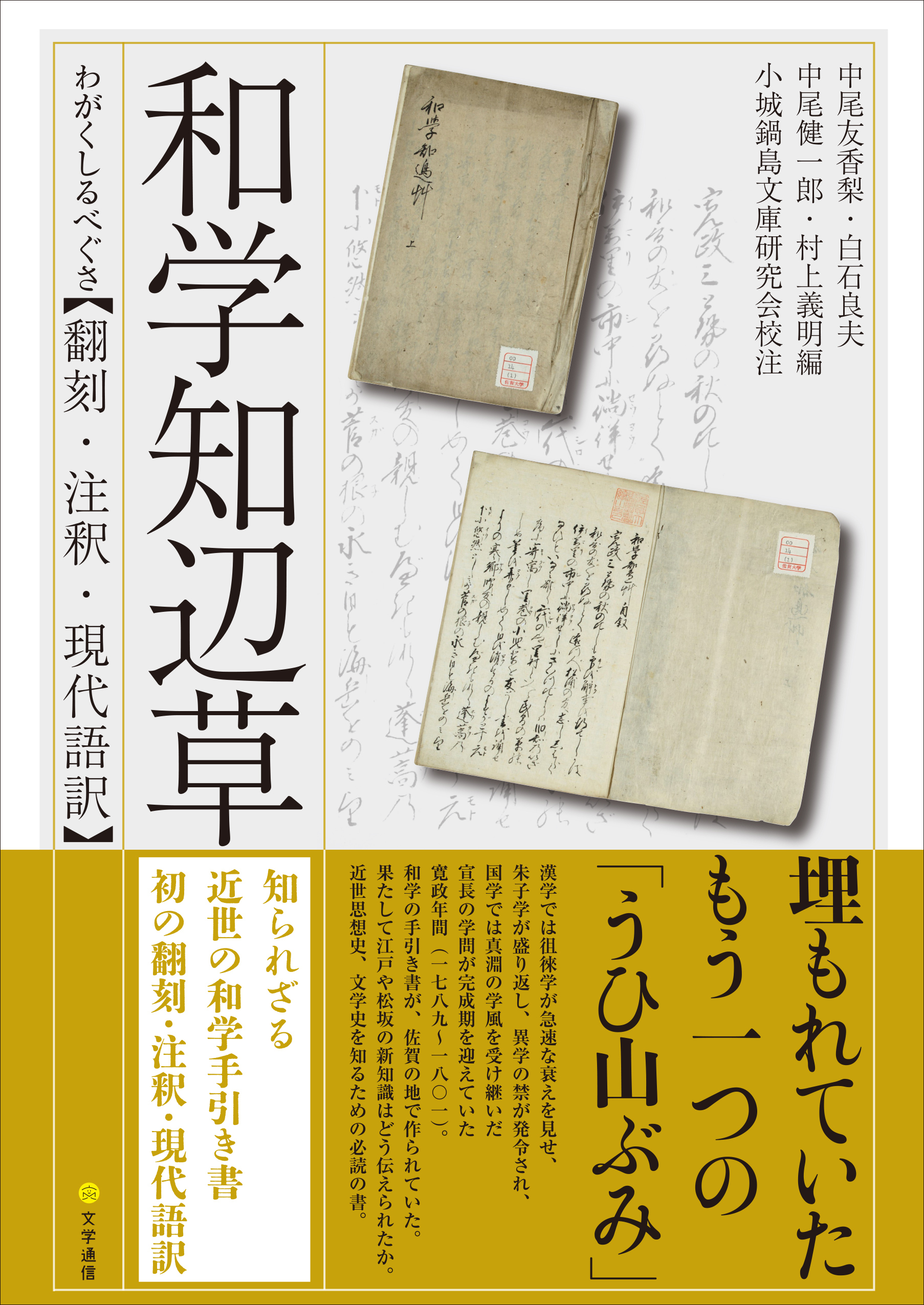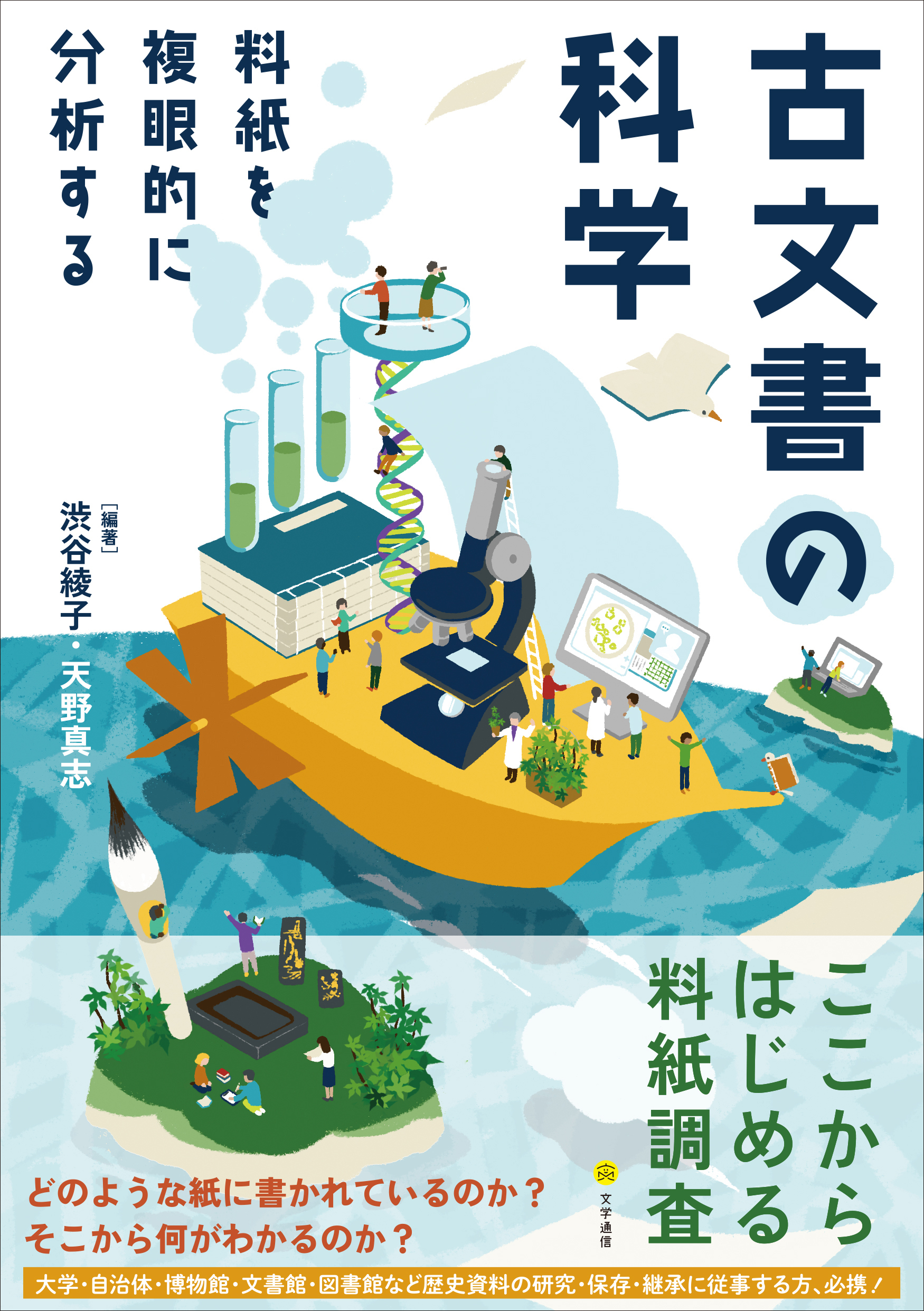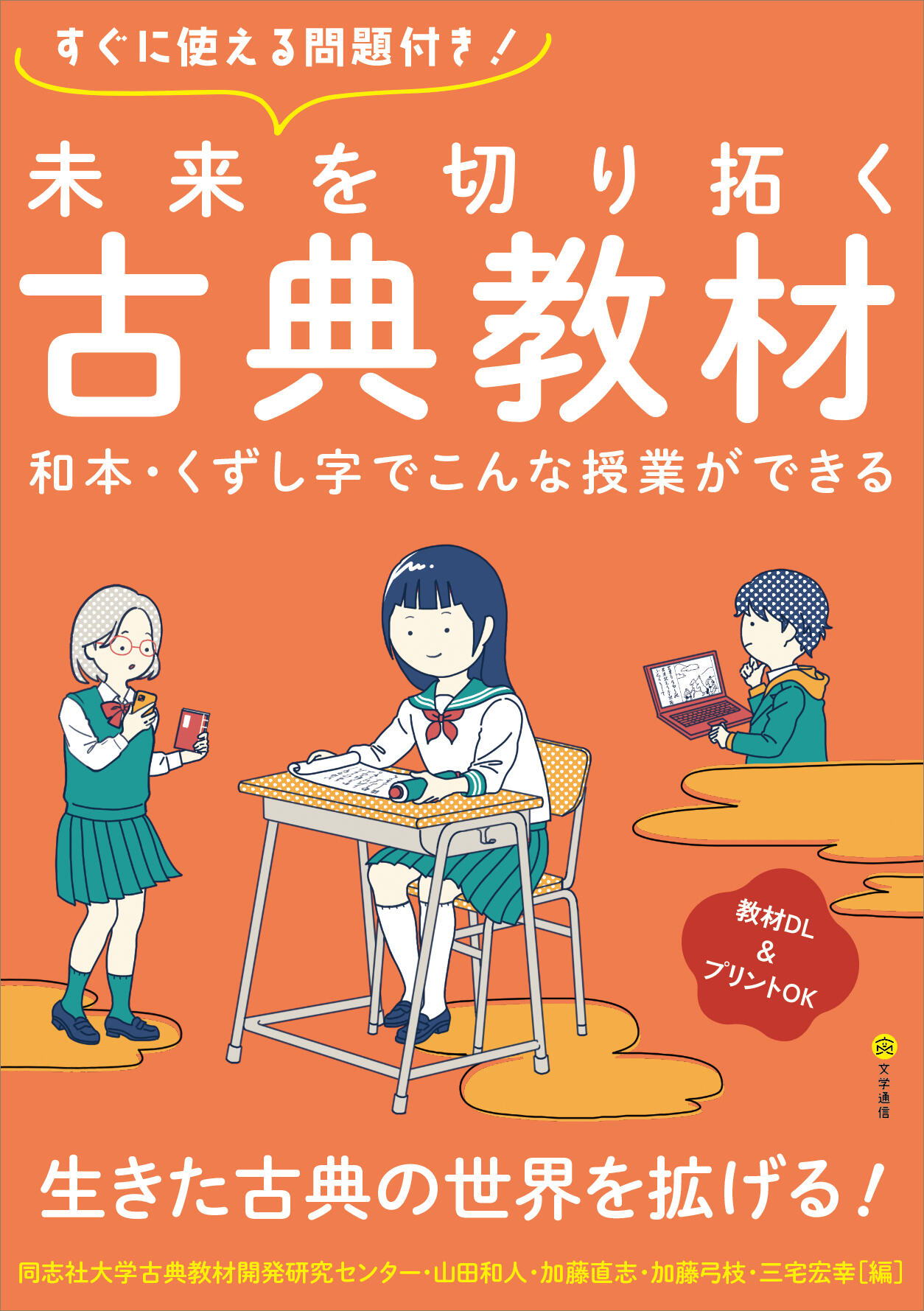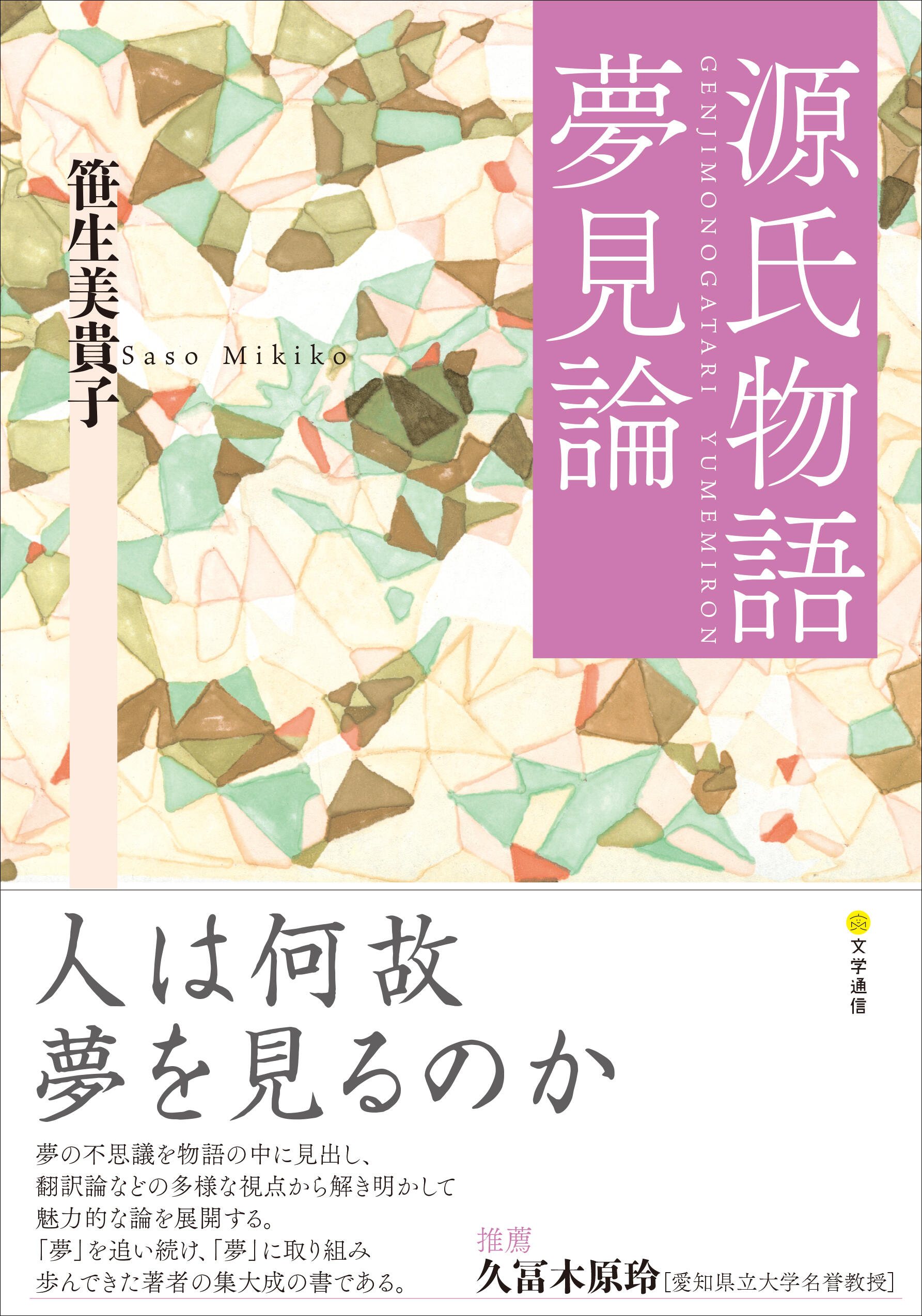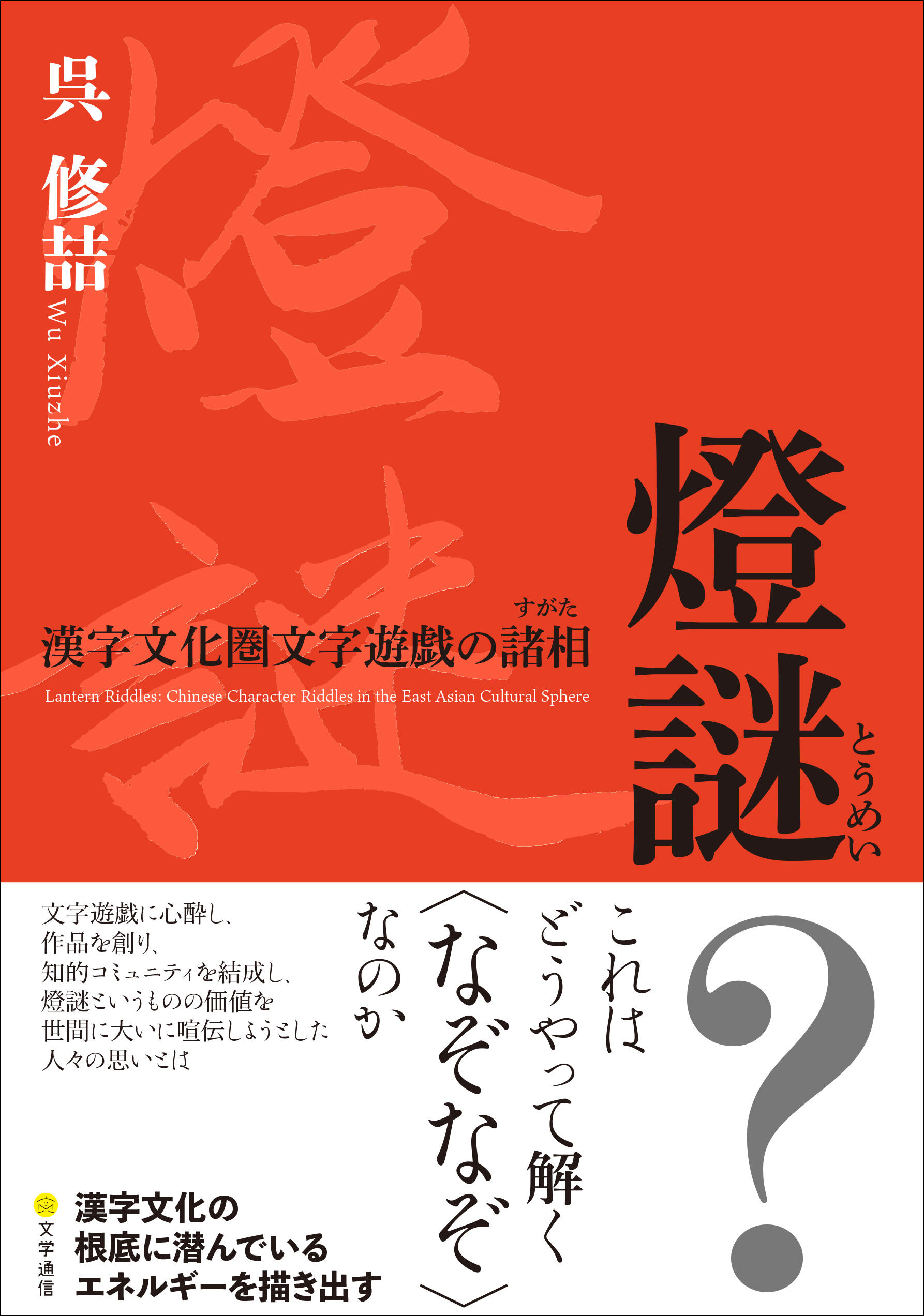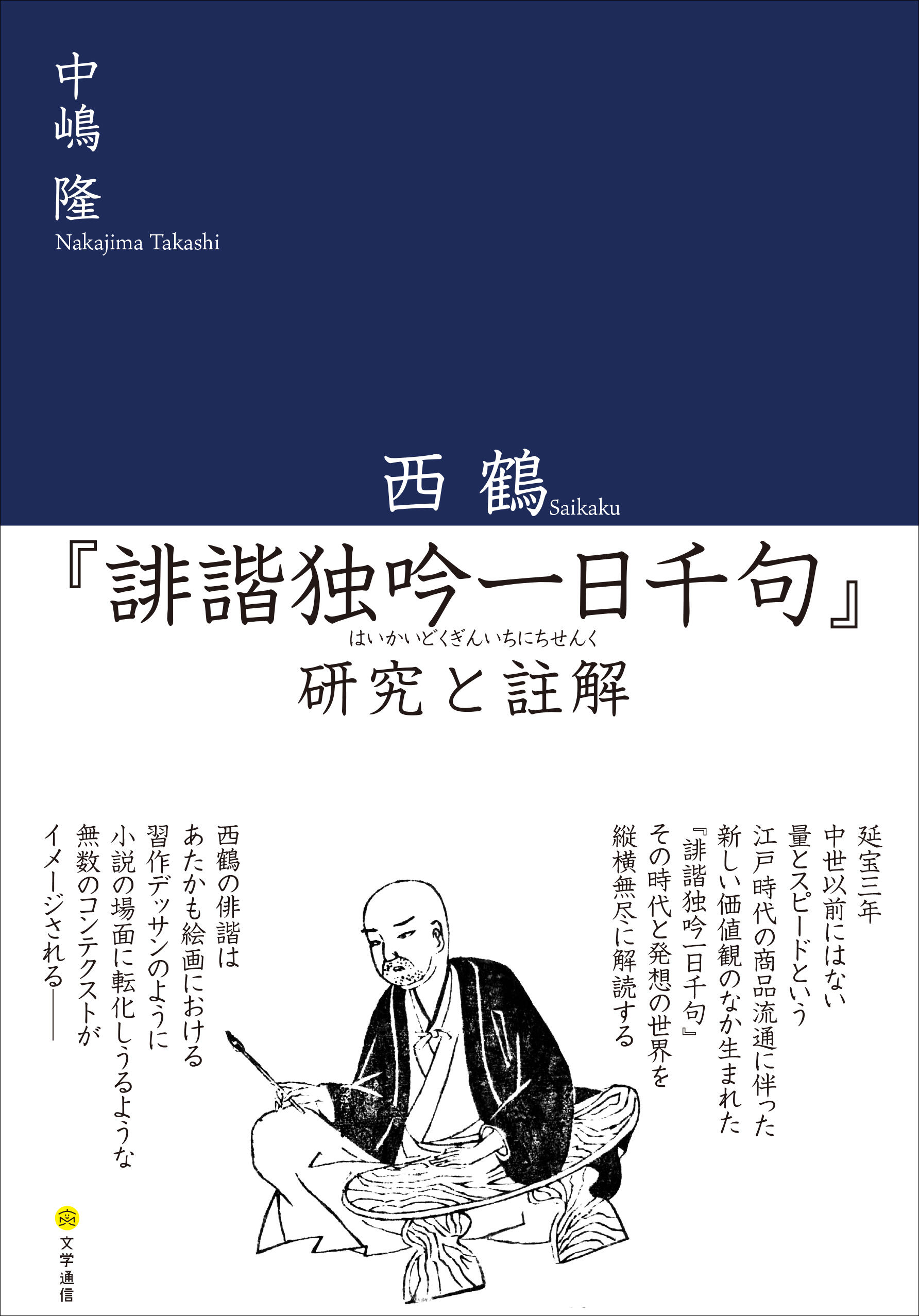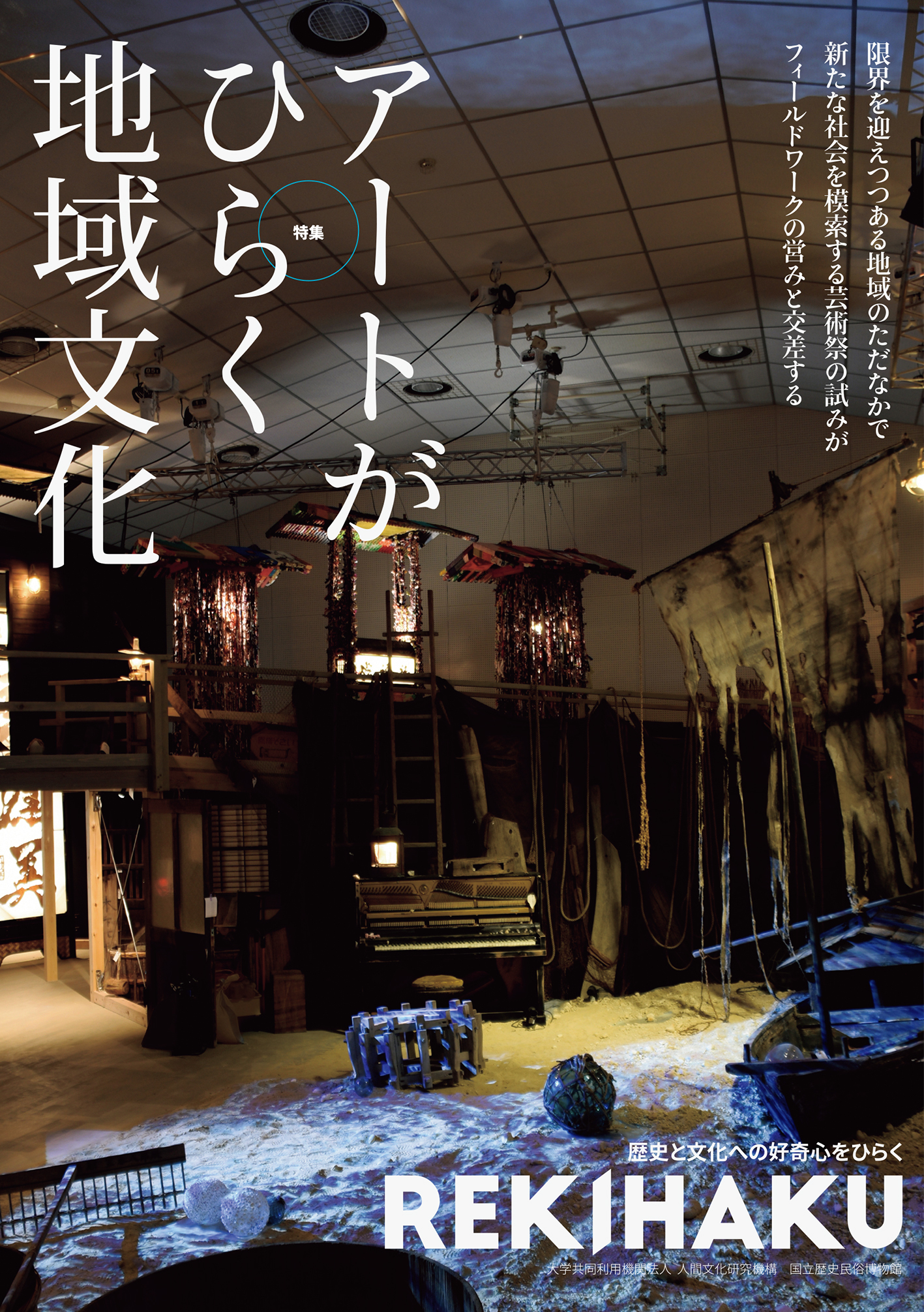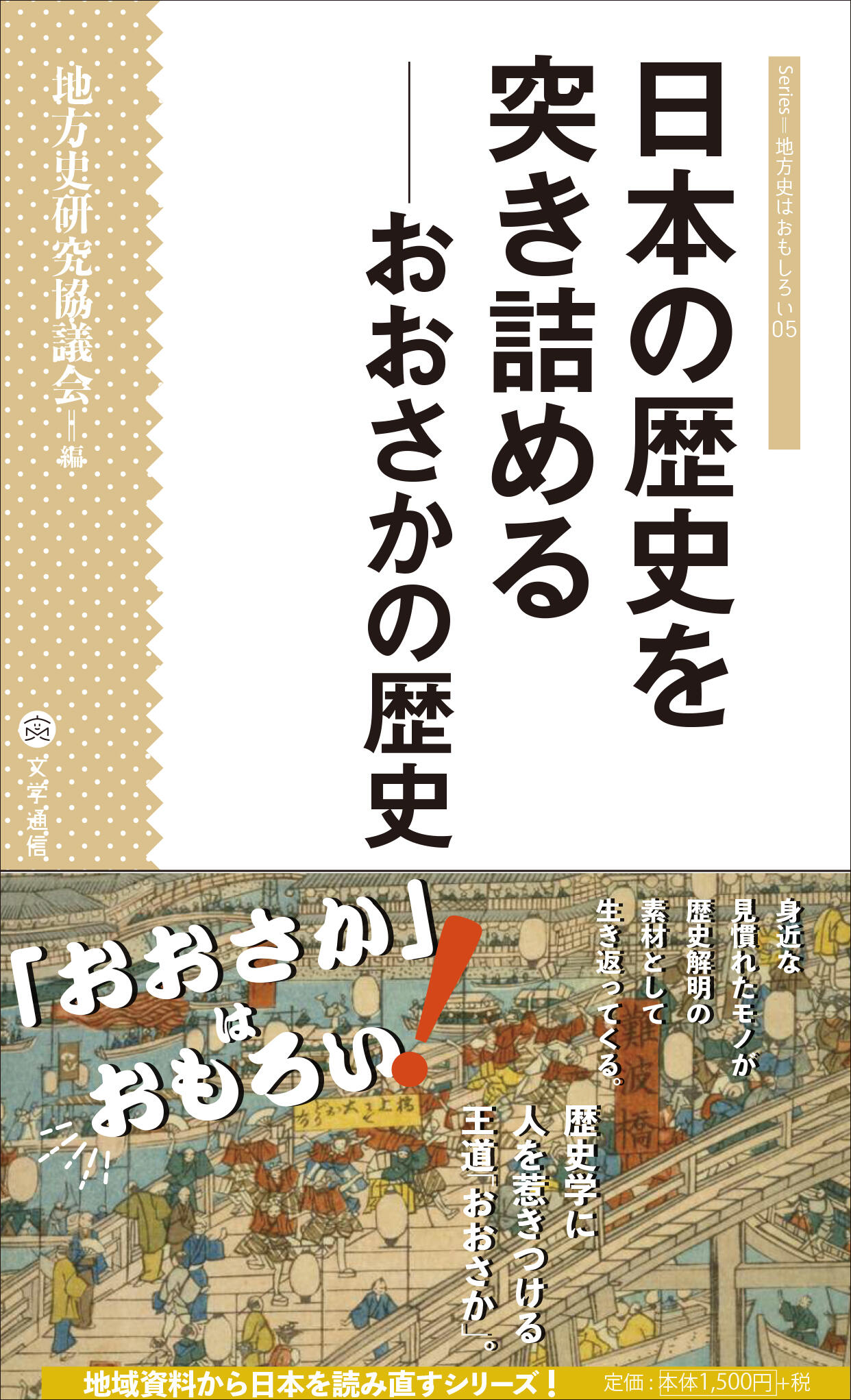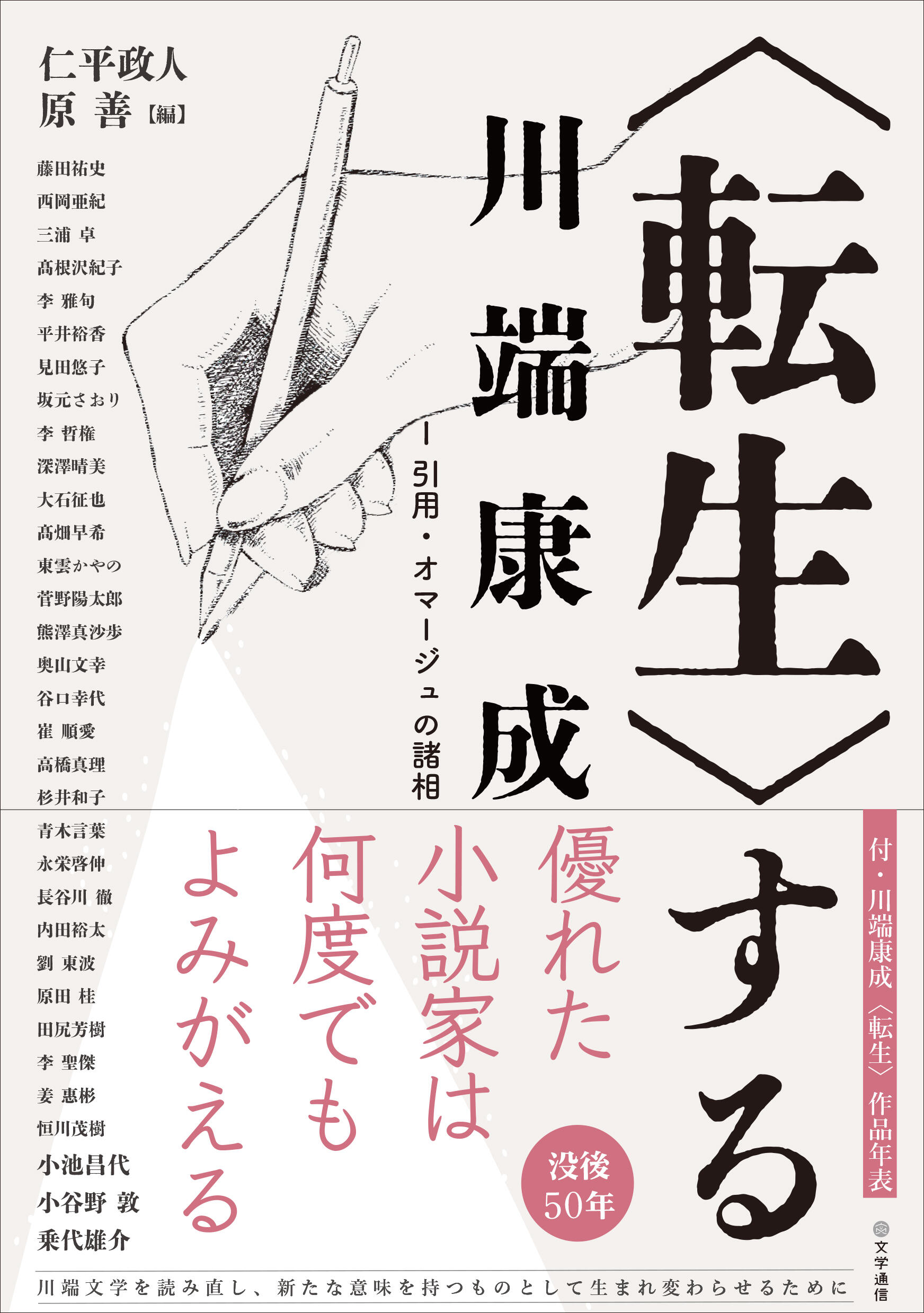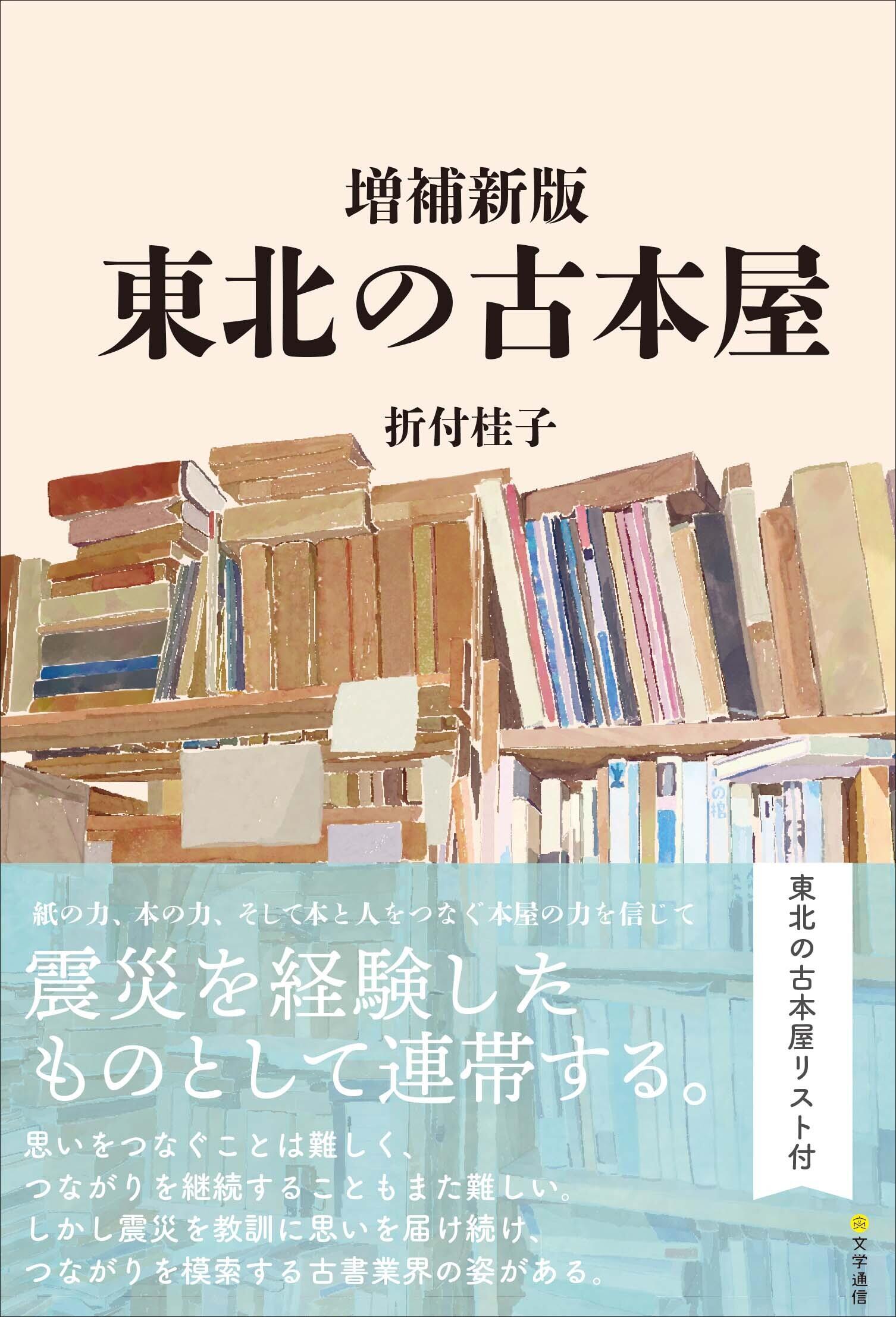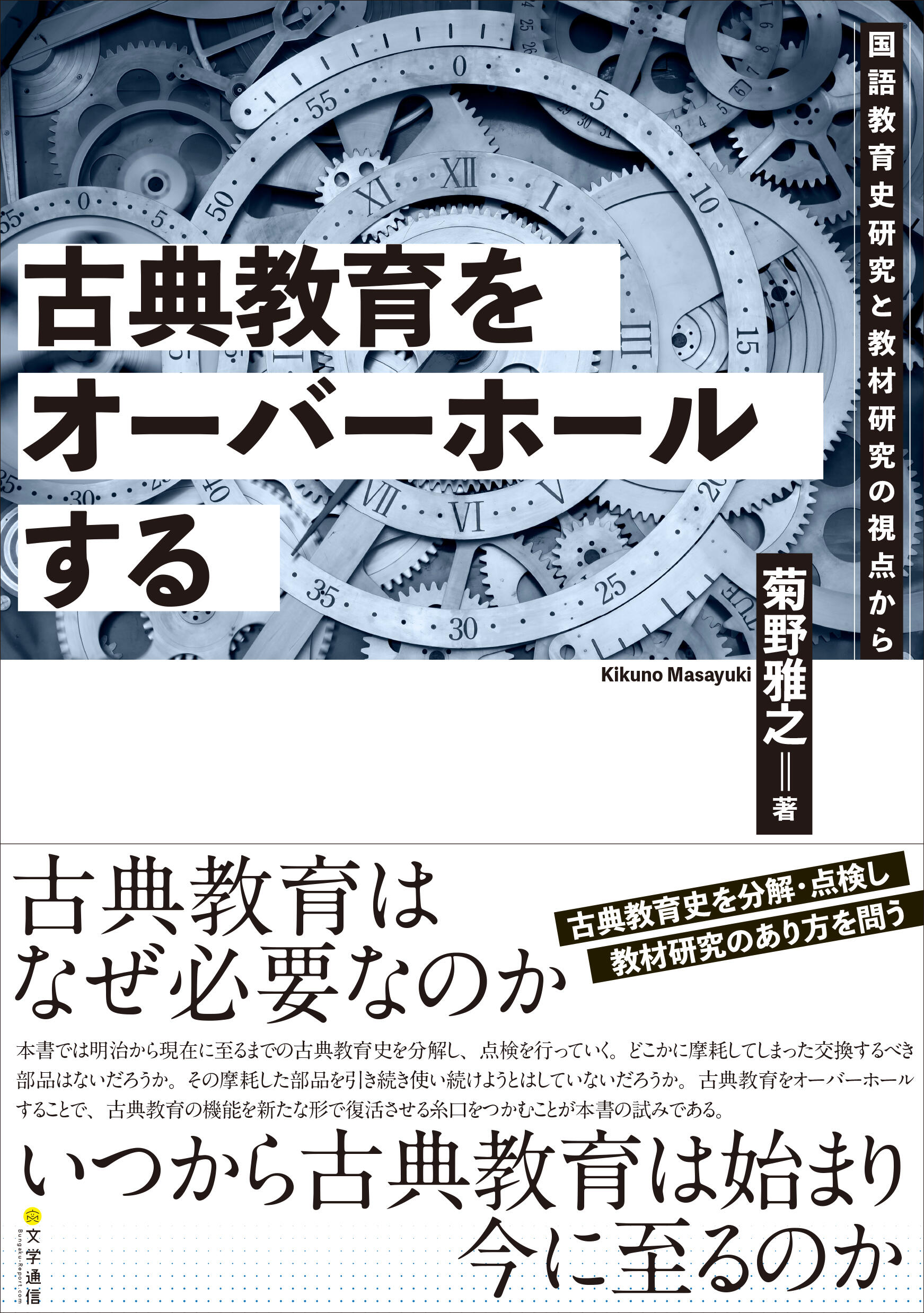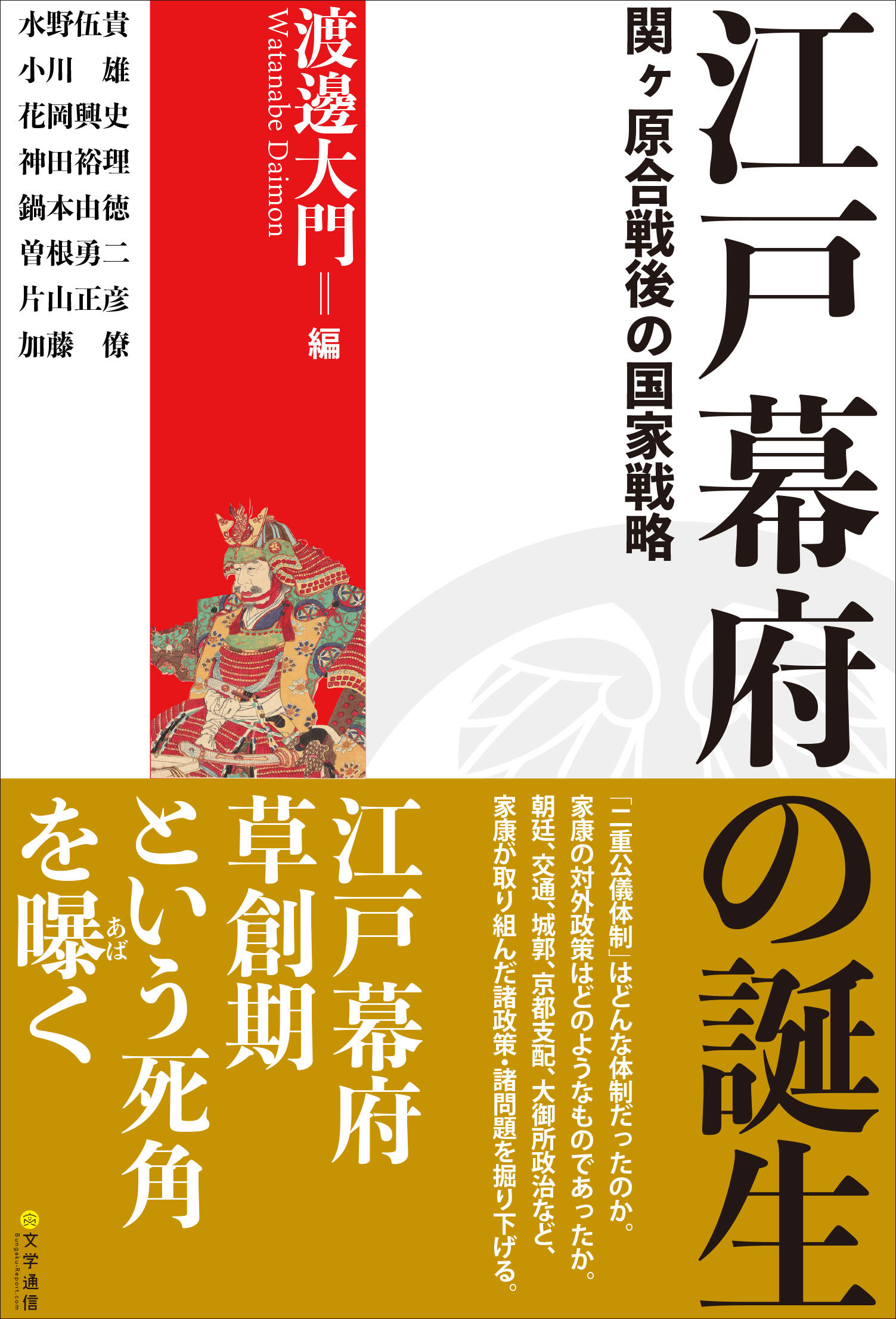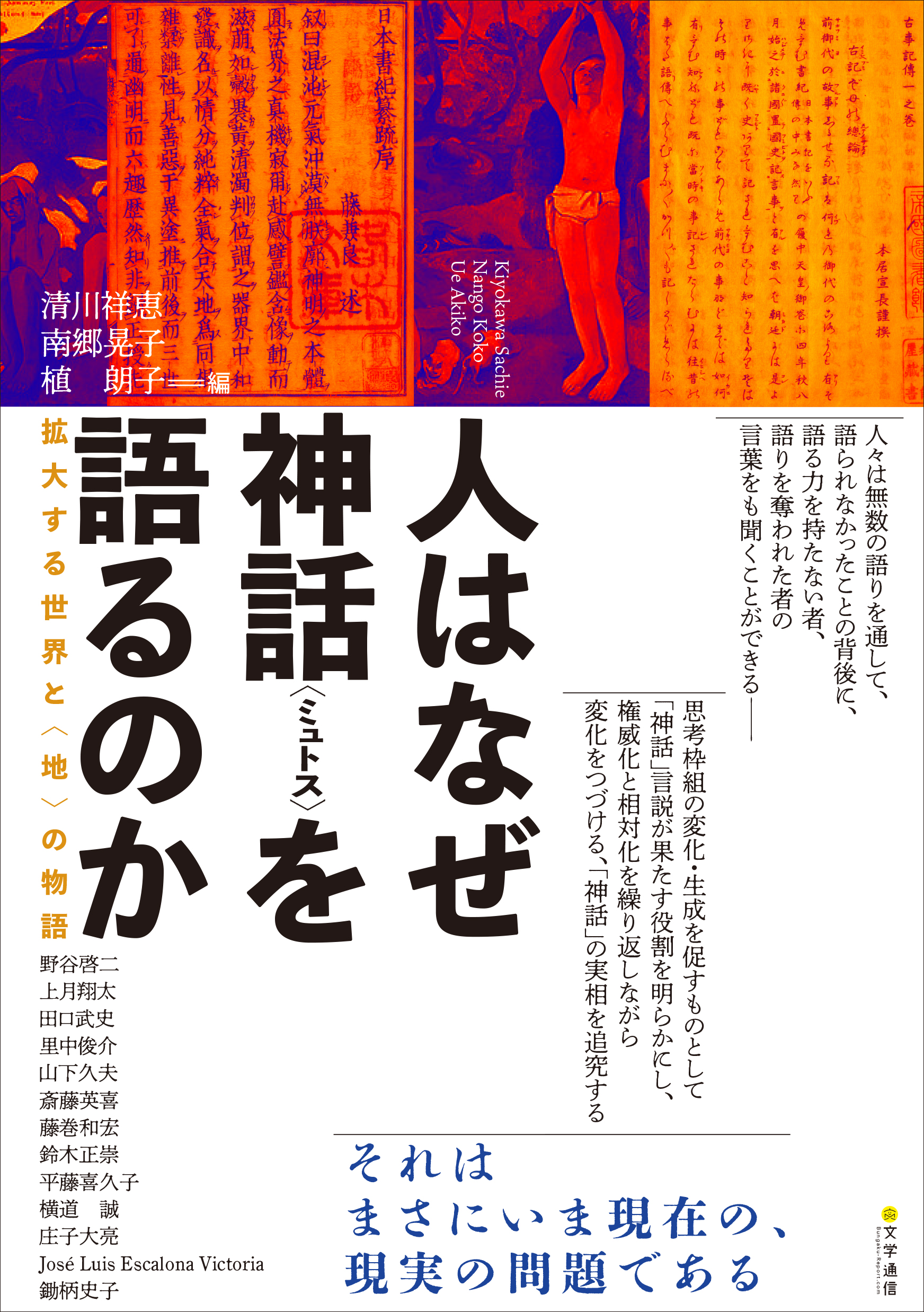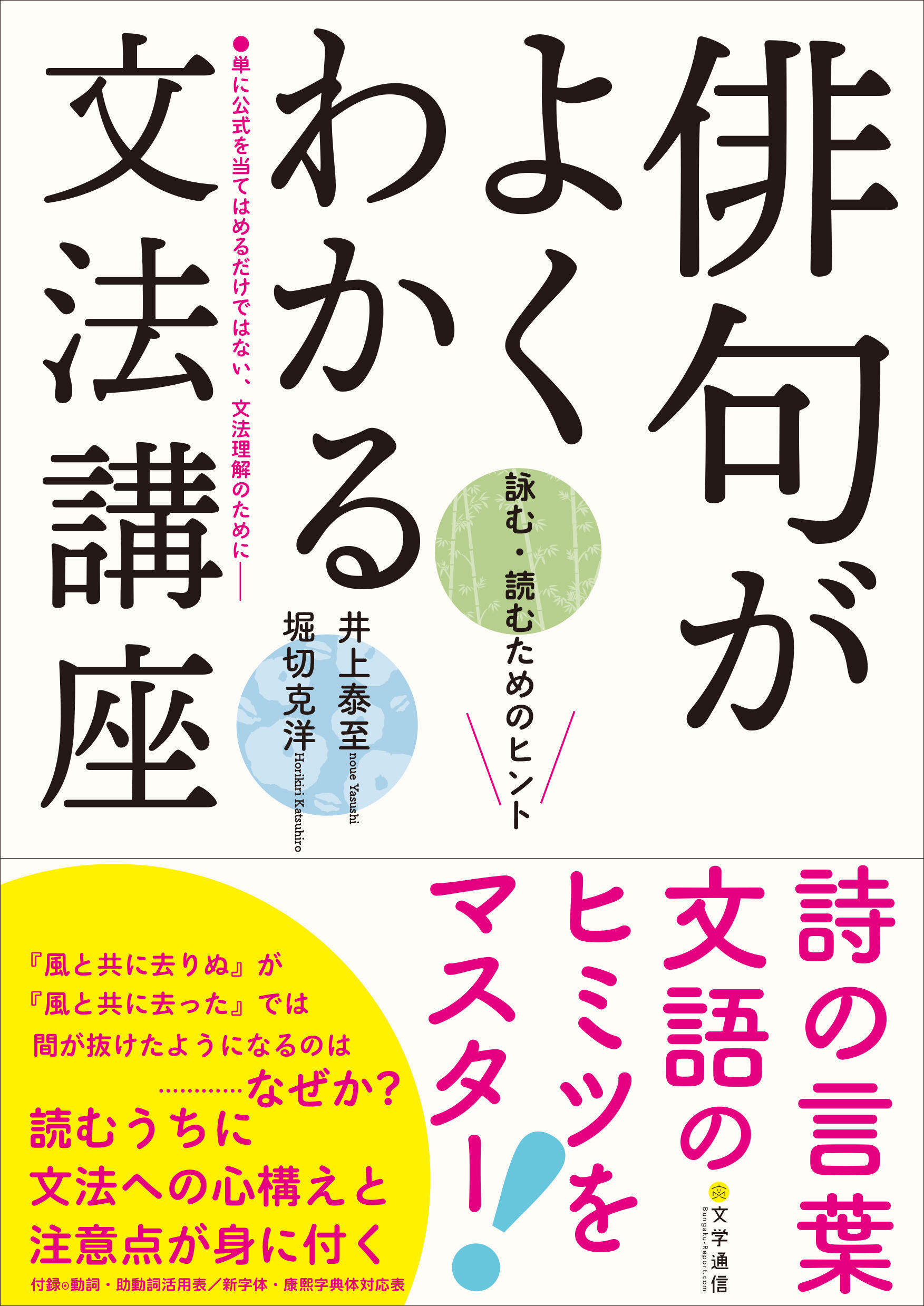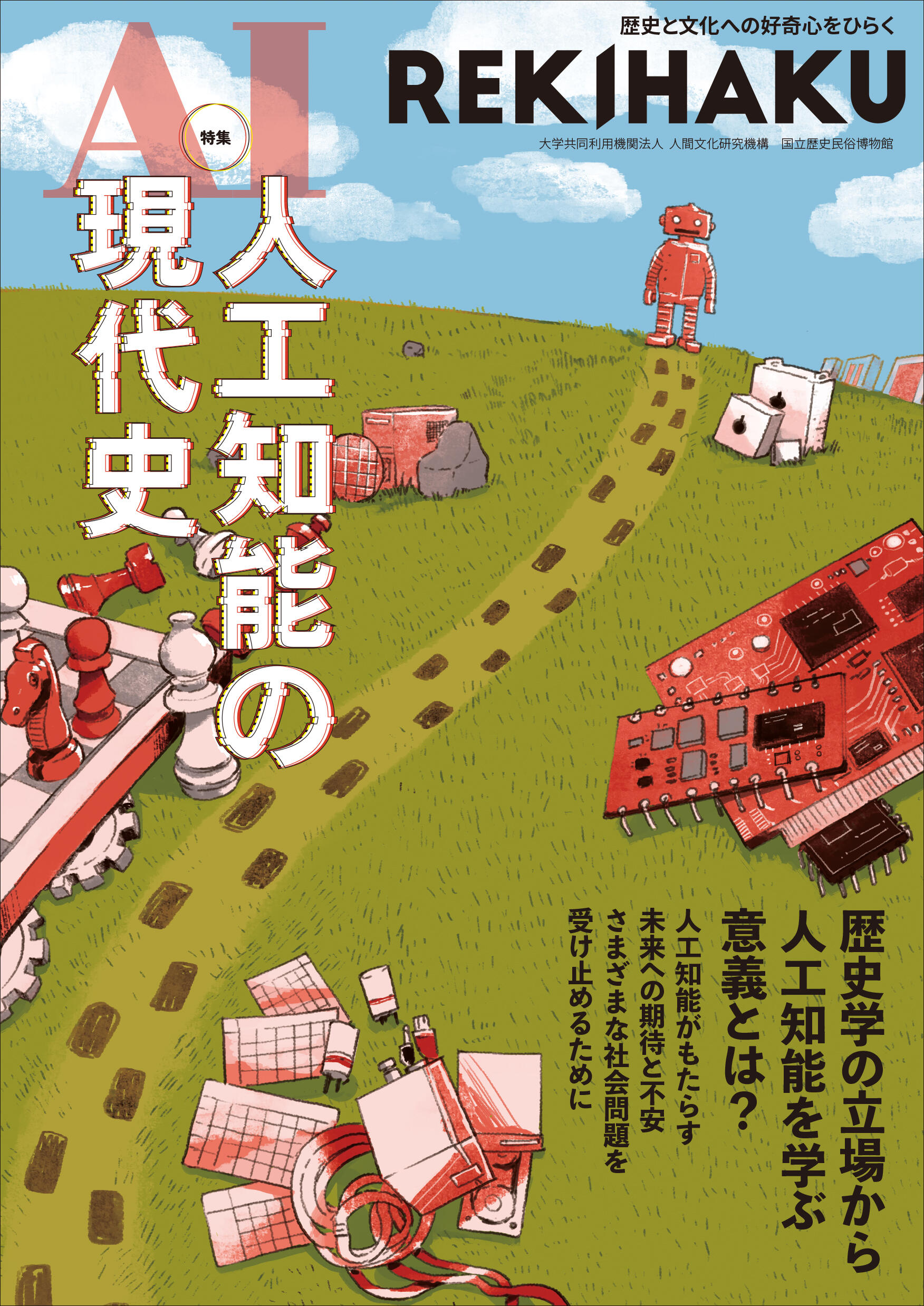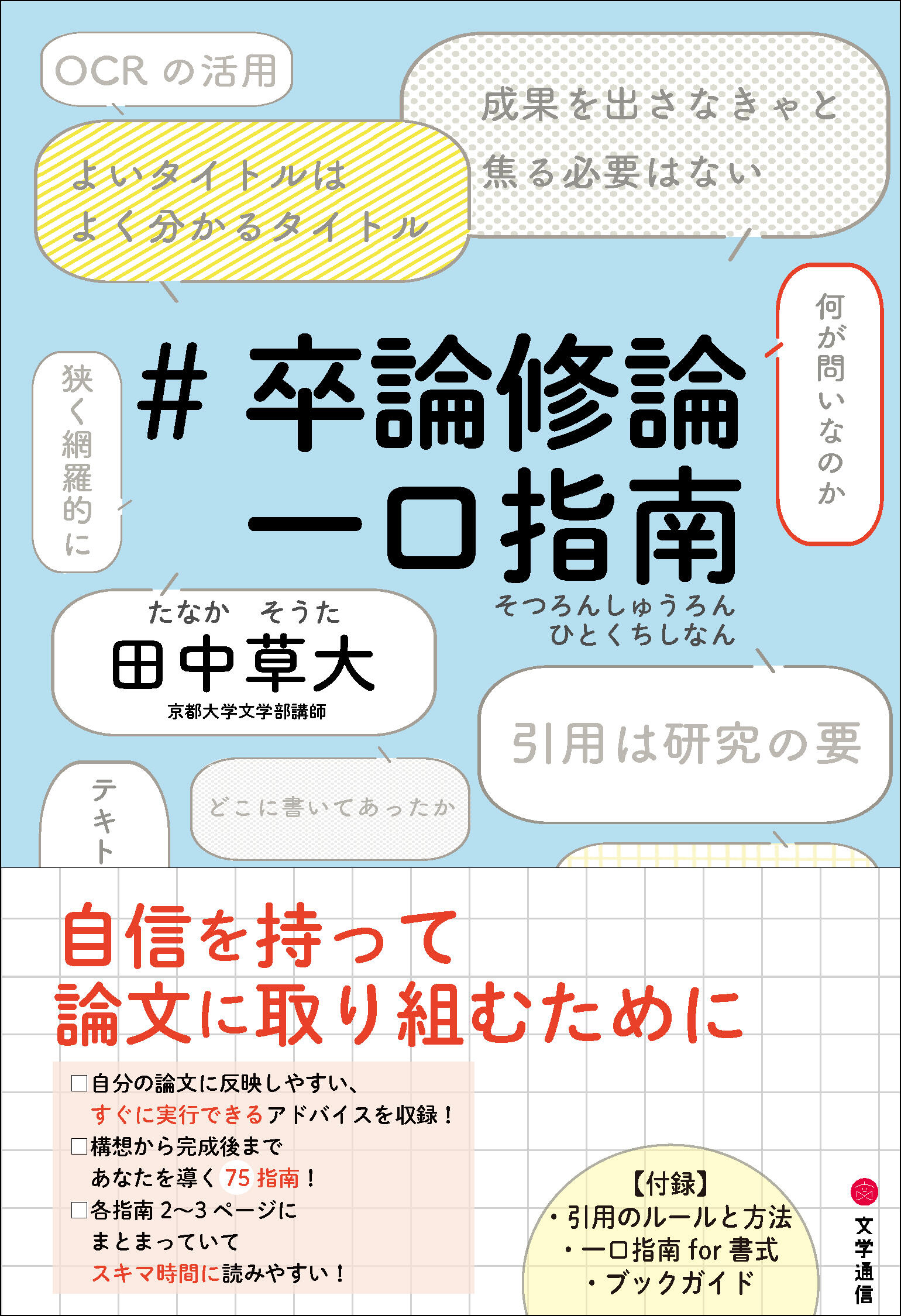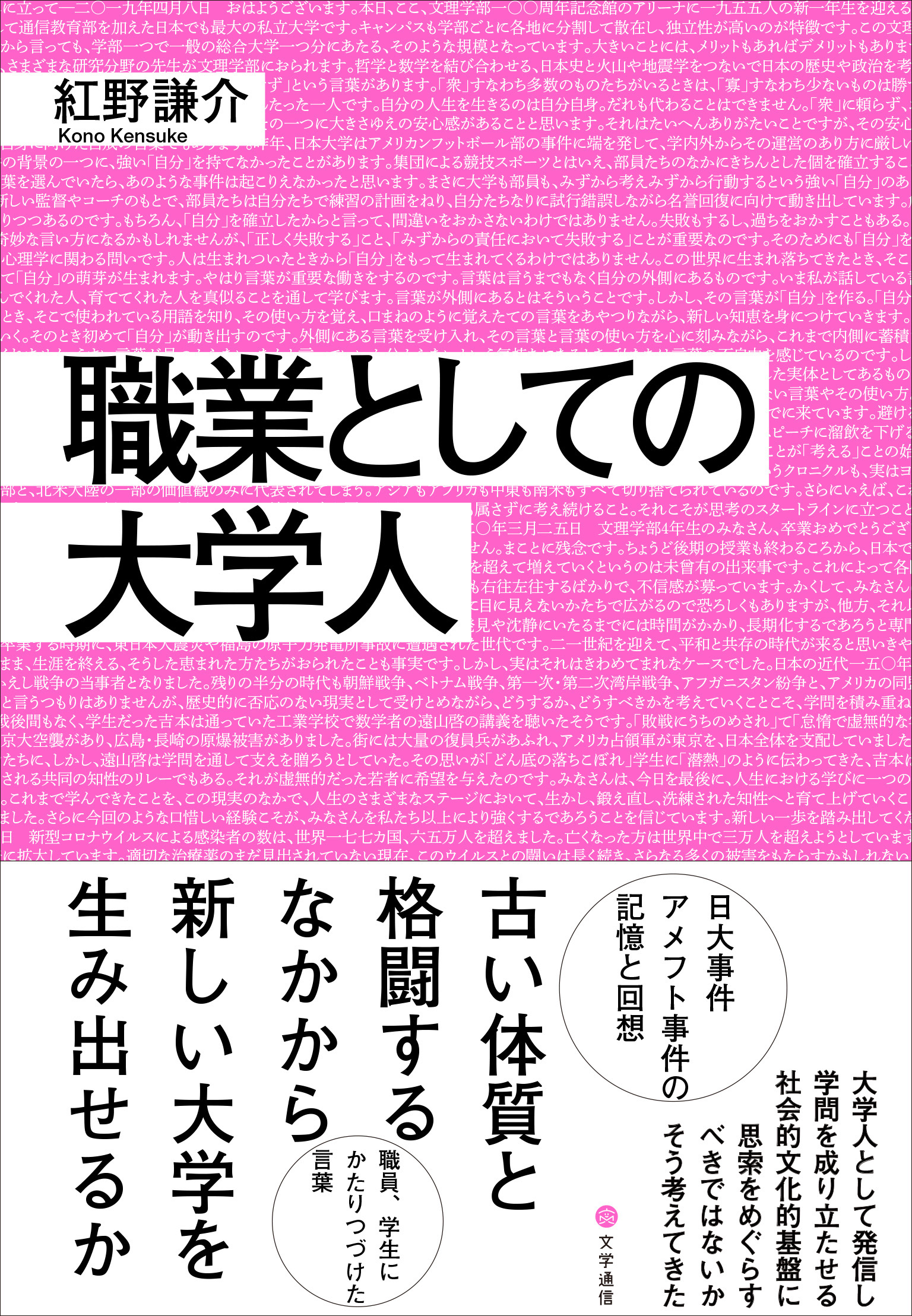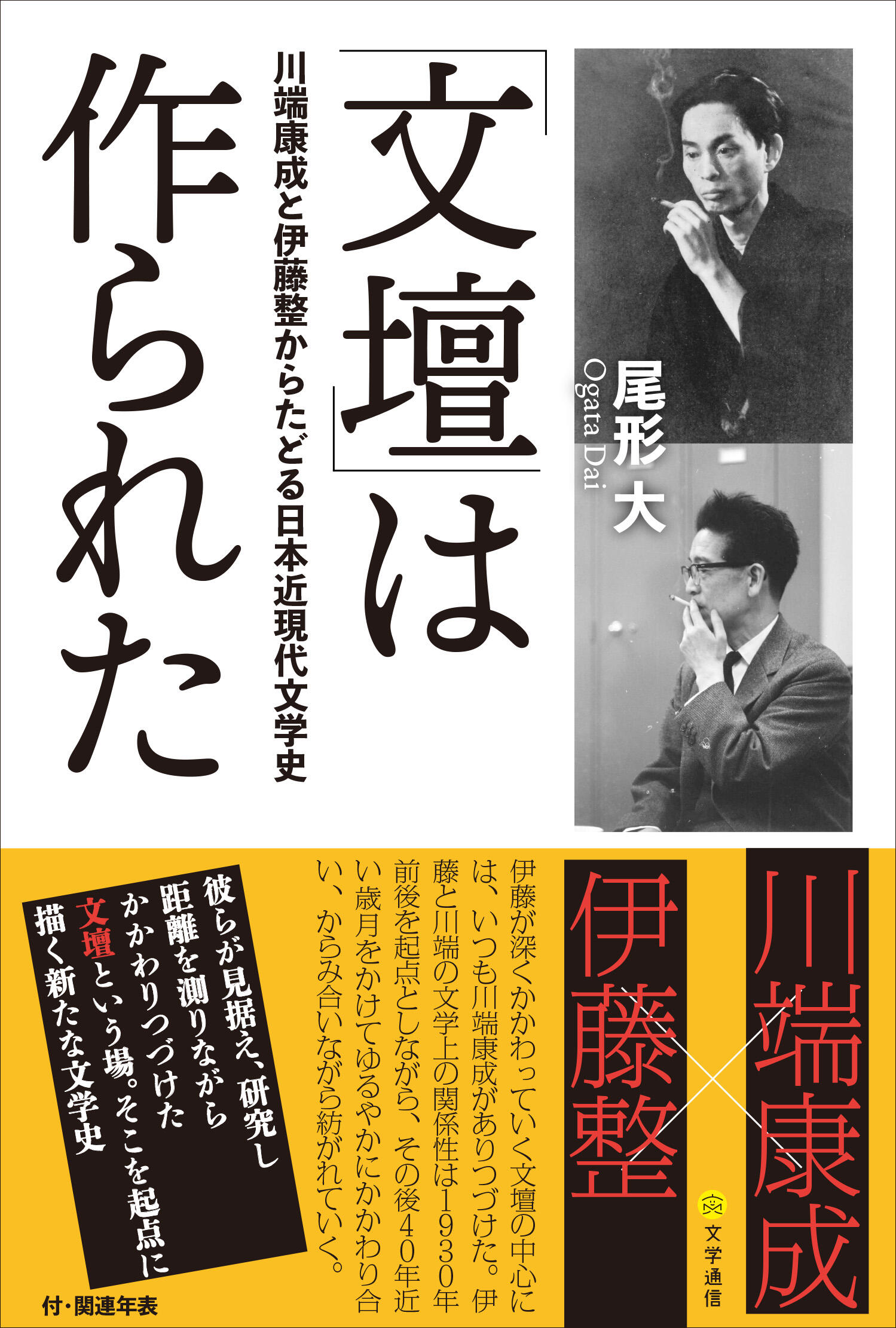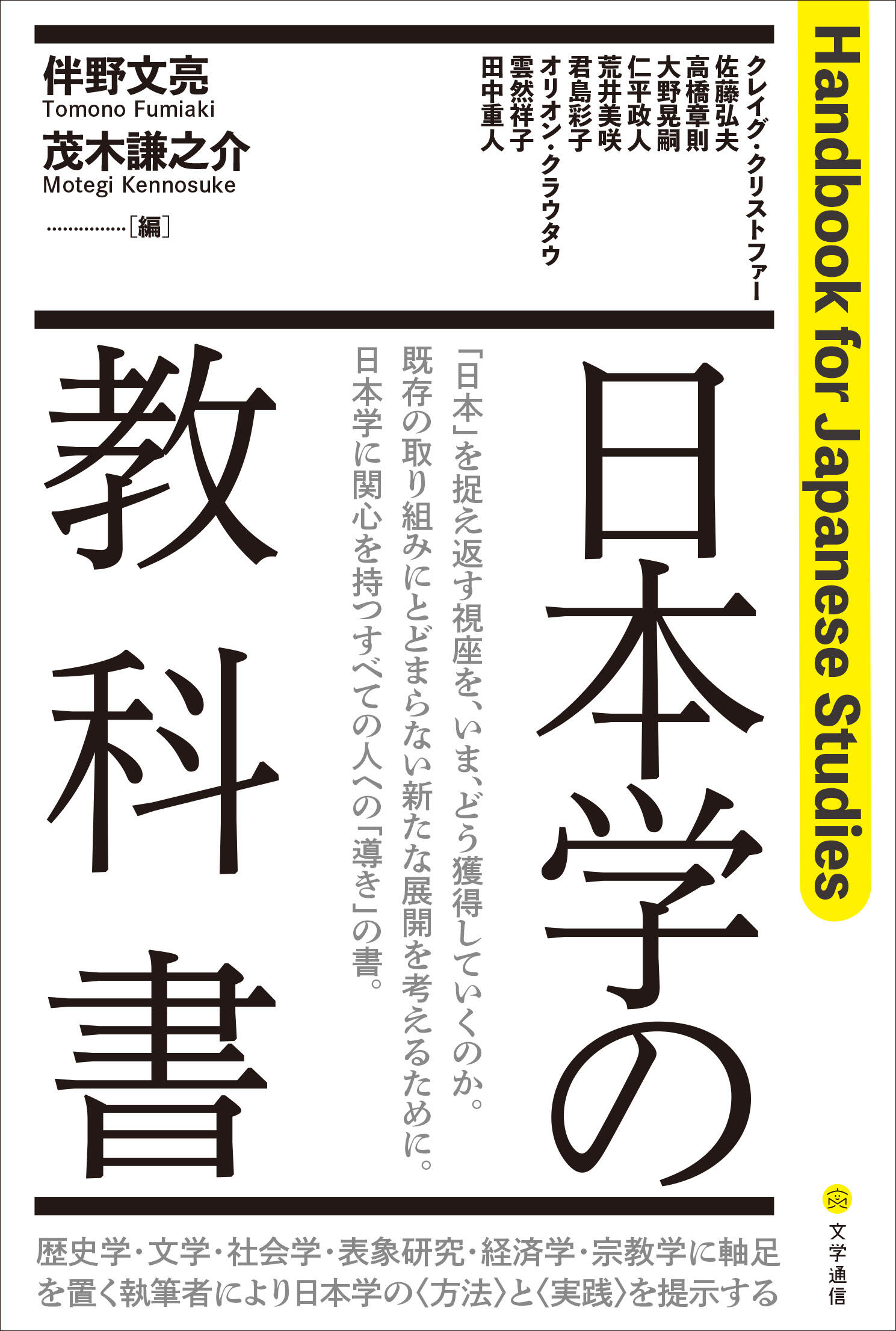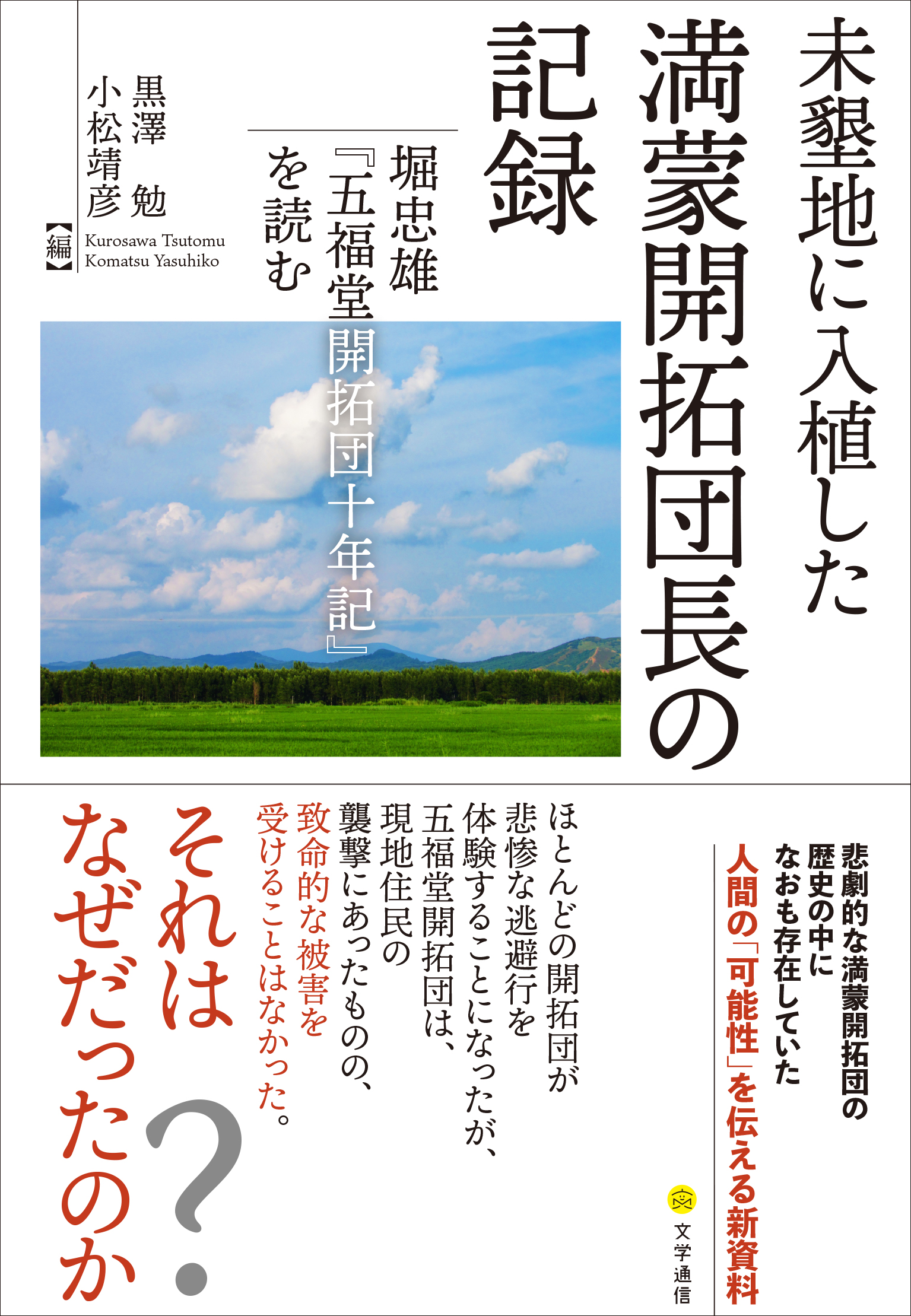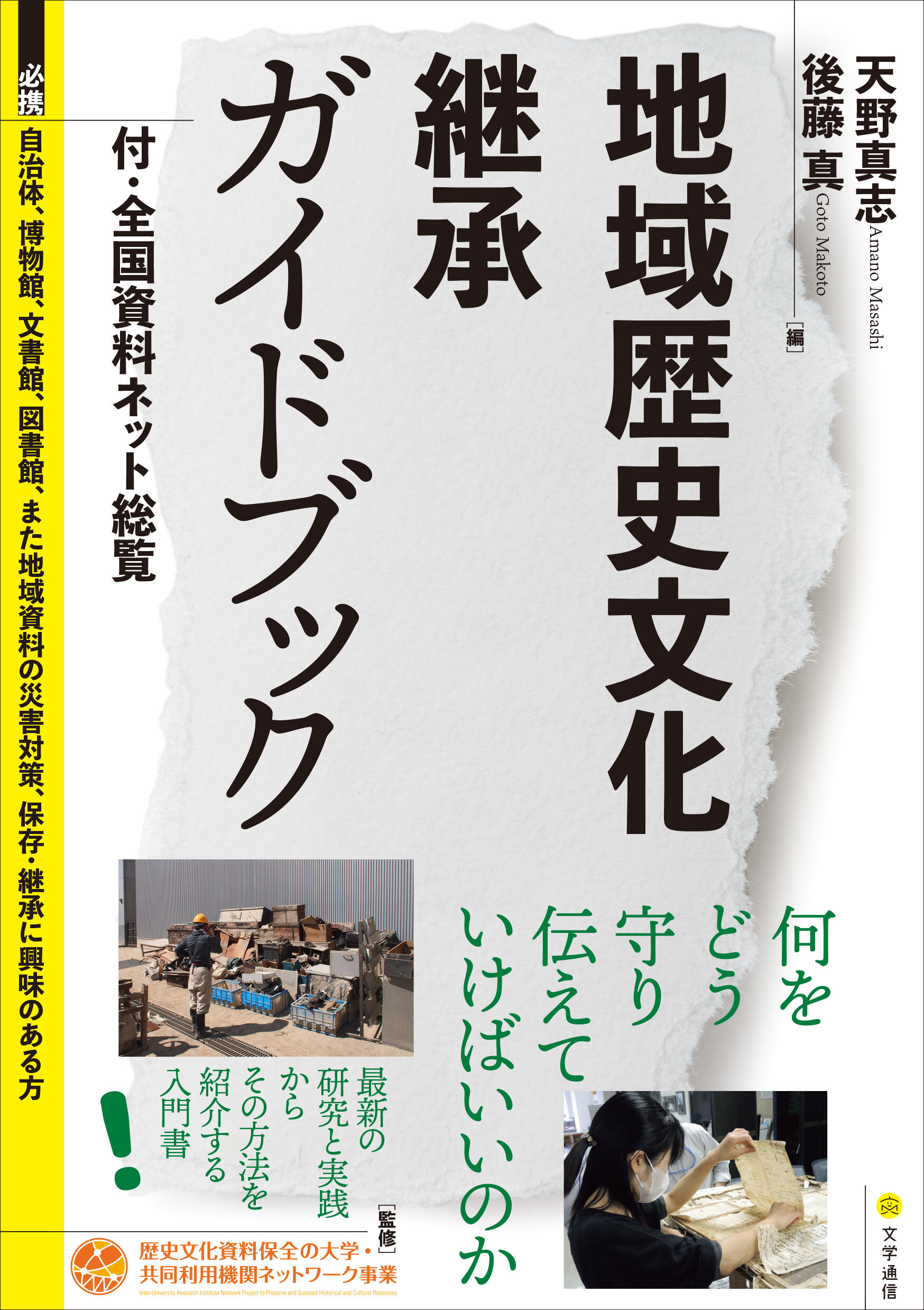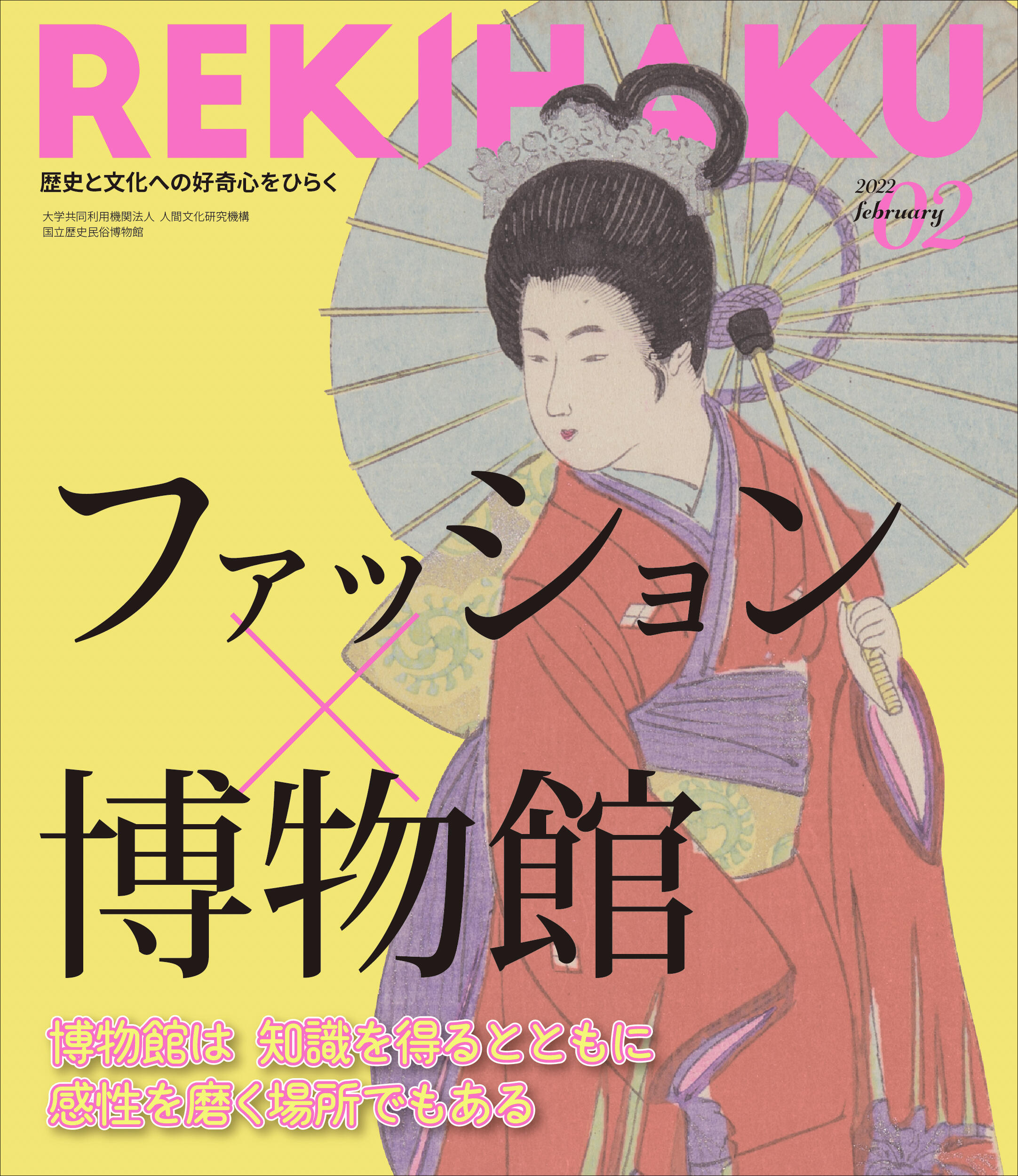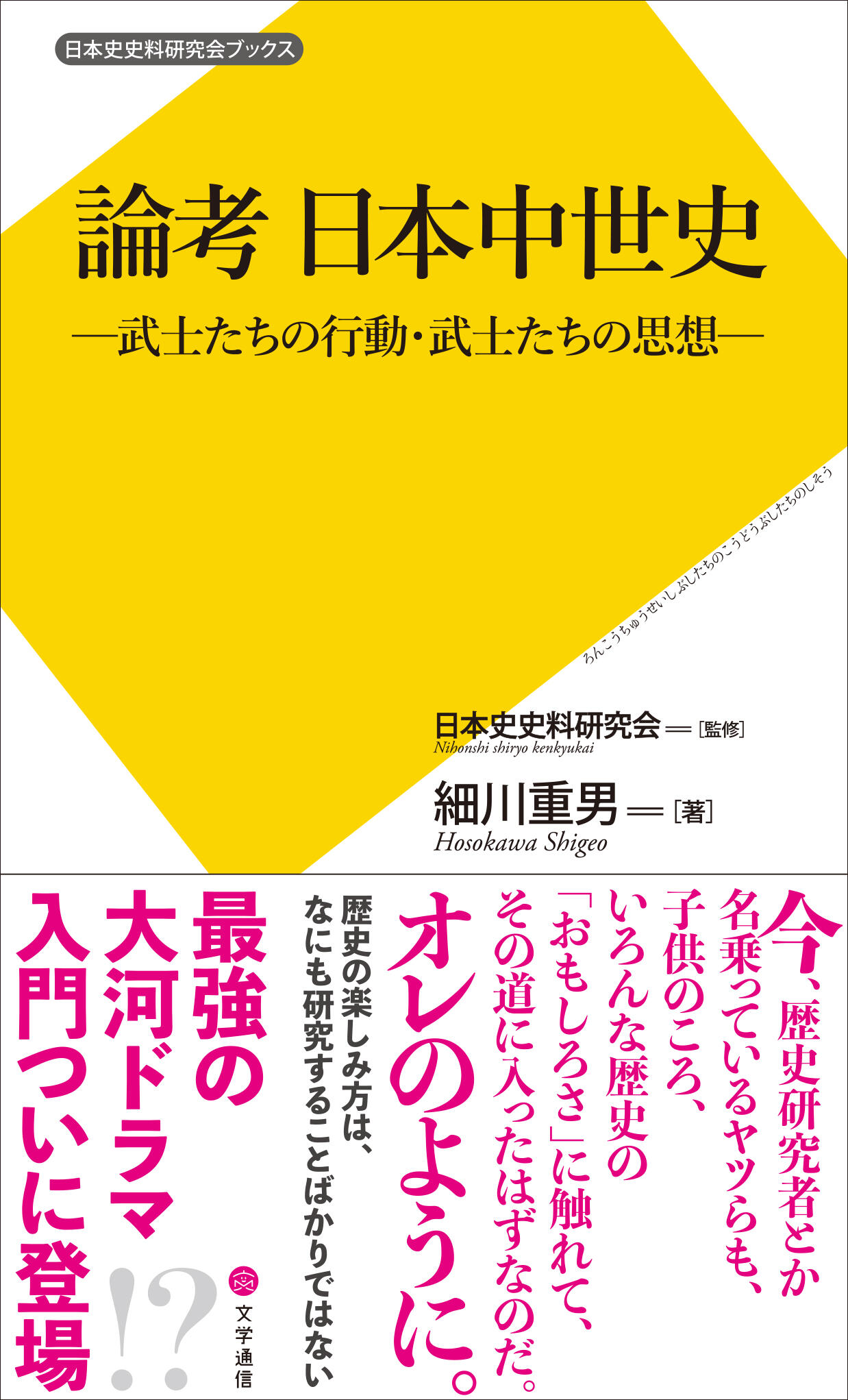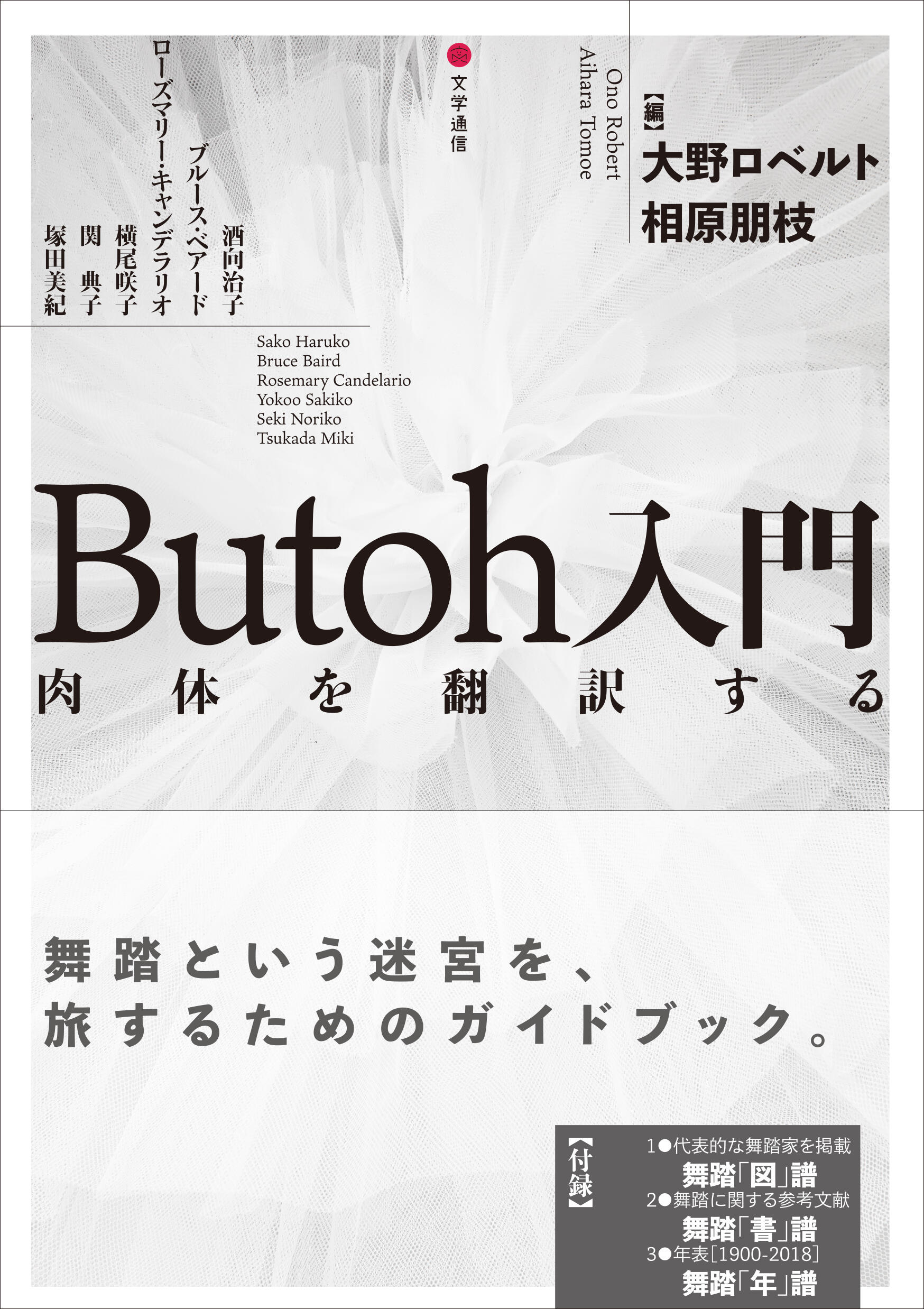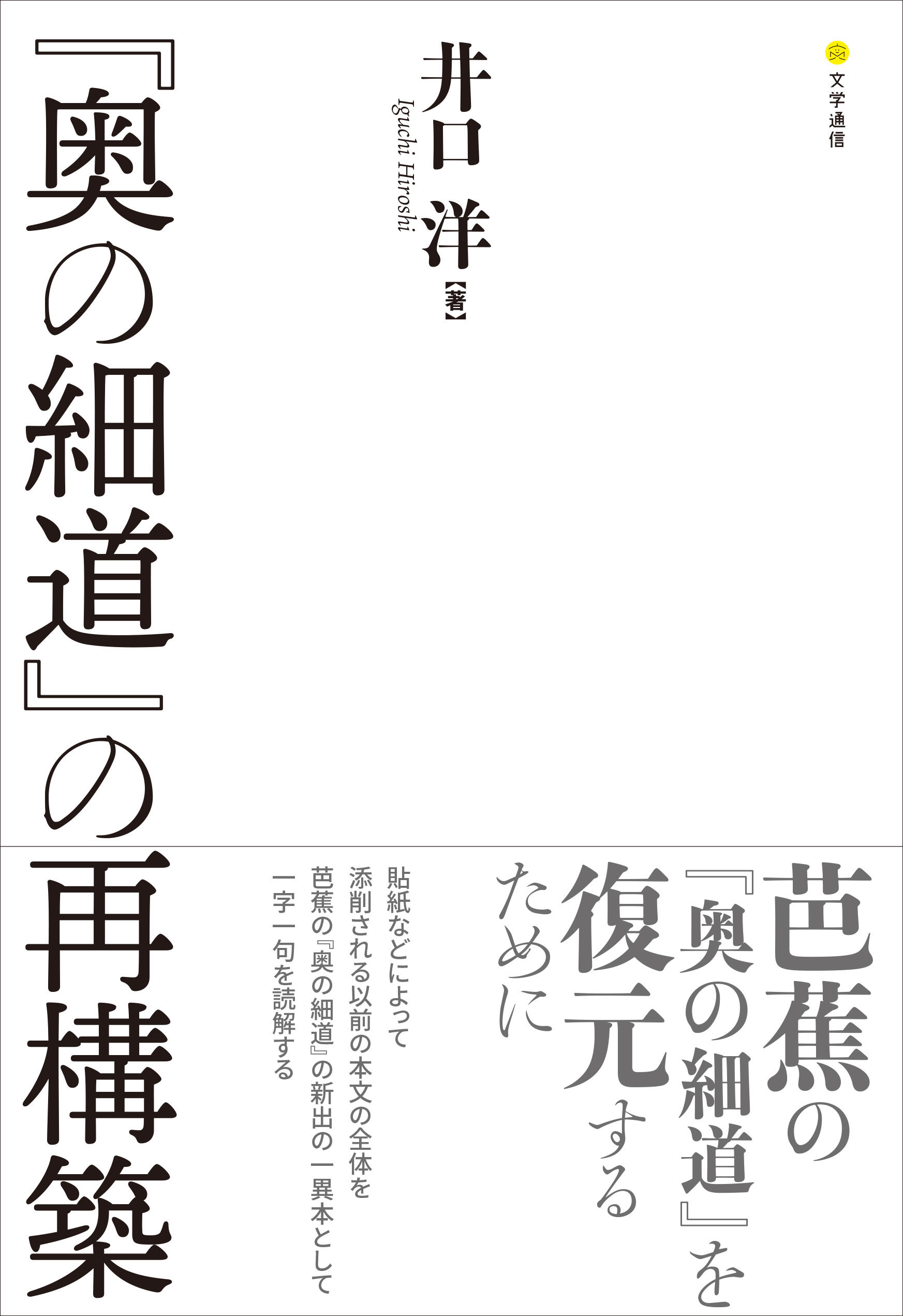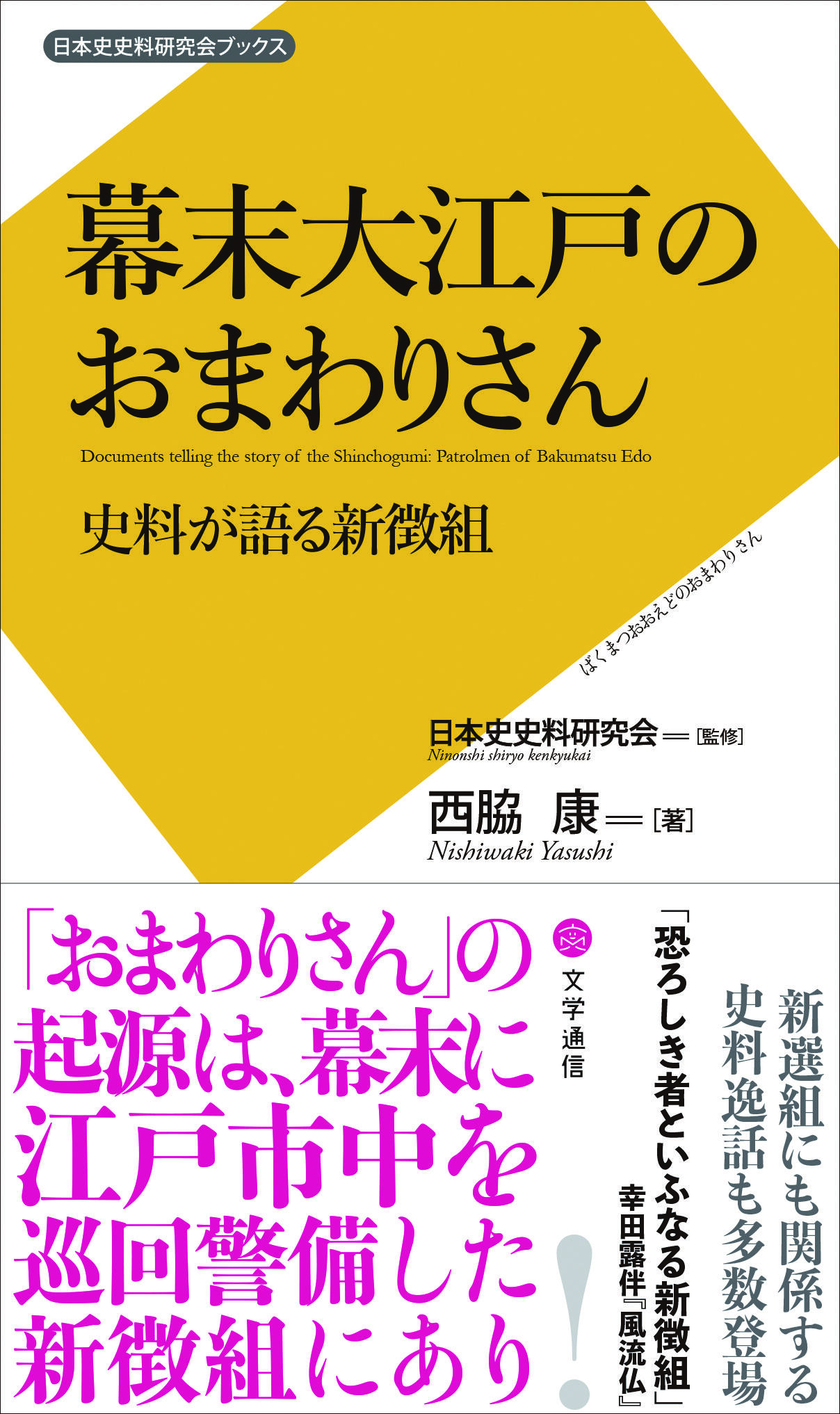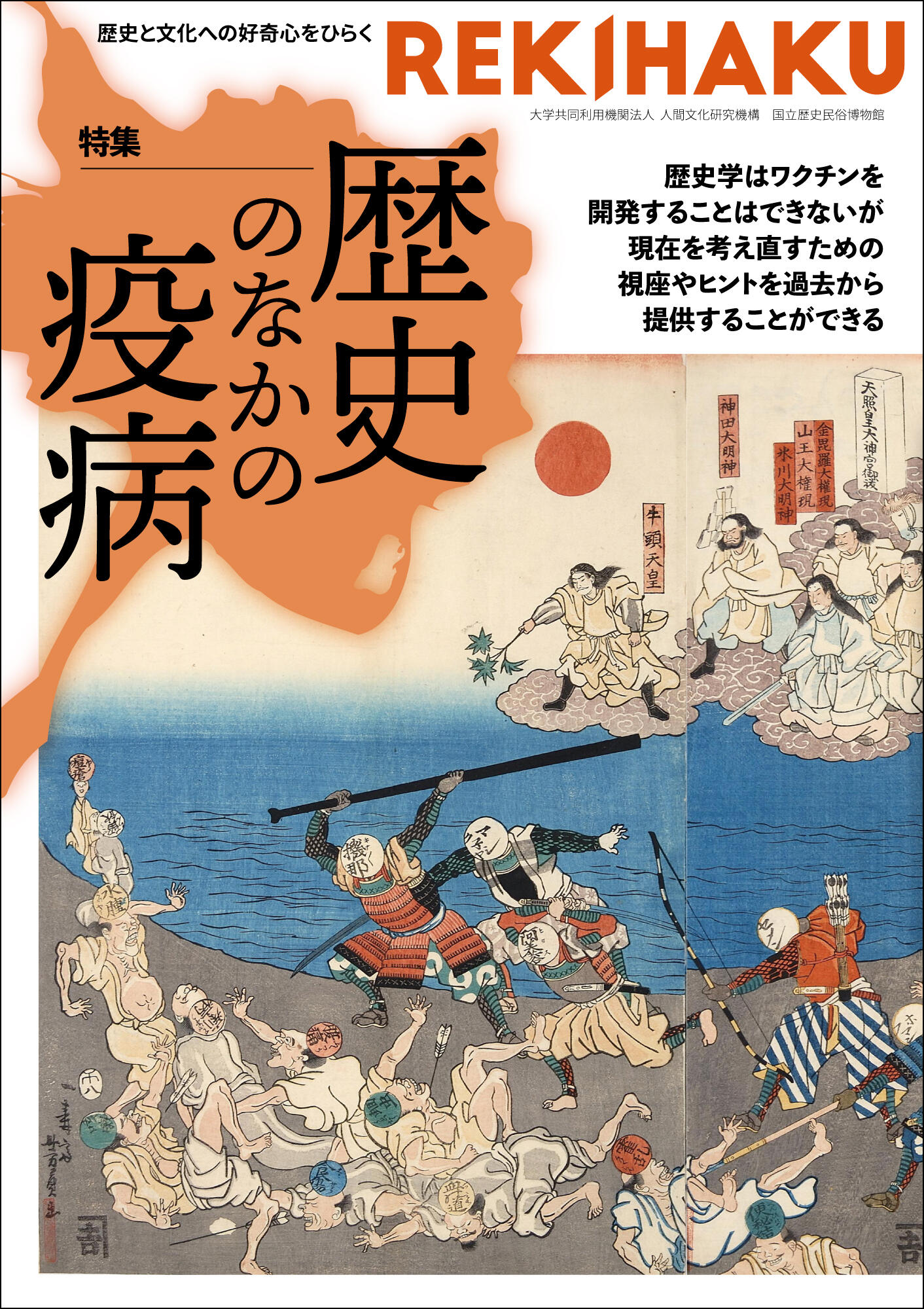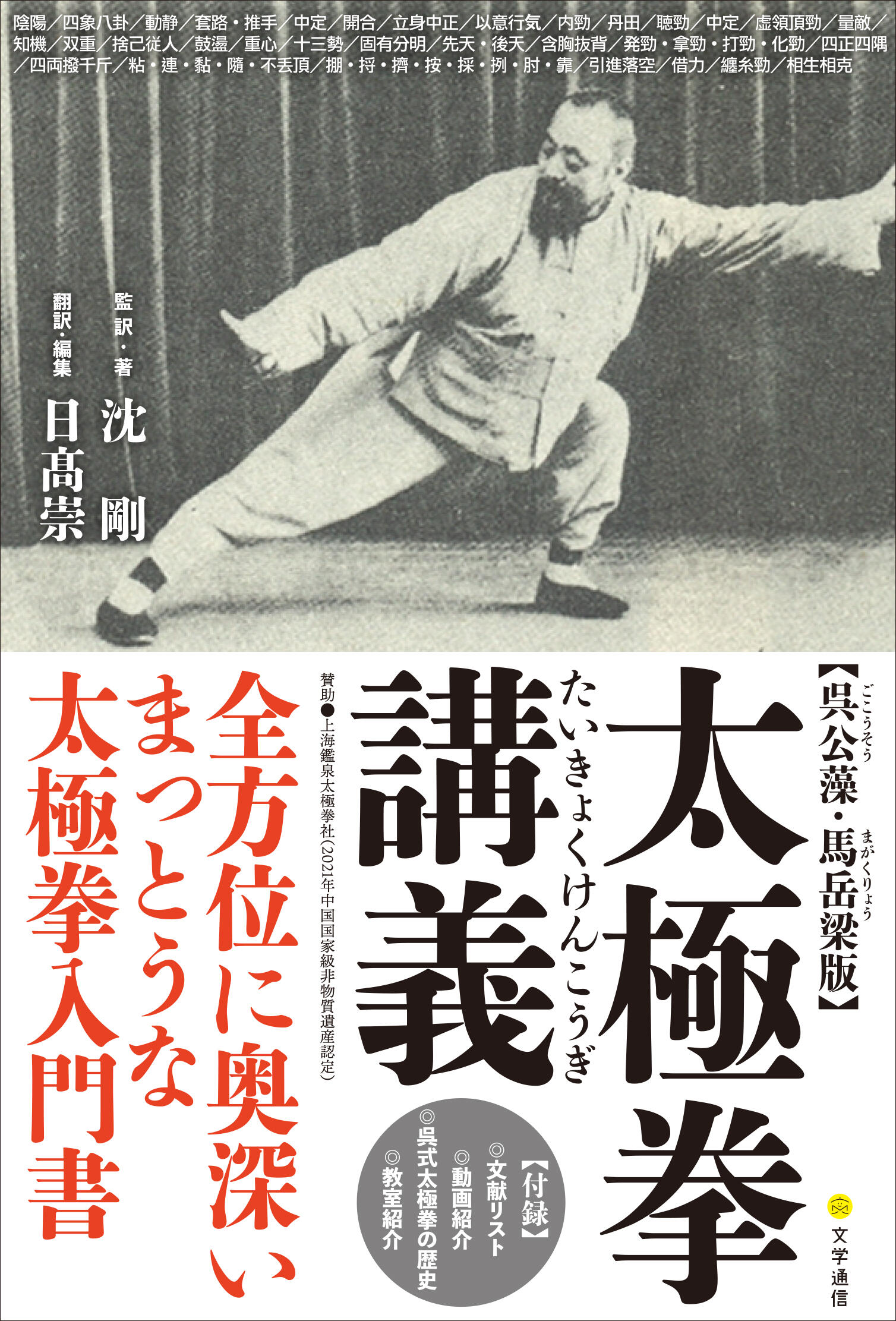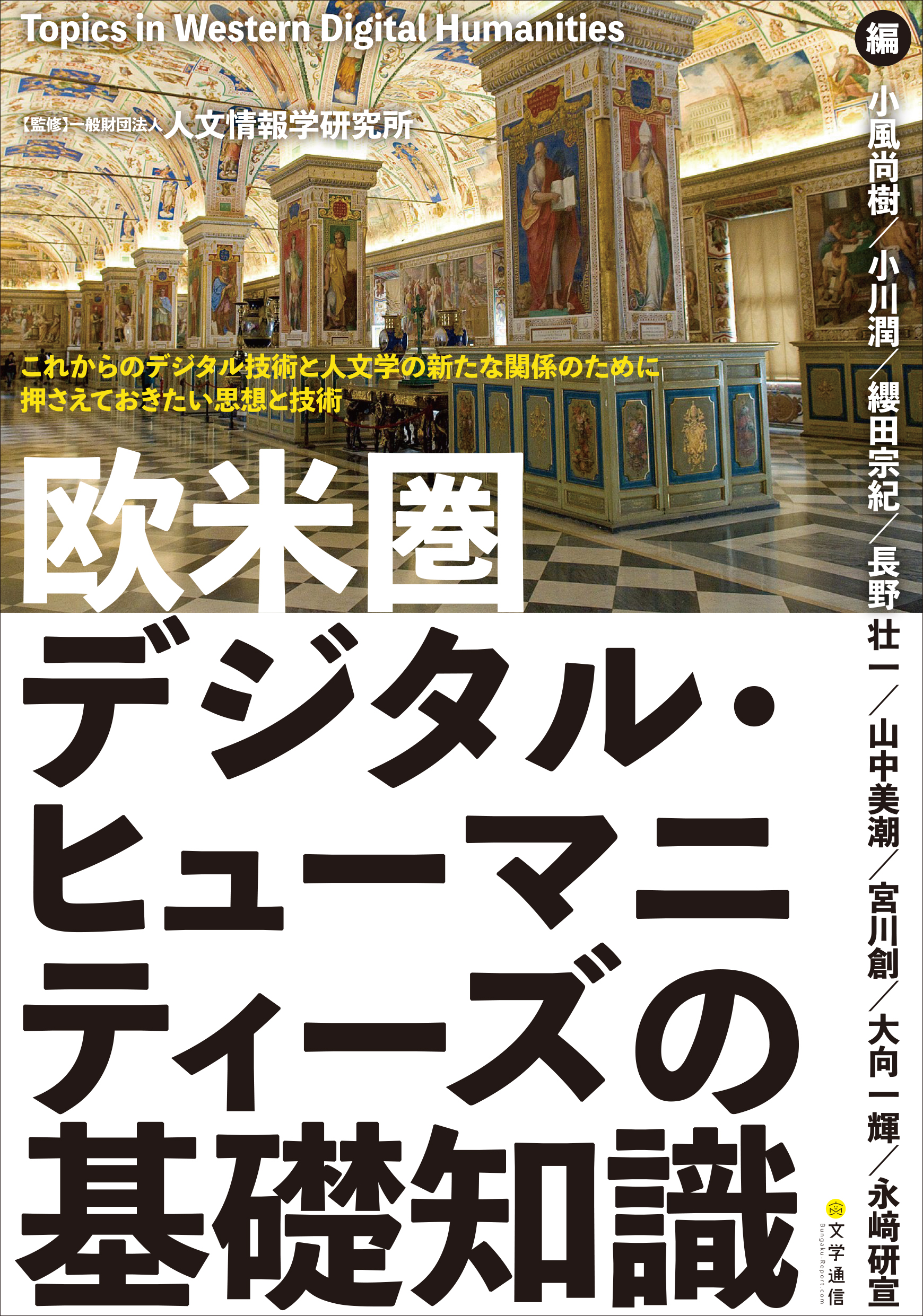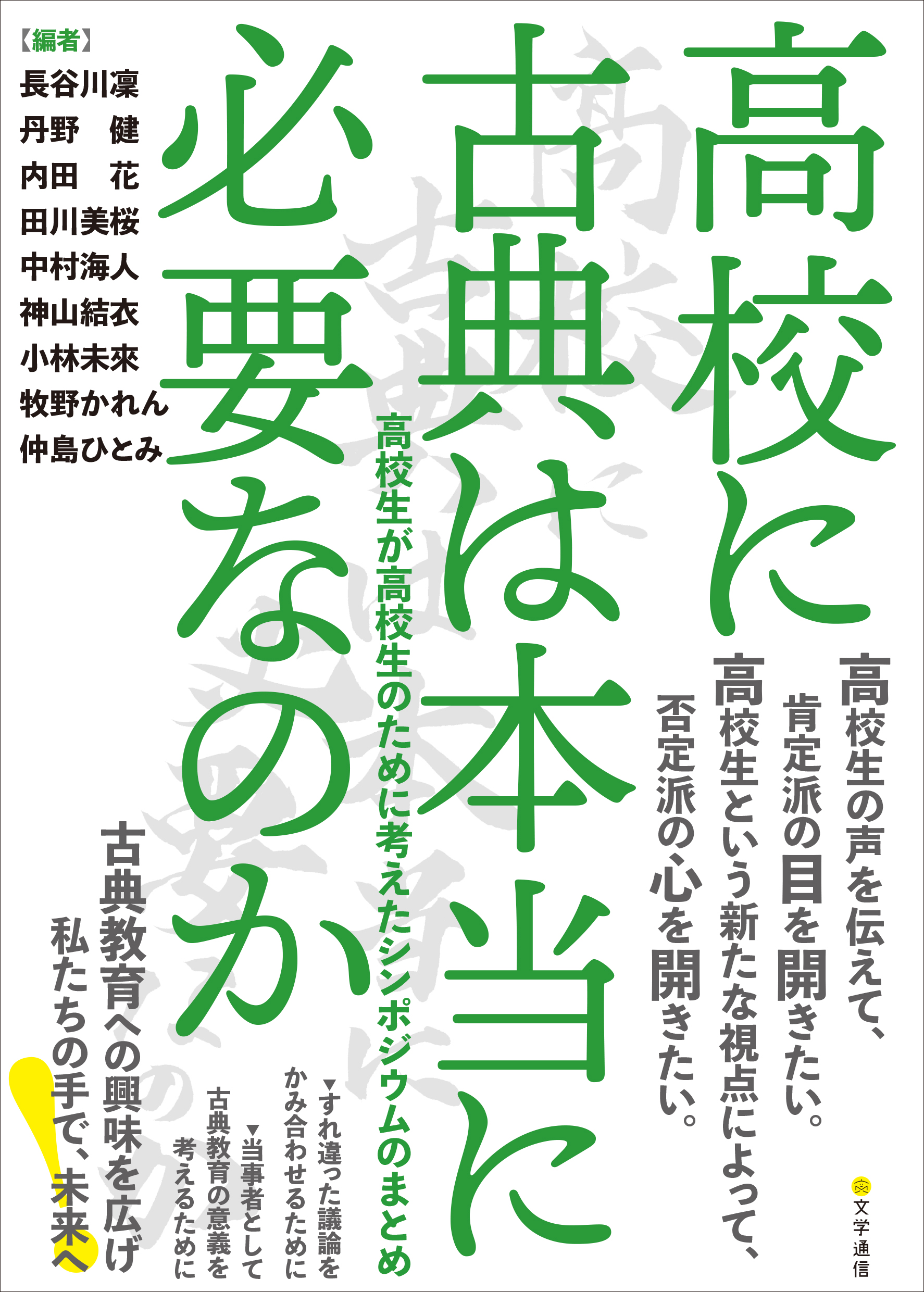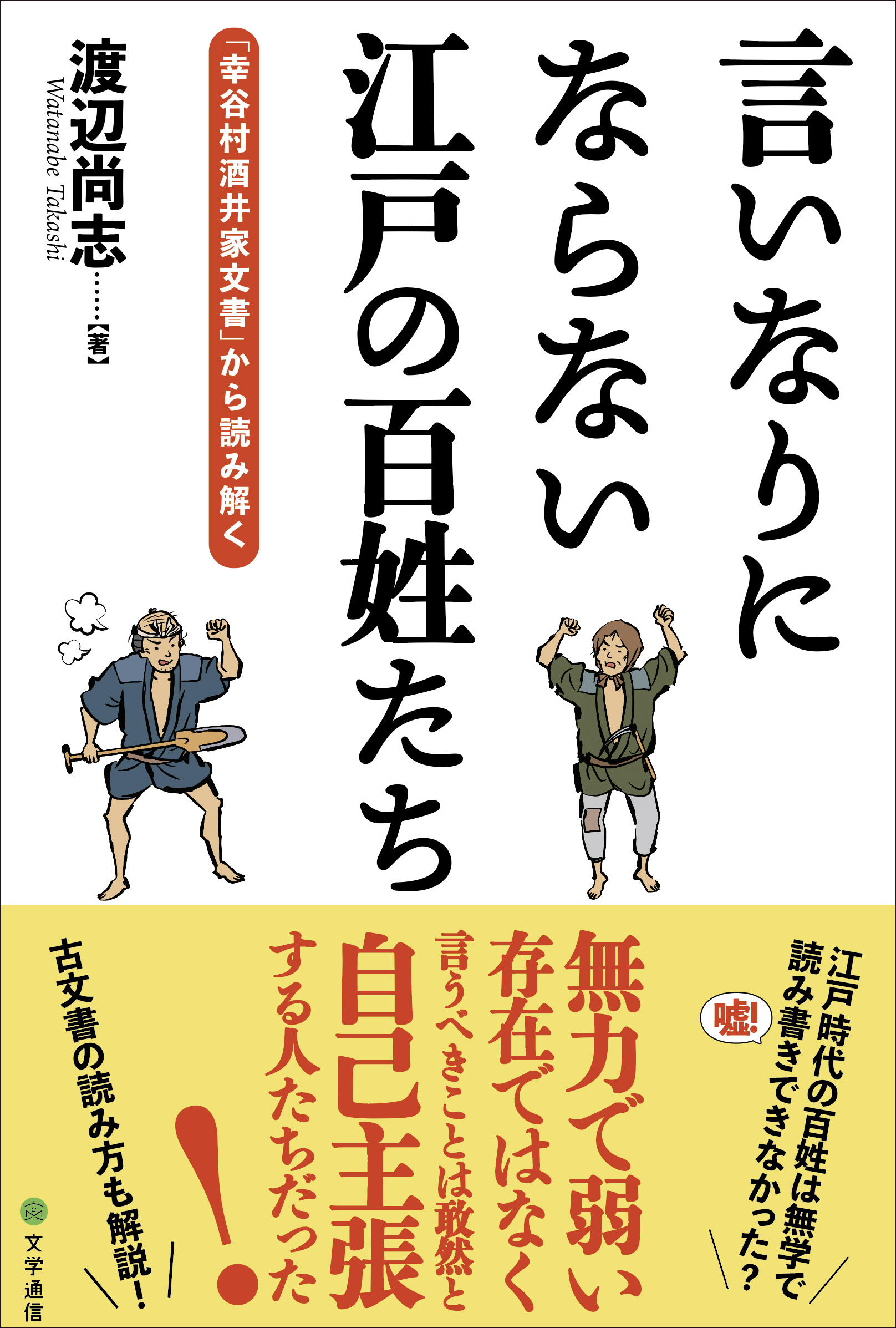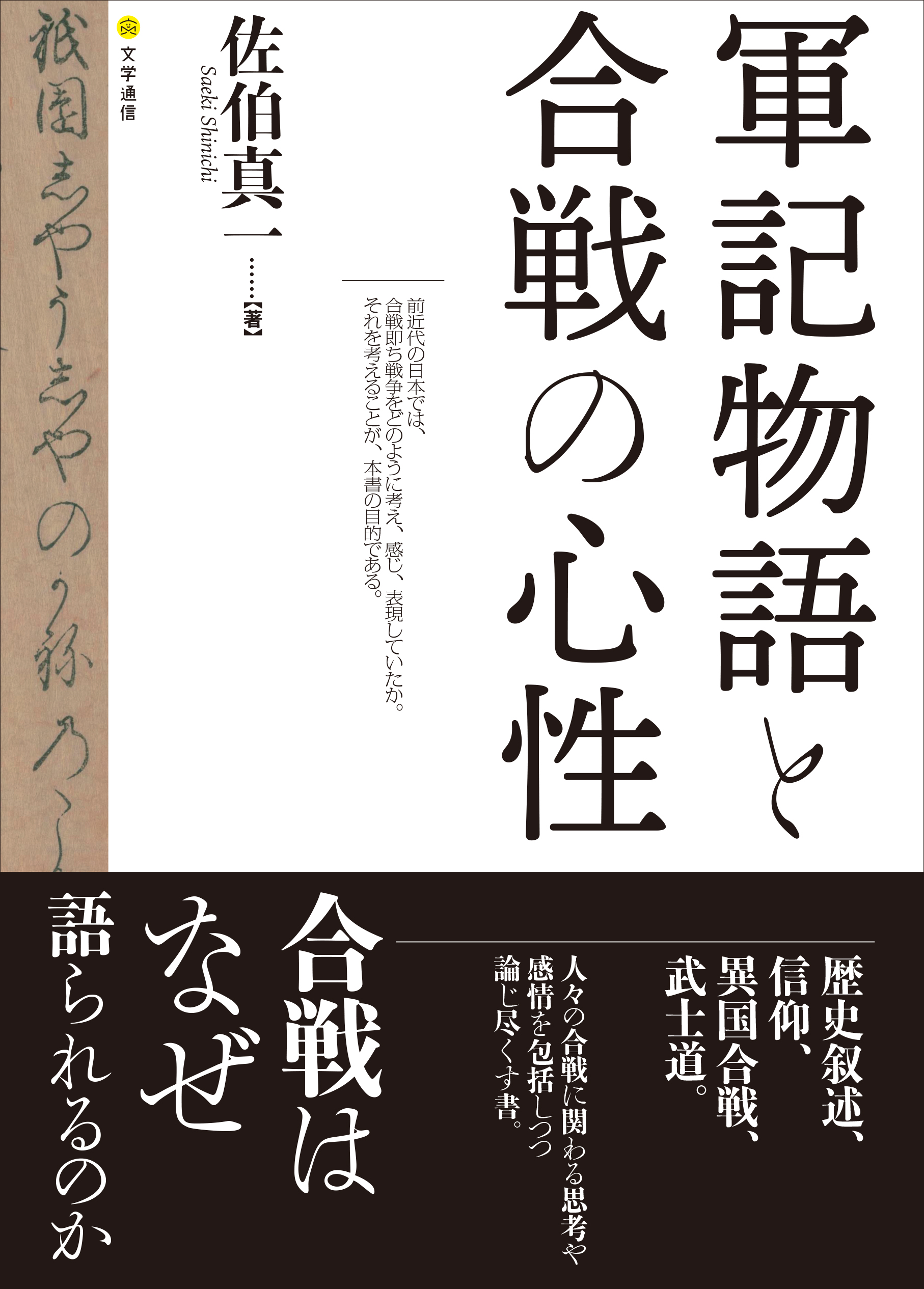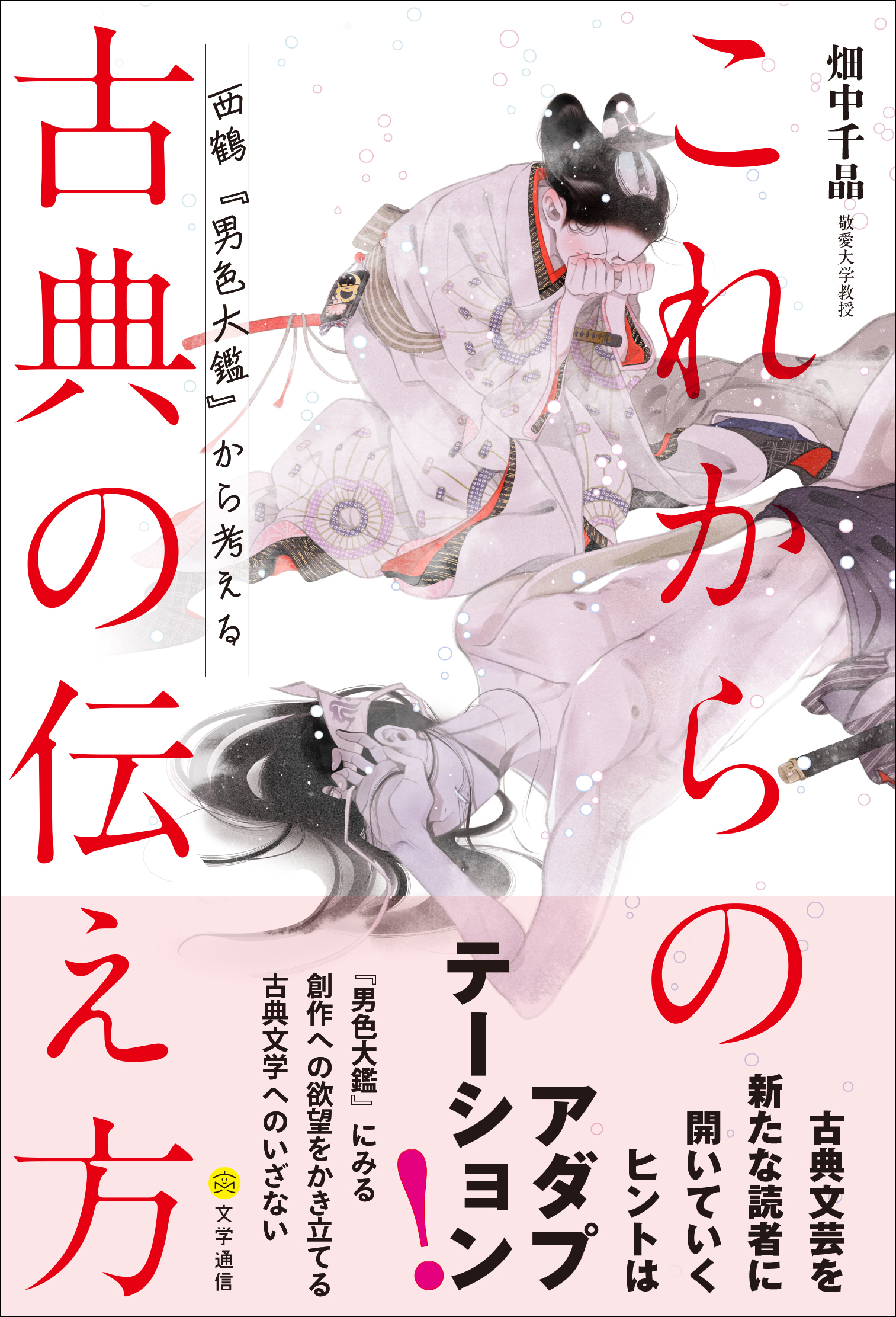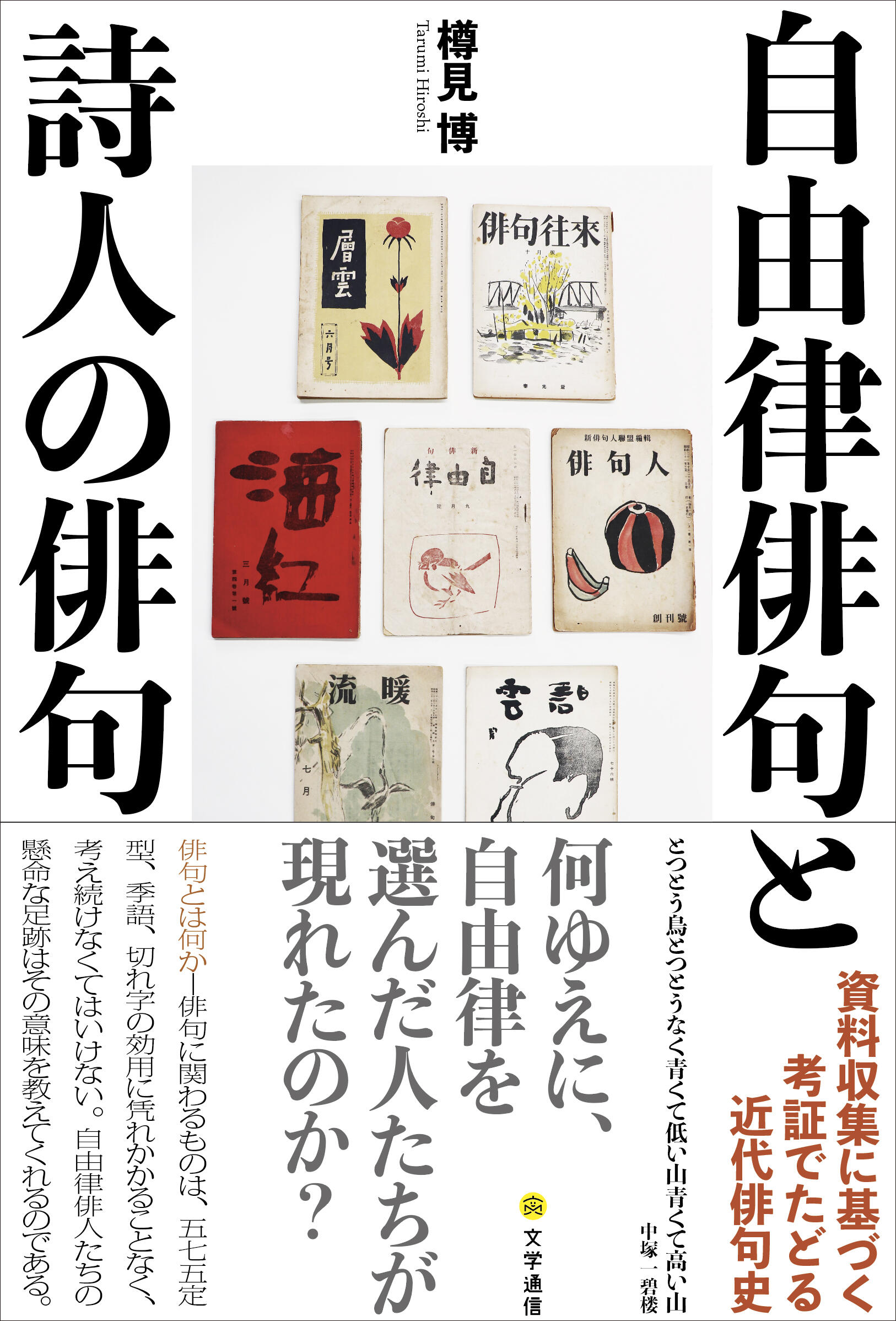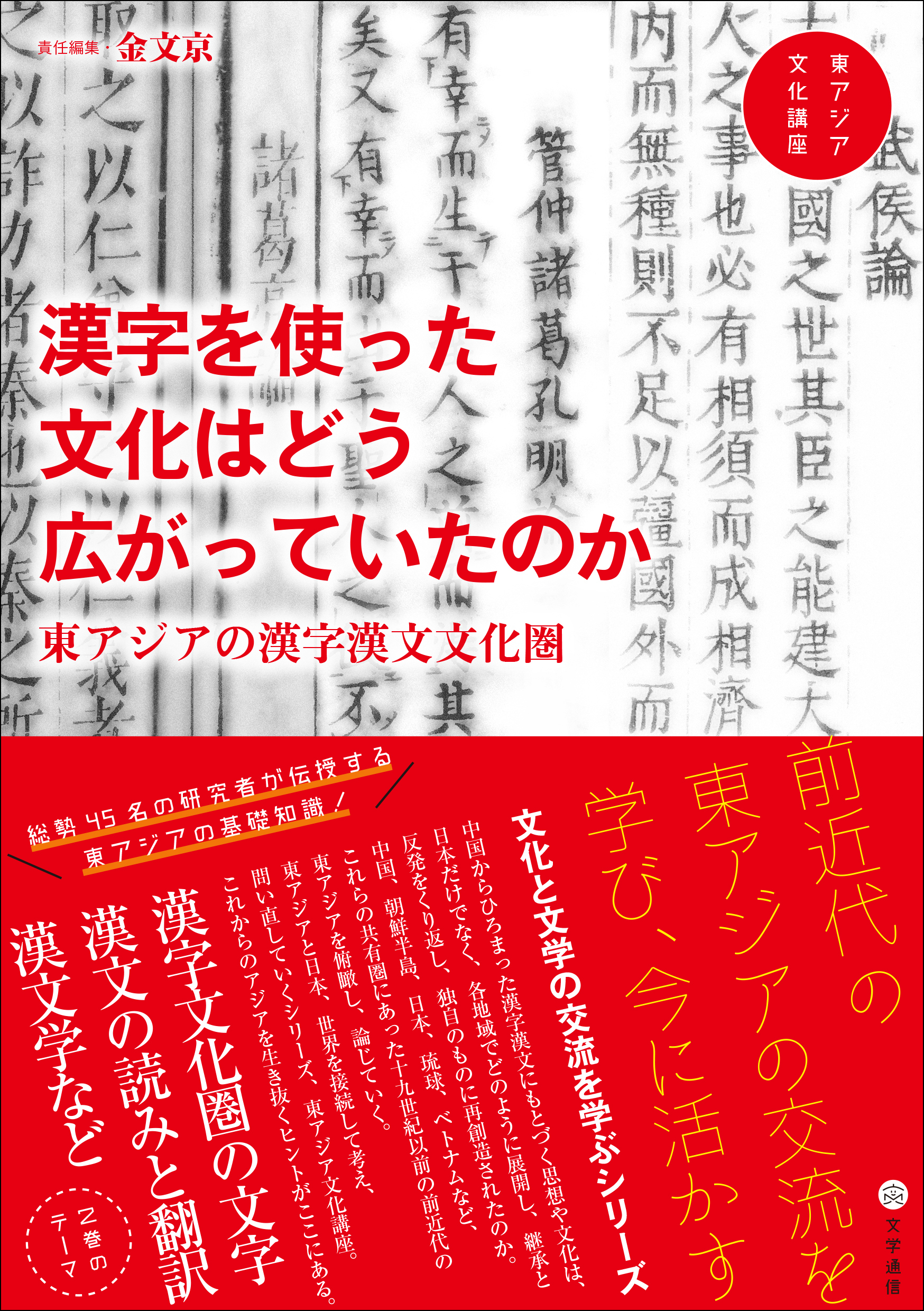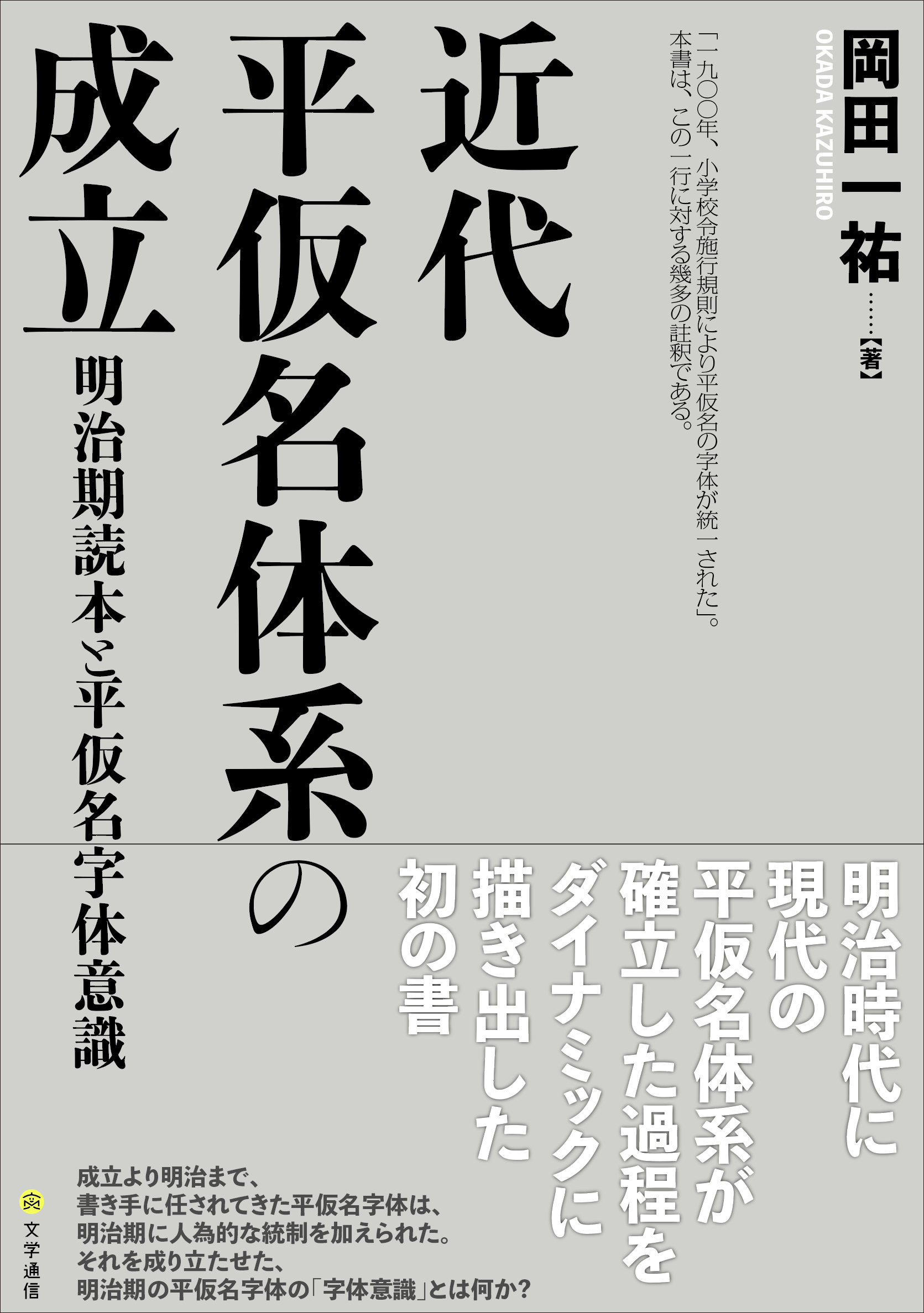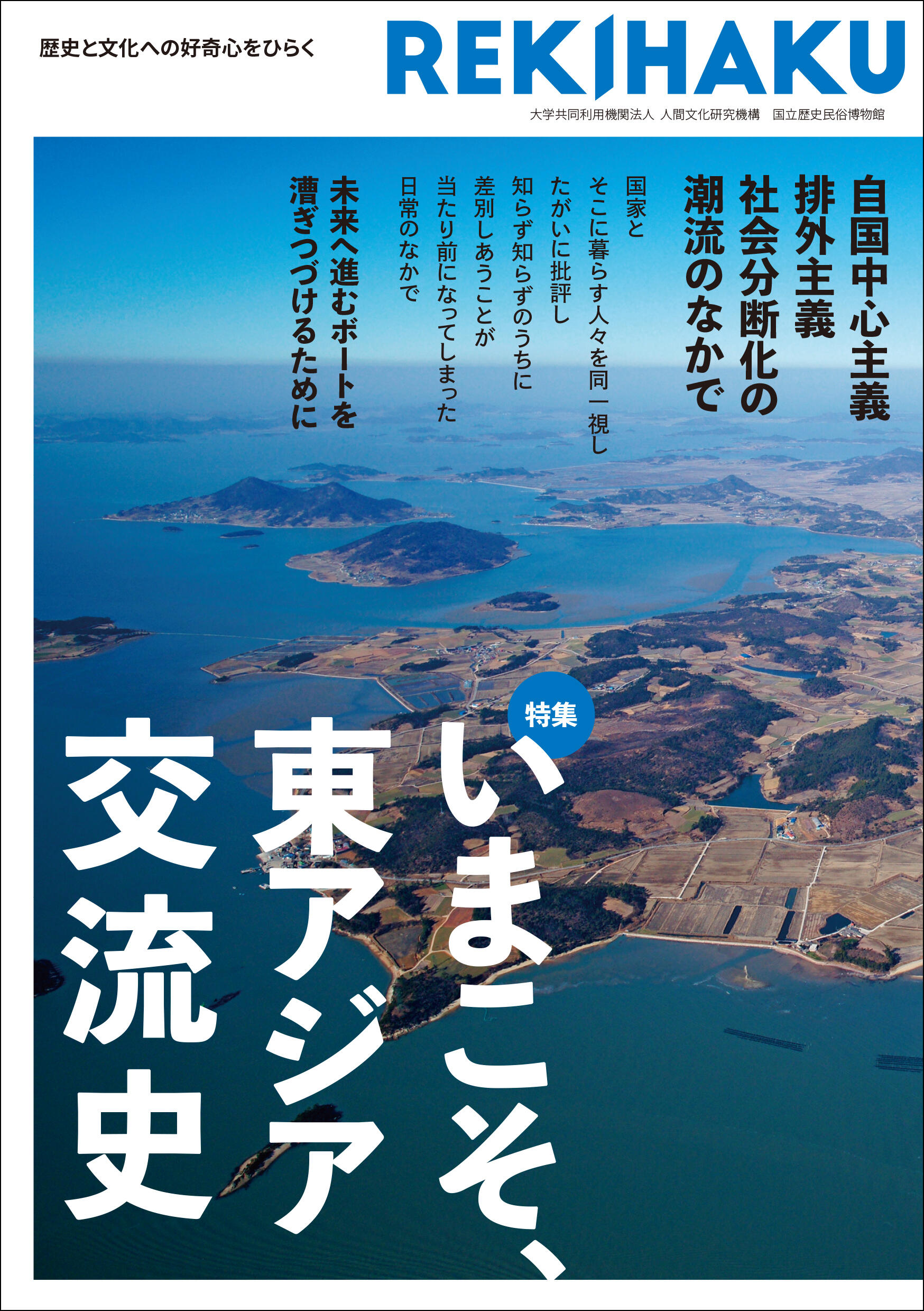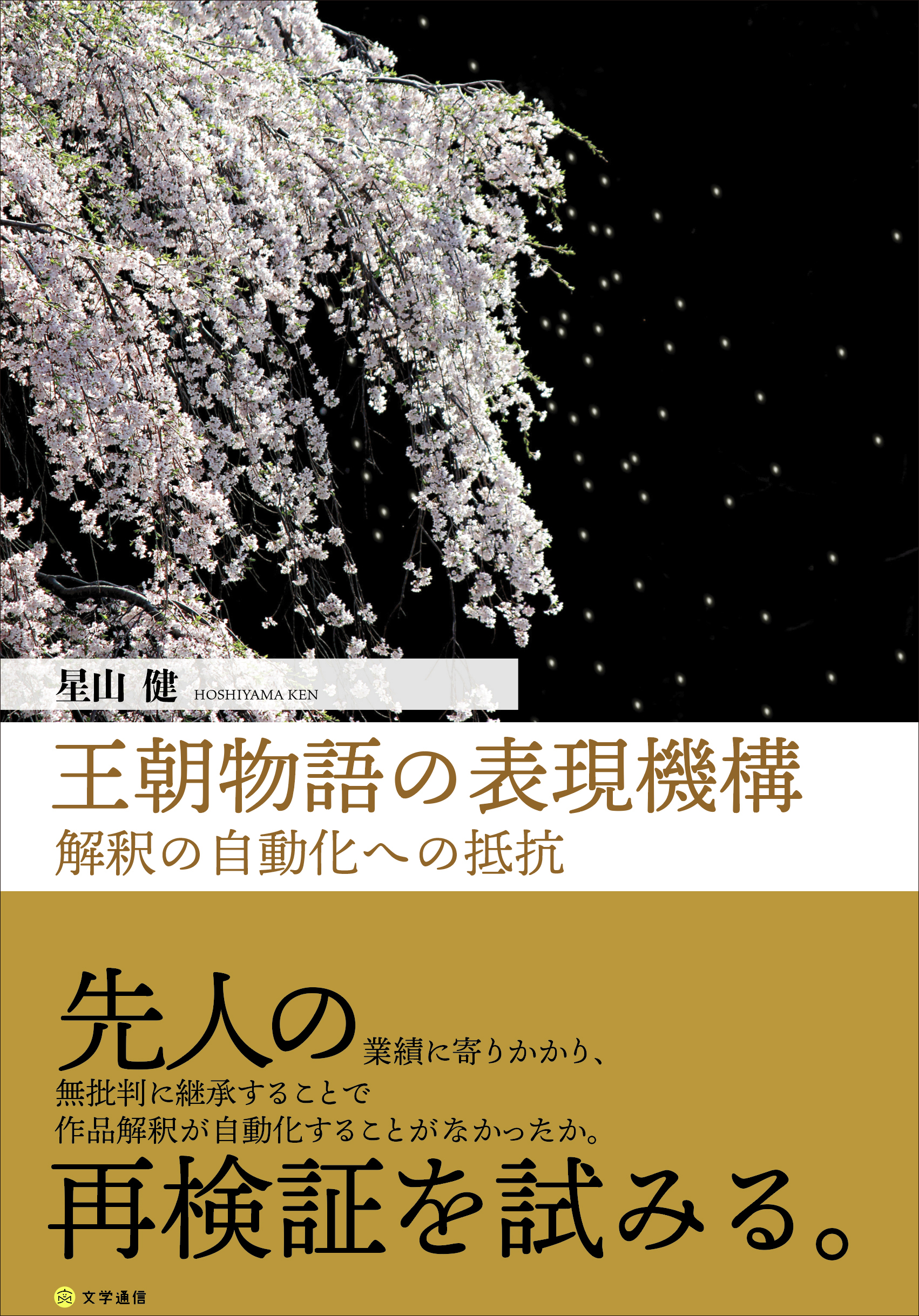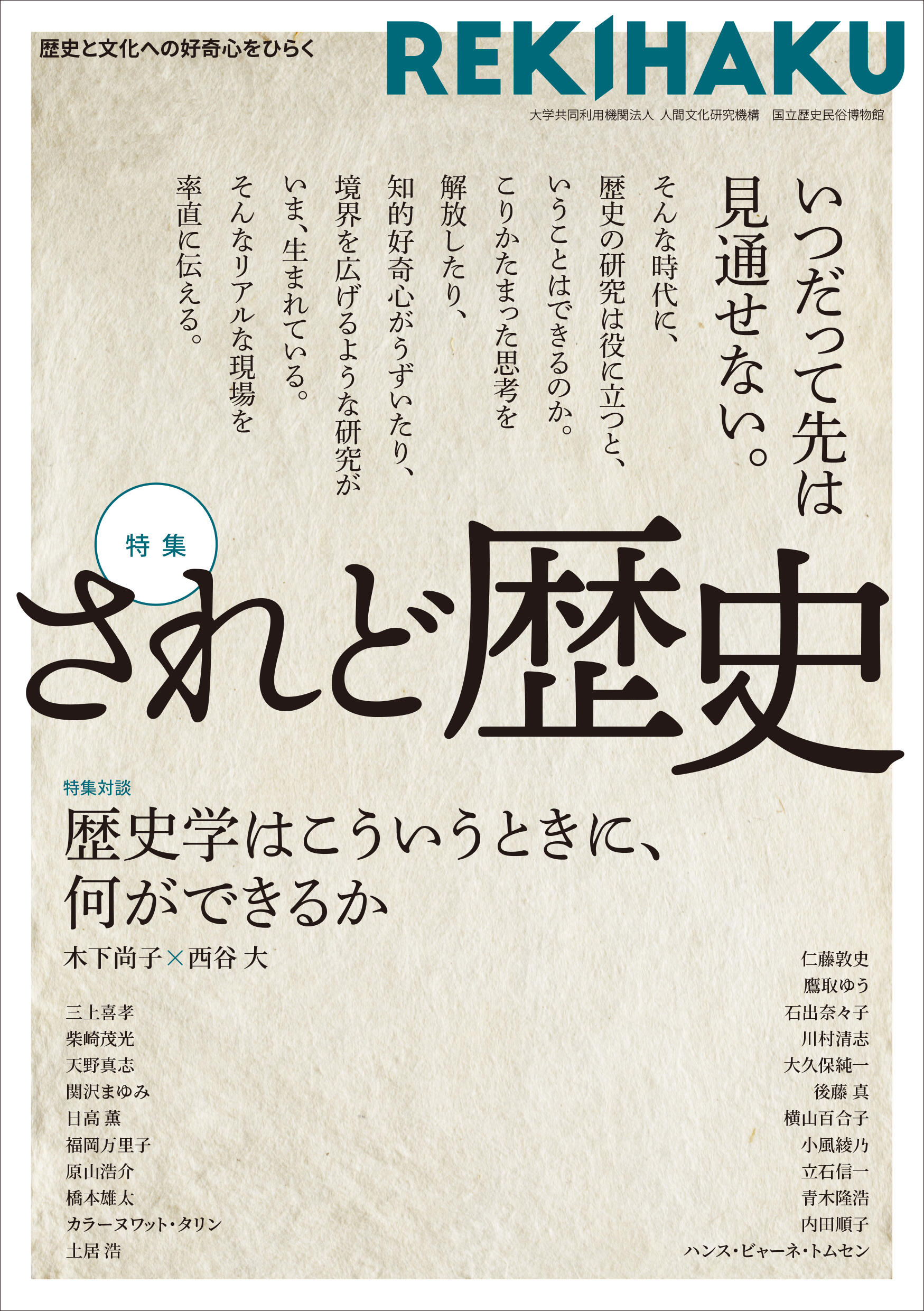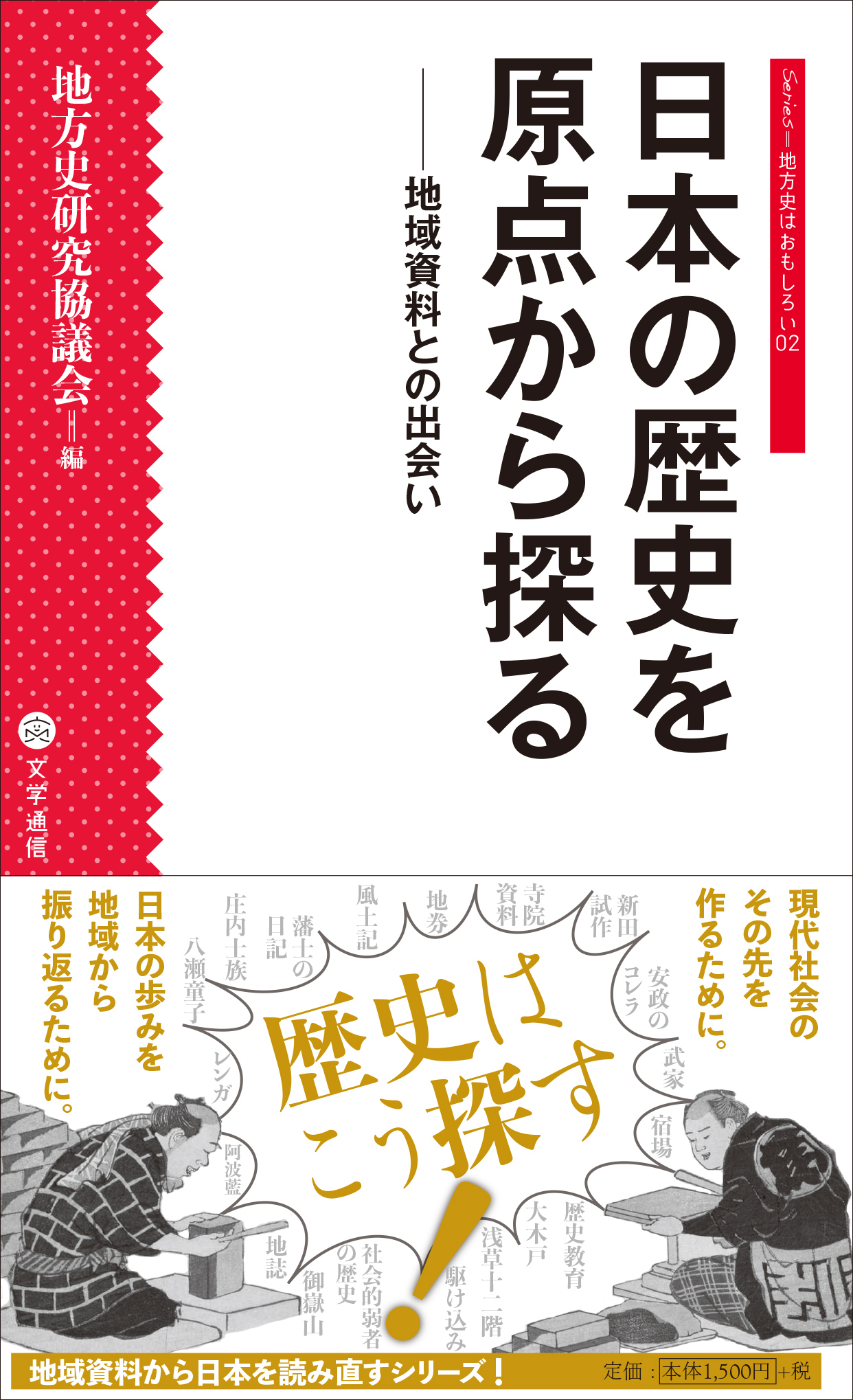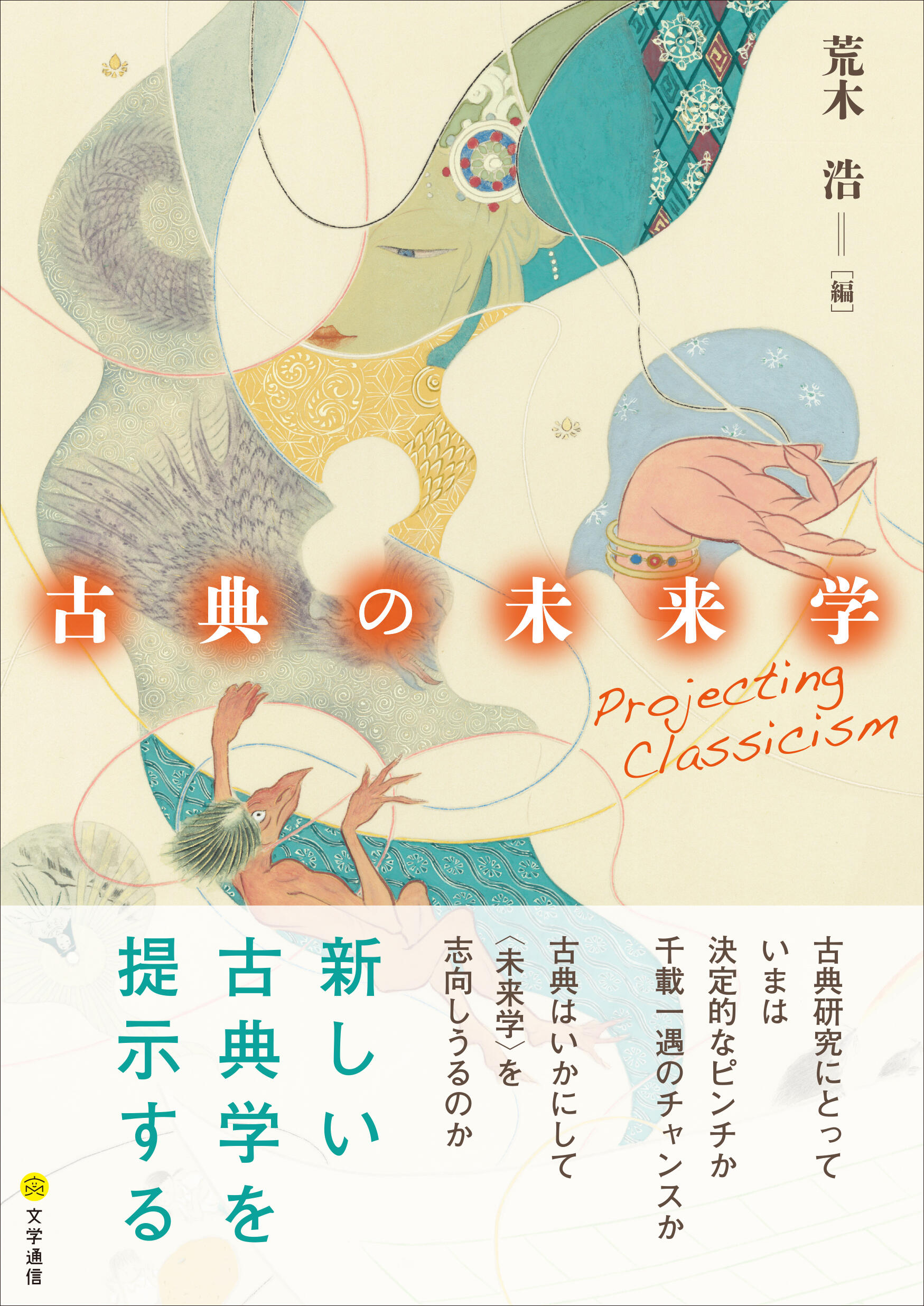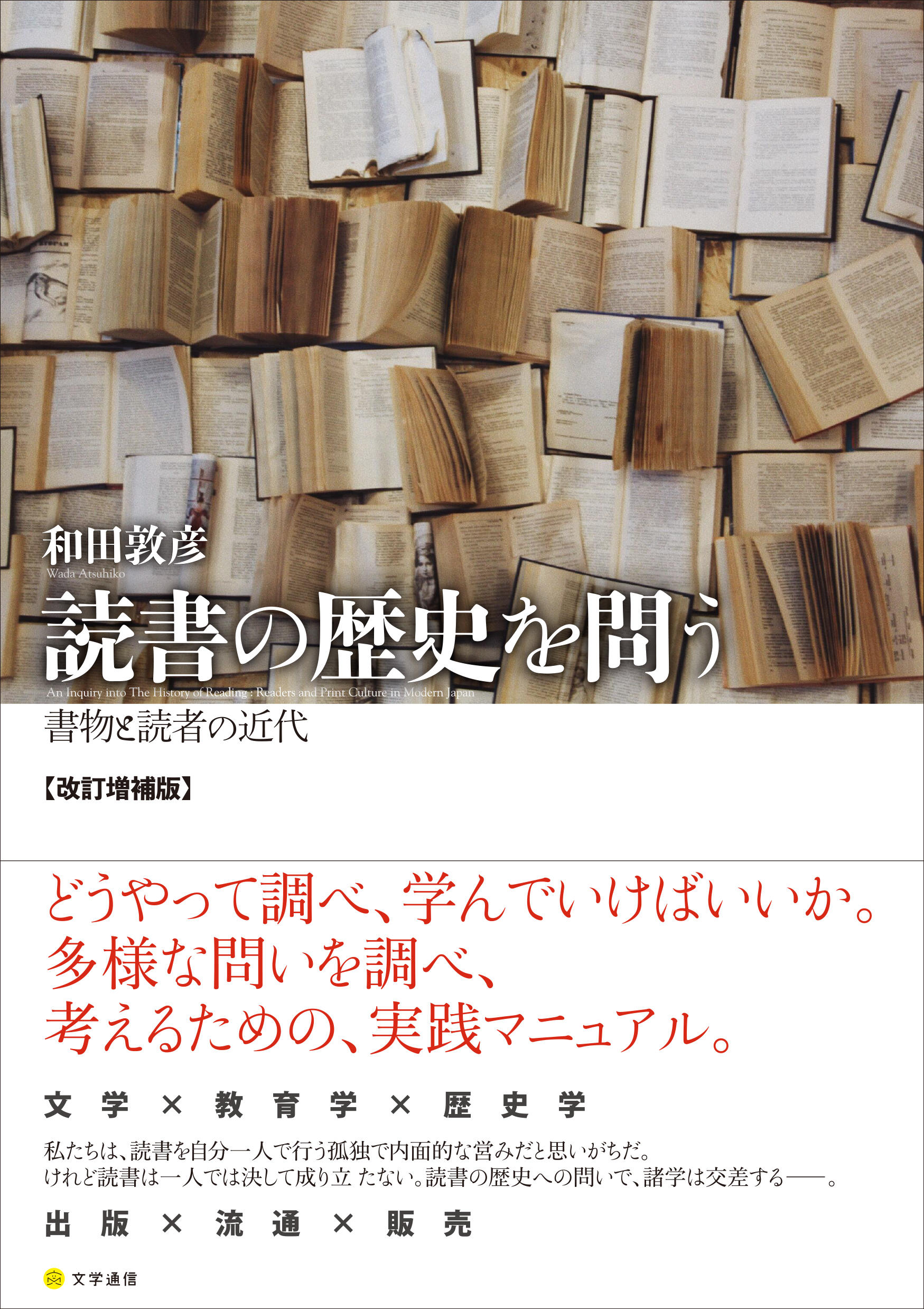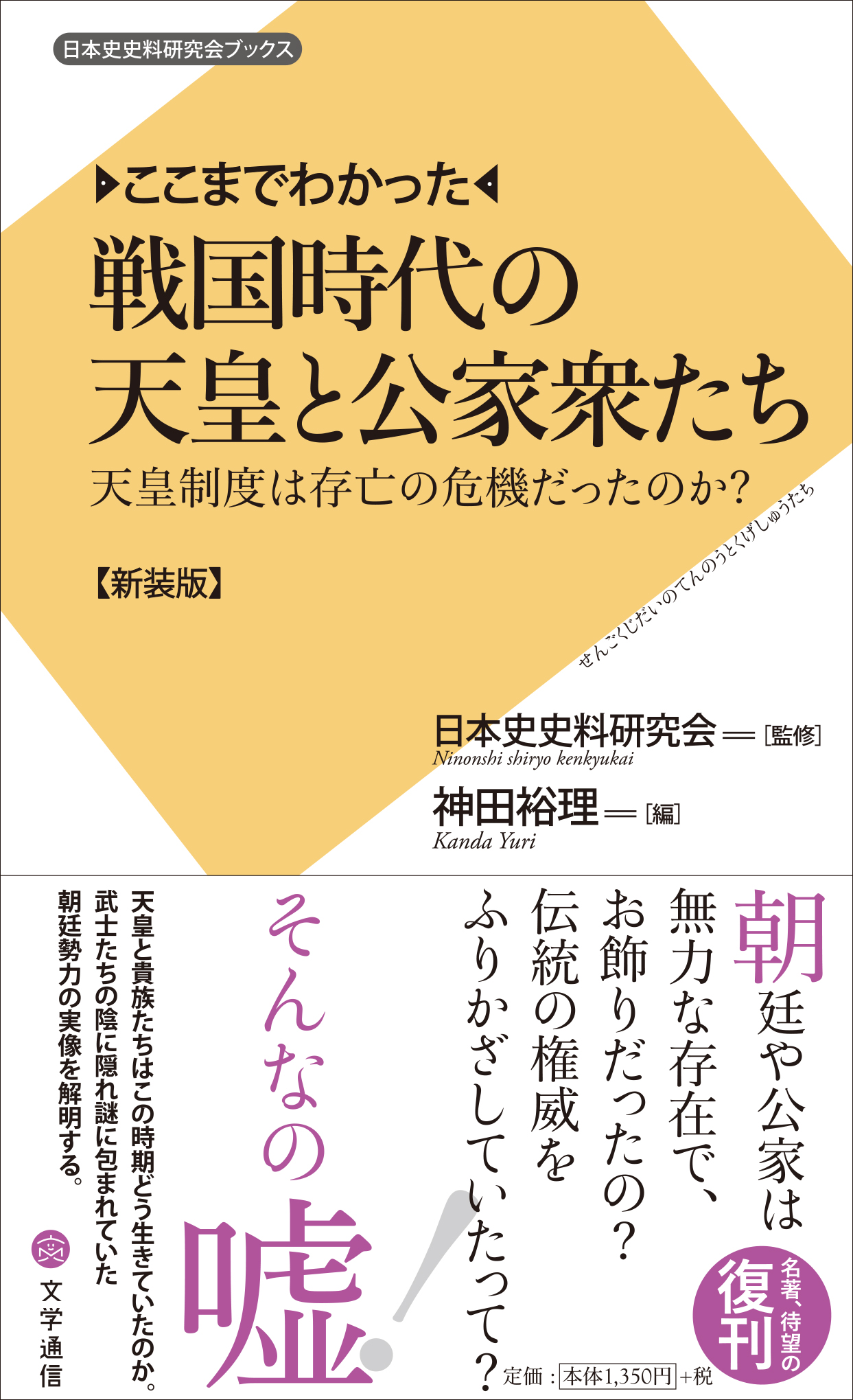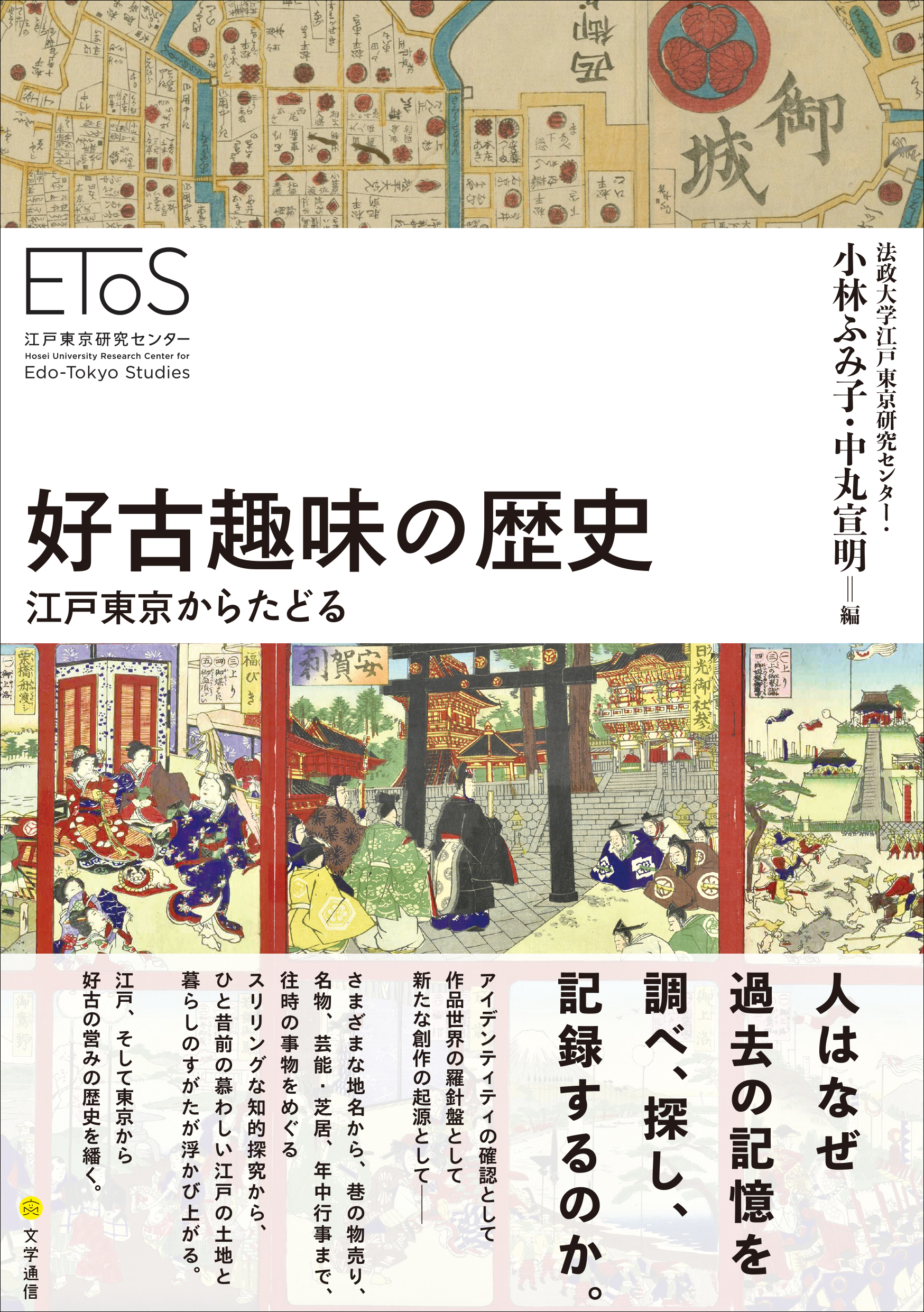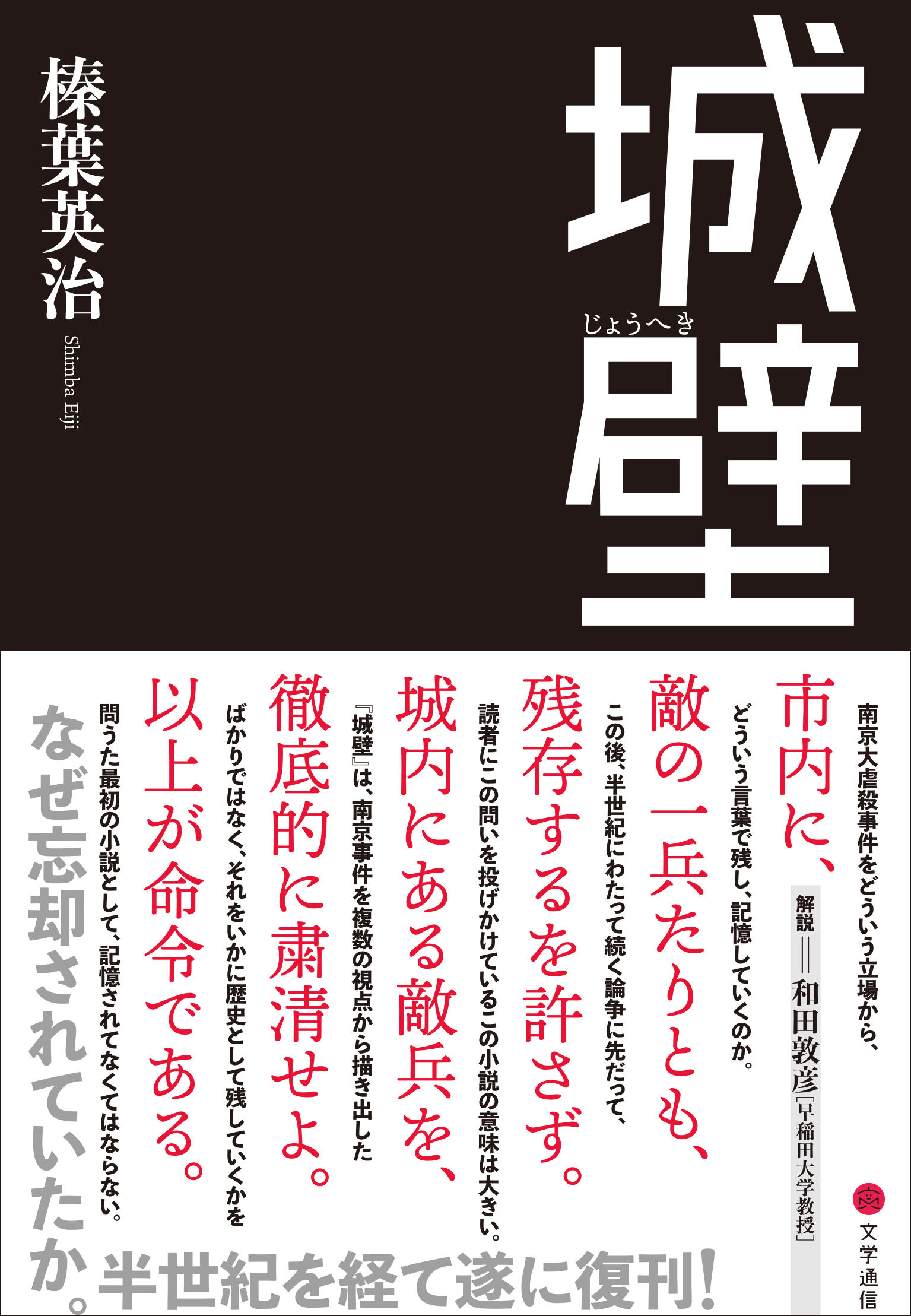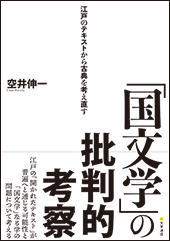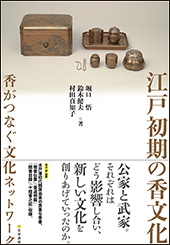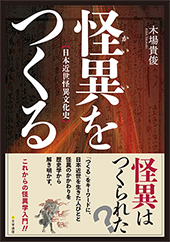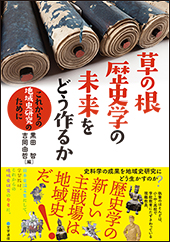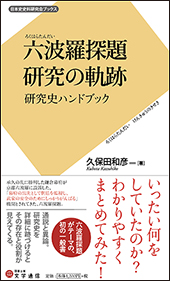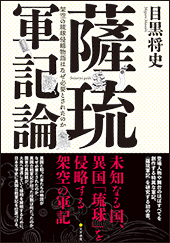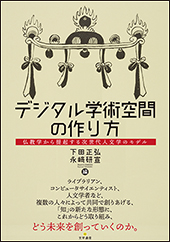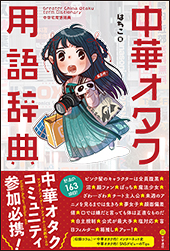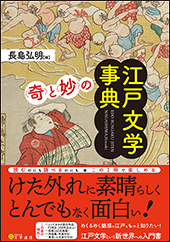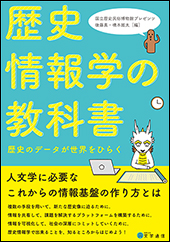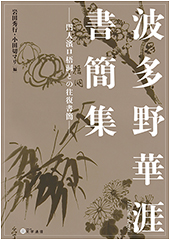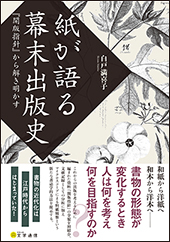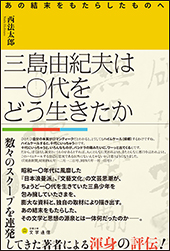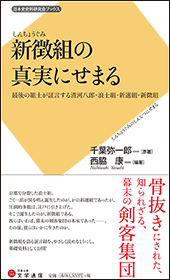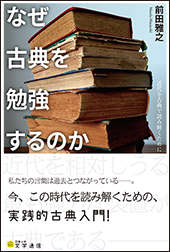Chapter 7 Rescue Simulation: Action Plan / YAMAUCHI Toshiaki (Kyushu University of Health and Welfare)
Download PDF
Chapter 7
Rescue Simulation: Action Plan
YAMAUCHI Toshiaki (Kyushu University of Health and Welfare)
Introduction
Disasters occur annually across Japan, and the number of damaged cultural properties is endless. Sometimes, disasters directly damage cultural properties, such as destruction or defacement; at other times, facilities storing or containing cultural properties get damaged, even if not directly. In any case, we must rescue the materials as soon as possible. The risk of loss or damage if left unattended during a disaster is high; thus, it is necessary to move them to a relatively safe location at some point after a disaster occurs. It is essential here for the people who are to take on the rescue in a certain area to know when they should perform the work and what kind of personnel and equipment preparations are necessary.
Modern administrative policies include regional disaster prevention plans as well as other plans and manuals addressing various natural disaster risks, and administrators modify them according to the situation--for example, "hazard maps" created from the perspective of damage forecast and disaster risk reduction; "evacuation planning" establishing evacuation actions such as identifying evacuation routes and sites; an "evacuation shelter management guidebook/manual" defining the process from preparation to closure of the shelters; "disaster waste disposal plans" for the disposal of waste generated during a disaster; and a "memorabilia handling manual" aiming to return the victims' cherished possessions to them instead of disposing as waste. These have been developed to examine many issues that have arisen in past disasters and to make it possible to respond to similar situations in the future.
In the field of museum and cultural property protection, in some cases, actions in a disaster are still limited to confirming the condition of designated cultural properties; in other cases, a BCP (Business Continuity Plan) is unavailable, partly due to the limited number of staff responsible for disaster management. Although municipalities that have experienced major disasters usually have manuals, handbooks, guidelines, and the like in place in preparation for high risks in various areas of their administrative measures, they must also anticipate cases where the staff will not pass on know-how due to a change in personnel over time and other similar situations.
Hence, it is vital to continuously build and examine operational plans for disaster preparation in museums and cultural property protection. In this chapter, we examine activities that aim to establish disaster prevention and risk reduction management in municipalities, particularly at the city, town, or village levels, and to build consensus among related institutions, such as municipalities and private organizations, through simulations related to materials rescue in anticipation of a disaster.
1. Disaster Preparation Simulation
The plans and manuals prepared for a disaster often may not be followed exactly as described when a disaster occurs. However, the only way to react is, even if not perfect, through the process of exploring and developing the best possible actions by assuming possible conditions. This is why local governments responsible for disaster management activities, schools and companies that have long continued disaster prevention education, and community disaster prevention organizations develop such manuals.
It is necessary for us to "prepare", even in positions involved in the preservation of museums and cultural properties (both government and private).
The Aichi Prefectural Museum of Art holds "simulation meetings" for practical responses to expected situations in a disaster, and they repeatedly revise the response policyNotes1.
The Kanagawa Prefecture Museum Association holds "Comprehensive Disaster Prevention Planning Activities" every year; these include remote information transmission drills to consolidate information in multiple block units within Kanagawa, and they set other conditions, such as the establishment of a system to enable backups if the pre-determined representative museum suffer from an accidentNotes2. In addition, they established a system to ensure that the staff can pass on know-how through continuous disaster prevention training, changing the personnel in charge.
In addition to museums, the administration of cultural property protection has widely started similar practices with the release of the "Cultural Property Preservation and Utilization Guidelines" in each prefecture. In fact, Gunma Prefecture has a section in its [Cultural Properties Disaster Prevention Guidelines] entitled "Disaster Preparedness Efforts: Creating a Disaster Prevention Plan" that states to "create a timeline in a disaster." The timeline is formulated by the Ministry of Land, Infrastructure, Transport, and Tourism and other ministries as a disaster prevention action plan related to disaster prevention and risk reduction actionsNotes3, but Gunma Prefecture encourages cultural property owners and management organizations to formulate own timelines based on the flowchart, like My Timeline, an action plan for each resident.
In Kagoshima Prefecture, "Disaster Prevention, Crime Prevention, and Disaster Response" in its [Cultural Property Preservation and Utilization Guidelines] includes a section entitled "Providing Information in Online Workshops on Learning Skills and Knowledge for Materials Rescue in the Event of Flood Damage." They have held many workshops on disaster prevention of cultural properties and handling materials damaged by disasters. Now that the world is online, holding these workshops between remote locations has become more common.
Cities, towns, and villages that are directly involved in disasters need to ponder certain issues in recent years when dealing with disaster response for cultural properties, such as the possible inability to pass on knowledge and skills due to workforce shortages and transfers, including generational changes, caused by staff reduction and declining staff ratio. Sometimes, small municipalities cannot fill professional staff positions and instead assign their relevant tasks to the general administrative staff. Concerns arise about the decline of professional work not only in disaster response but also in museums and cultural property protection. Coordination in a wide regional area among municipalities and with private organizations such as Shiryo-Networks and Heritage Manager is also essential. Although, in many cases, municipalities take charge of both museums and cultural property protection, the conditions for rescue activities are different for museums, which are specified public facilities, and for cultural properties, which are widely distributed throughout the local community; thus, individual response for each case is necessary. Moreover, local history research groups are shrinking due to the ageing population, and schoolteachers have become increasingly busy and are more frequently transferred, which makes it difficult for them to deal with local materials; therefore, we need to develop and nurture new citizen volunteers who can help in the local scene.
In this sense, we must explore various activities for rescuing cultural properties and materials during disasters-- "protection of cultural properties" in general-- to build consensus among government officials and the groups involved in such activities.
Thus, the Miyazaki/Kagoshima Shiryo Networks hold DIG (Disaster Imagination Game), a simulation training that anticipates disaster, as a workshop for understanding the know-how of information, personnel, and equipment that changes on a timeline, the maintenance of facilities for evacuation of materials, coordination with external organizations, and safety management, in anticipation of the materials rescue in museum and cultural property protection [Fig. DIG of materials rescue in a disaster]. We originally designed this as an operational training exercise for coordination among local Shiryo-Networks, where labor-force shortages are common. However, in checking with persons in charge in municipalities from preparation to implementation and assessment, we found it easy for all parties concerned to grasp, understand, and share the necessary systems and issues in a disaster in the municipalities in question. Participants have confirmed their understanding of the "lack of preparation for disasters" and the "importance of cooperation from diverse standpoints," and they have identified issues connected to manageing cultural properties in a disaster.
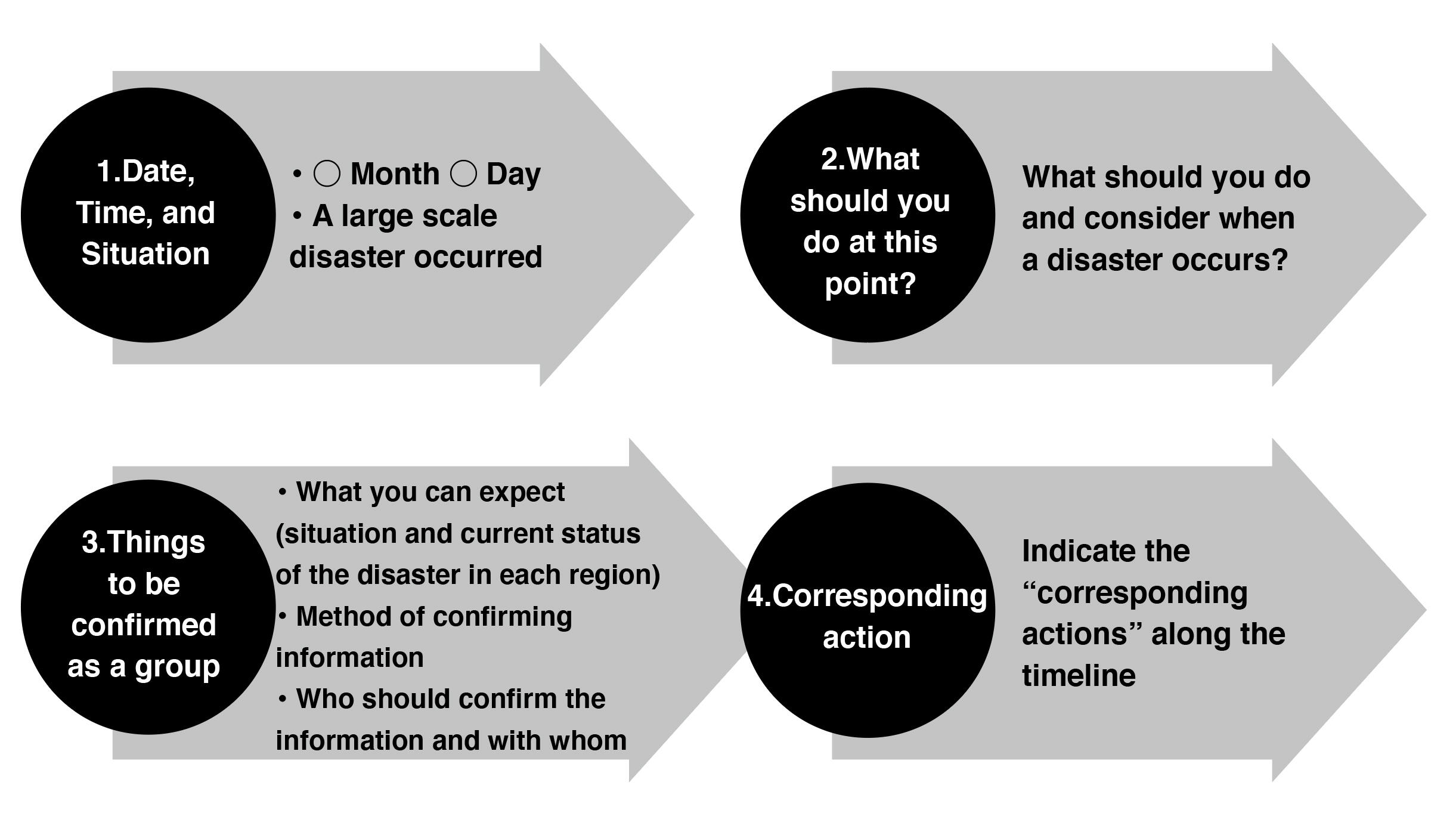
Fig.
1.1. Attempting DIG
DIG was initially developed by the (then) Defense Agency's National Institute for Defense Studies and Mie Prefecture in 1997 as a simulation of a municipality in a disaster, based on a command post exercise conducted by the Self-Defense ForcesNotes4.
The objective is to prepare for disasters by examining methods of responding to one at a certain point in time and according to ever-changing situations. It has a wide range of applications, and currently, they often implement disaster prevention training for municipalities, volunteer groups, and other civic organizations all over Japan. The authors have applied this program to cultural property rescue with the advice of meteorologists and disaster prevention experts and have improved the program. Although we started it to confirm and strengthen the cooperative relationship between the two neighbouring prefectures of Miyazaki and Kagoshima in southern Kyushu in a disaster, we have extended it to municipalities protecting cultural properties, museum curators, lifelong learning institution staff.
Our DIG consists of three major phases:
1.2. Preparation
In the preparation phase, we decide the workshop's purpose, implementation timing, target, and the type of disaster targeted and prepare accordingly. Our workshop's mission is simple: "to transport materials from the disaster-stricken area to a safe place," we can change this to any other mission. It would be more effective to plan the timing of the workshop based on the season when weather disasters are most likely to occur and when earthquakes and tsunamis have occurred in the past.
The setting assumes the largest disaster that has ever occurred in the target municipality or region. Participants should, of course, use hazard maps and other topographic maps as references, but to establish a timeline, they must understand the progress on the disaster's time axis [Table]. In the case of weather disasters and earthquakes, the Japan Meteorological Agency discloses the chronology of the disaster since its occurrence. Information related to the maintenance of class A rivers is available at each region's river and national highway office affiliated with the Regional Development Bureau of the MLIT, where we can check the location of past disasters, records of rising water levels, and direct causes of disasters. Moreover, it is beneficial to read municipality magazines and disaster record magazines (if published) as resources for municipality information. With the cooperation of the crisis management division, these magazines can provide information on timelines documenting the municipality's response to disasters. Municipalities have fewer records of disasters from older periods, such as the Showa period (1926-1989), but we can utilize information from public information in the past and newspapers of that time. However, regarding a Nankai Trough earthquake, records that meet modern standards are limited; we need to pay attention to writing scenarios. Although records can help us understand not only the occurrence of disasters but also how municipalities and communities responded to them, when setting up a timeline as a scenario, since old disaster responses are different from the modern administrative countermeasures, we should modify the contents in the light of the current situation, even if only partially.
We examine a material rescue system along with the timeline. This includes checking the location of materials at high risk of being damaged, securing human resources, establishing a communication system, and setting up temporary storage after transportation. At this stage, we reaffirm the extent to which the relevant local material rescue system is organized. In particular, after the Great Heisei Mergers, even in the same municipality today, differences remain in the sense of land and understanding of the local communities, such as between the main office and branches of the former municipality, and we are often reminded of the need to confirm the conditions related to the materials rescue.
Table Rescue timeline of materials based on past typhoon disasters
(from a case study in Takanabe Town, Miyazaki Prefecture)

1.3. Implementation
The reasonable number of participants in the workshop would be 4-7 per group. Groups unfamiliar with the workshop may not know the procedure, in which case, a table facilitatorNotes5 can facilitate the process.
The organizers prepare a map of the target area (enlarged to A1 size), a hazard map (about A3 size), records of past disasters, pens (water-based and oil-based fine-point ones that can write clear letters), sticky notes (square, preferably with solid adhesive, at least two colours), thick mounting paper (A3 size) to attach sticky notes printed (see below), transparent sheets for writing (writing sheets or a whiteboard), a projector, and a PC. The projector projects the timeline created with PowerPoint on one side of the screen and a hazard map (MLIT's "overlapping hazard map" is helpful but needs a network connection) with targeted points on the other. Desks are arranged, and the enlarged map, hazard map, and sticky notes are placed on top. Having a transparent sheet to write on overlaid on the map is functional. Moreover, the timeline should be tabulated and distributed to each table for easy reconfirmation of the participants.
Along with the primary facilitator who oversees the entire process, having an expert in conservation science or conservation and restoration as an advisor can provide a broader knowledge of material preservation and more persuasive explanations. At this time, the organizers should be ready to present helmets, masks (DS2/N95 or their equivalent), dust-proof glasses, and nitrile gloves, which will be required during the rescue.
The primary facilitator explains the workshop's content and develops scenarios according to the timeline. In addition to confirming the situation during the disaster, the damage and response, and the restoration status of the affected areas and roads, the facilitator states that materials were damaged and need to be rescued; moreover, they talk about the process from preparation for implementation and the actual rescue of materials to moving them out and setting them in a temporary storage area.
The organizers ask questions now, and the authors have chosen the following three questions.
Question 1: What should you implement when confirming the situation and communicating information?
What should you prepare and expect during this period?
Question 2: What should you do when travelling to the site and after arriving?
Question 3: What do you need during record keeping?
What should you do when the work ends, during transportation and storage?
In this way, we ask participants to examine the "actions they should take, their response behaviours," to describe them on the sticky notes, and then paste them onto the A3-sized questionnaire [Photo.1: Ideas written on sticky notes are pasted onto the mount]. We can modify the questions if necessary. For each question, participants have 15 minutes to think and write down their ideas on a sticky note; during this time, they must write one text per sticky note as, if they list multiple items on one, it will be difficult to classify them later. Each participant is responsible for writing on a sticky note. Next, they classify these sticky notes as a group according to their contents and place them back on the mount. Through this activity, they exchange opinions and reconfirm their ideas. After the prescribed 15 minutes, the advisor explains each question. If an expert in conservation science is not available, the primary facilitator explains; however, it would be best to obtain advice from an expert beforehand in this case as well. During the explanation, it should be noted that no "right answers" exist and that presenting diverse ideas is the goal.
Photo.1
After completing the timeline, each group makes a presentation; this allows participants to reflect on the workshop and consolidate what they have learned. The time required to reach this point is approximately 2.5-3 hours from the start, with breaks in between. We can hold such programs online; in these cases, it would be practical to use online whiteboards such as "miro." Holding them online allows a broader range of audiences across regional locations to participate.
1.4. Assessment
After the workshop, the organizers ask participants to fill out a questionnaire. They list what they understood through the workshop and what they think should be issued and receive feedback on the results.
Below are some examples of the questions.
・ What did you understand the most from this workshop? Select only one.
The process of materials preservation activities / What preparations are necessary for materials preservation activities, and what preparations you did or did not do/ Knowledge and skills necessary for materials preservation/ The current state of local communities, such as declining population, ageing population, and an increasing number of vacant houses/ The difficulties and importance of collaboration among private organizations (here activities related to materials preservation) and with the government
・ What did you find most confusing about the content of the workshop?
I did not understand the methods to anticipate damage and what information I should collect/ I did not understand the procedures for materials preservation/ I did not understand what equipment and tools are necessary for materials preservation / I did not picture the geographical image in my head because I am unfamiliar with the area/ I did not sense anything particularly difficult.
・ What were you able to sense the most regarding the significance of this workshop? Select up to two from the following eight options.
Protecting cultural properties and museum materials from disasters leads to the maintenance and sustainment of local communities/ Protecting cultural properties and museum materials from disasters leads to preparation for future large-scale disasters/ In many cases, materials are held not only by museums and other institutions but also by individuals, and it is important for the owners and the local communities to protect them/ Cooperation among people in various positions is necessary to preserve a community's history and culture / Collaboration among neighbouring communities is extremely important in a disaster/ To prepare for future disasters, the younger generation should get involved/ Although I could somewhat understand the significance of the activity, in terms of the details of the work or the relevant roles, I did not understand well / I did not understand the significance of the activity or the importance of the various roles at all.
2. Future Development
Municipalities across Japan are formulating the "Regional Plan for the Conservation and Utilization of Cultural Properties," and in many cases, they include the preservation of cultural properties in disasters. Next, although an implementation plan to address this issue is necessary, it is crucial to establish disaster management and disaster prevention in advance, and simulation is a process for establishing such management [Photo.2: Workshop in Takanabe Town, Miyazaki Prefecture]. Moreover, we can improve the simulation mentioned here by adding an activity that involves handling actual disaster-damaged materials after the simulation.
Photo.2
One of the lessons learned from the Great East Japan Earthquake disaster response was the phrase "the only thing that was useful was what had been prepared," and "only being prepared was insufficient."Notes6 We need activities that enable a certain level of reaction to disasters, even if imperfect.
Notes
1 SOEDA Kazuho. "Shumireishon miitingu to bousaikunren [Simulation Meetings and Disaster Drills]", in: Report on "Museums for Everyone," a project to support the creative activities in art and history museums in collaboration with local communities FY2014, "Museums for Everyone" Project Executive Committee, 2015, pp.169-173.
2 Kanagawa Prefectural Museum Association Comprehensive Disaster Management Plan Promotion Committee. "Kanagawa-ken hakubutsukankyokai sogobosaikeikaku katsudohokoku [Kanagawa Prefectural Museum Association Comprehensive Disaster Prevention Plan Activity Report", in: Kanagawa Prefectural Museum Association Bulletin, No, 88, 2017, pp.62-79.
3 The definition of timeline includes the following: "A plan that organizes disaster prevention actions and their implementation entities in chronological order, focusing on the 'when,' 'who,' and 'what' will be done based on the premise that a disaster will occur and on the assumption that disaster prevention-related organizations will work together to anticipate and share the situations that will occur in the event of a disaster." (MLIT Disaster Prevention and Disaster Risk Prevention Headquarters for Water-Related Disasters Working Group for Disaster Prevention Action Plan, Timeline (Disaster Prevention Action Plan) Development and Utilization Guidelines)
4 HIRANO Atsushi. "Saigaikyuuenji ni okeru atarashii borantia no arikata to saigaizuzyoukunren-DIG [New Methods of Volunteerism in Disaster Relief and the Disaster Simulation Training DIG]", in: Modern Firefighting, 36-3, 1998, pp.148-152.
Mie Prefecture Fire and Disaster Prevention Division, Promotion Department. "Shiminkeihatsugata no saigaizuzyoukunren-DIG no gaiyou to kadai [Overview and Issues of Citizen Awareness Disaster Simulation Training DIG]", in: Fire Science and Information, No.63, 2001, pp.44-48.
KOMURA Takashi. "DIG (Disaster Imagination Game)", in: Fire and Disaster Prevention, Fall 2004, 2004, pp.92-102.
5 The types of facilitators are two: floor facilitators who oversee the entire workshop venue, and table facilitators who work together to facilitate small groups ("squads"); in particular, to "create the venue" as well as the "atmosphere" for the workshop is considered the table facilitator's main job. (The Great Hanshin-Awaji Earthquake Memorial Disaster Reduction and Human Renovation Institution, Saigaiboranthia jissen wakushoppu gaido [Disaster Volunteer Practice Workshop Guide], 2006, p.19.
6 The Tohoku Regional Development Bureau, MLIT. Higashinihondaishinsai no jittaiken ni motozuku saigaishodoki shikikokoroe [Disaster Initial Response Command Guidelines Based on Actual Experiences during the Great East Japan Earthquake]. (2013)


